2014 warmest year: California, world set to break records
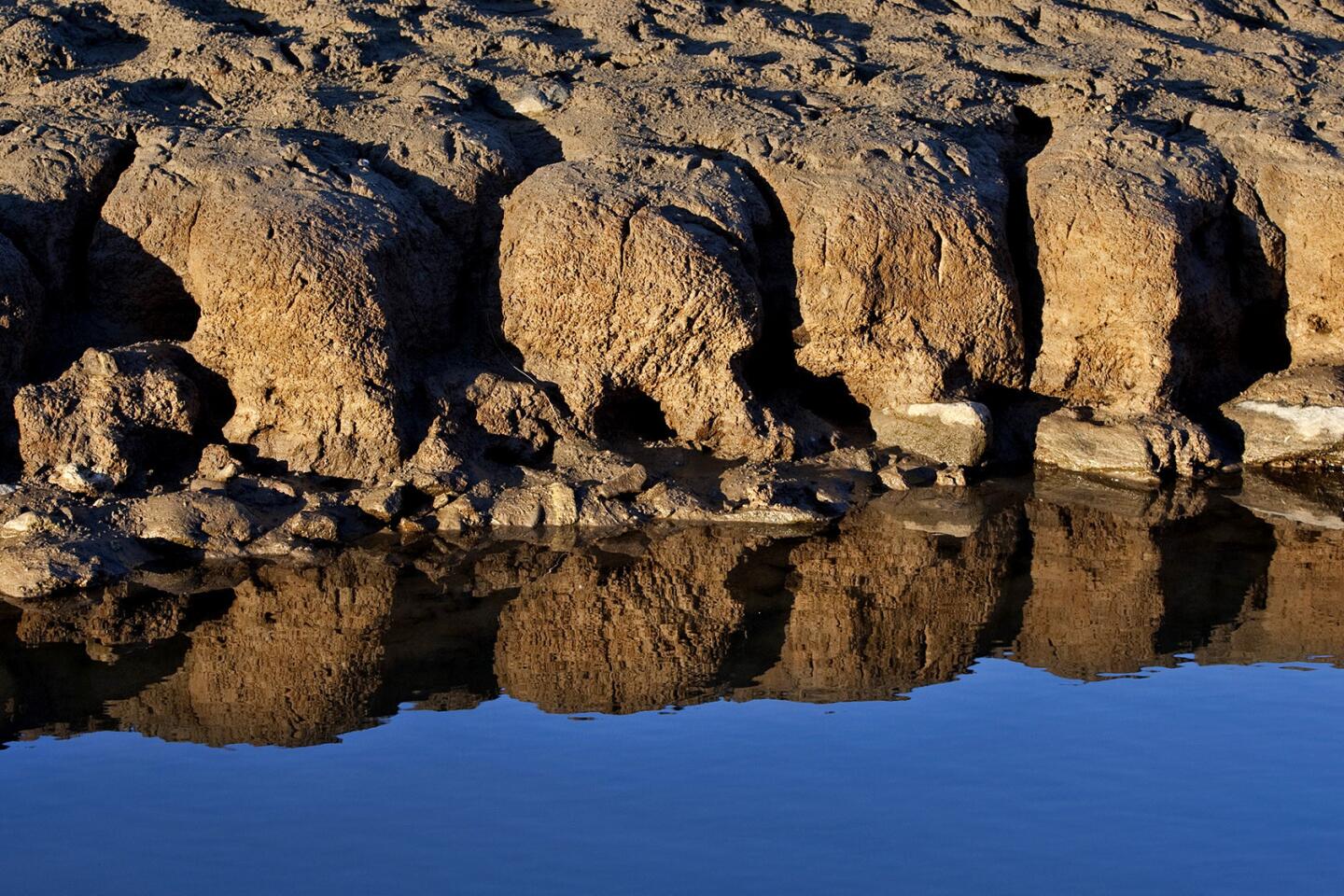


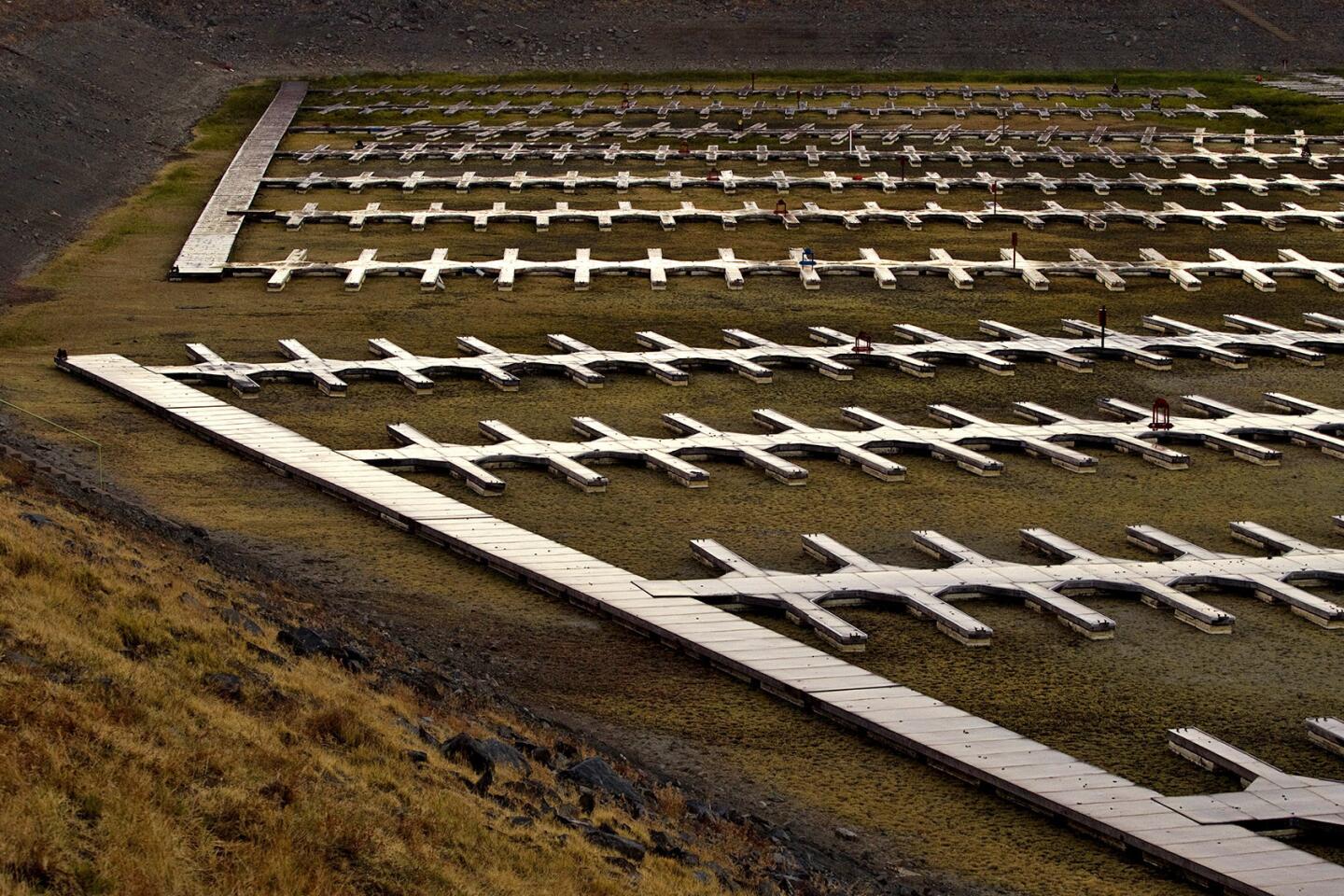
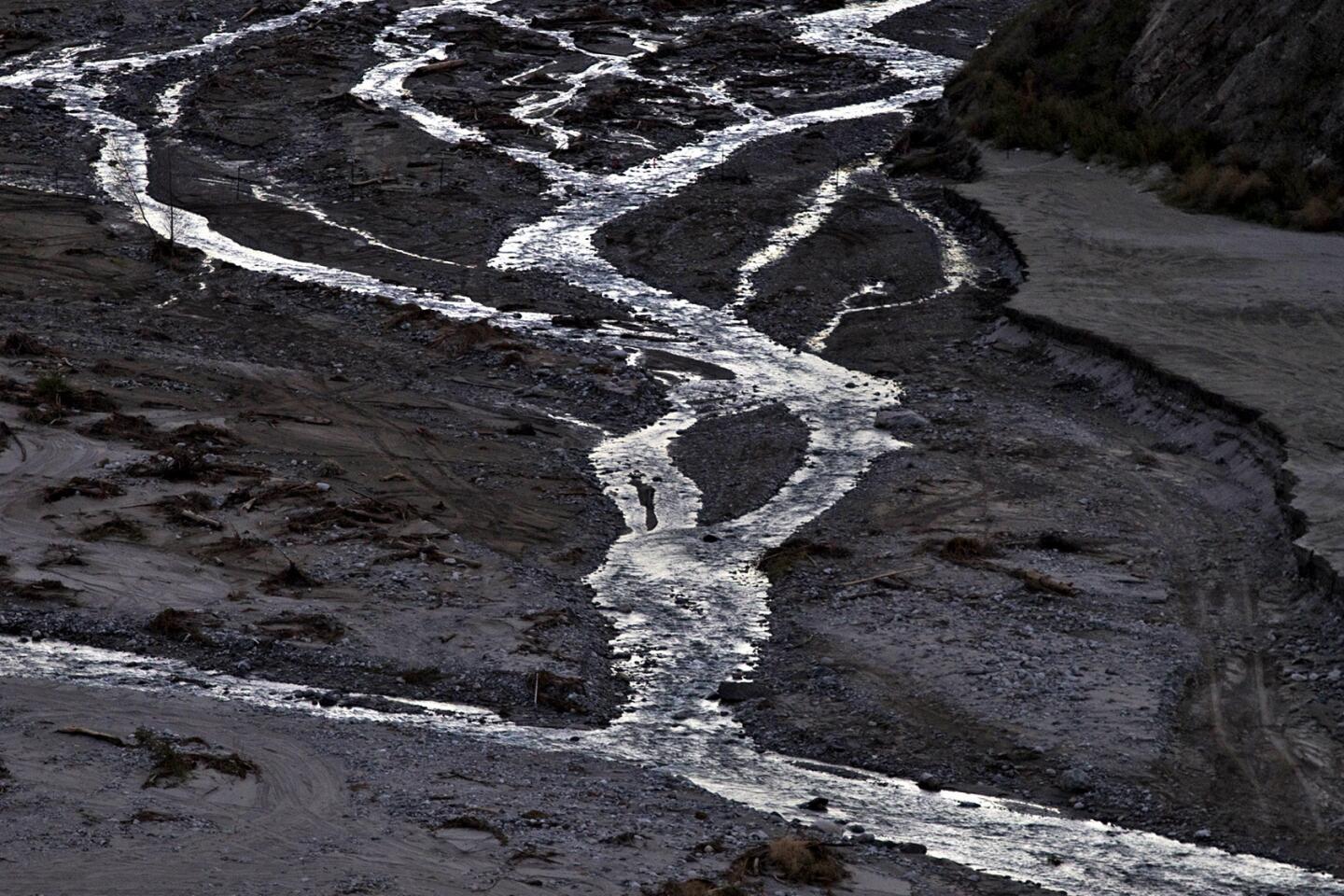
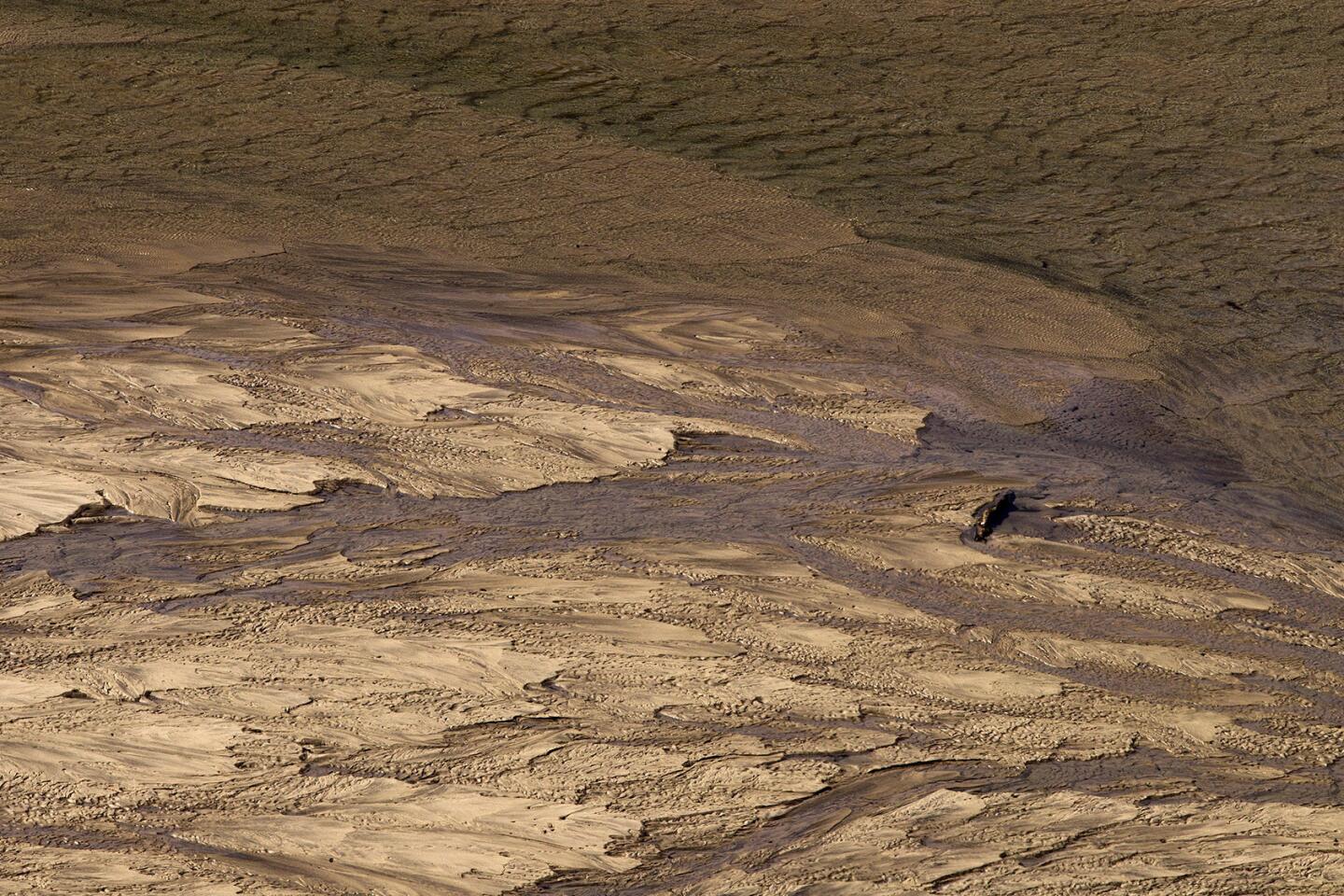
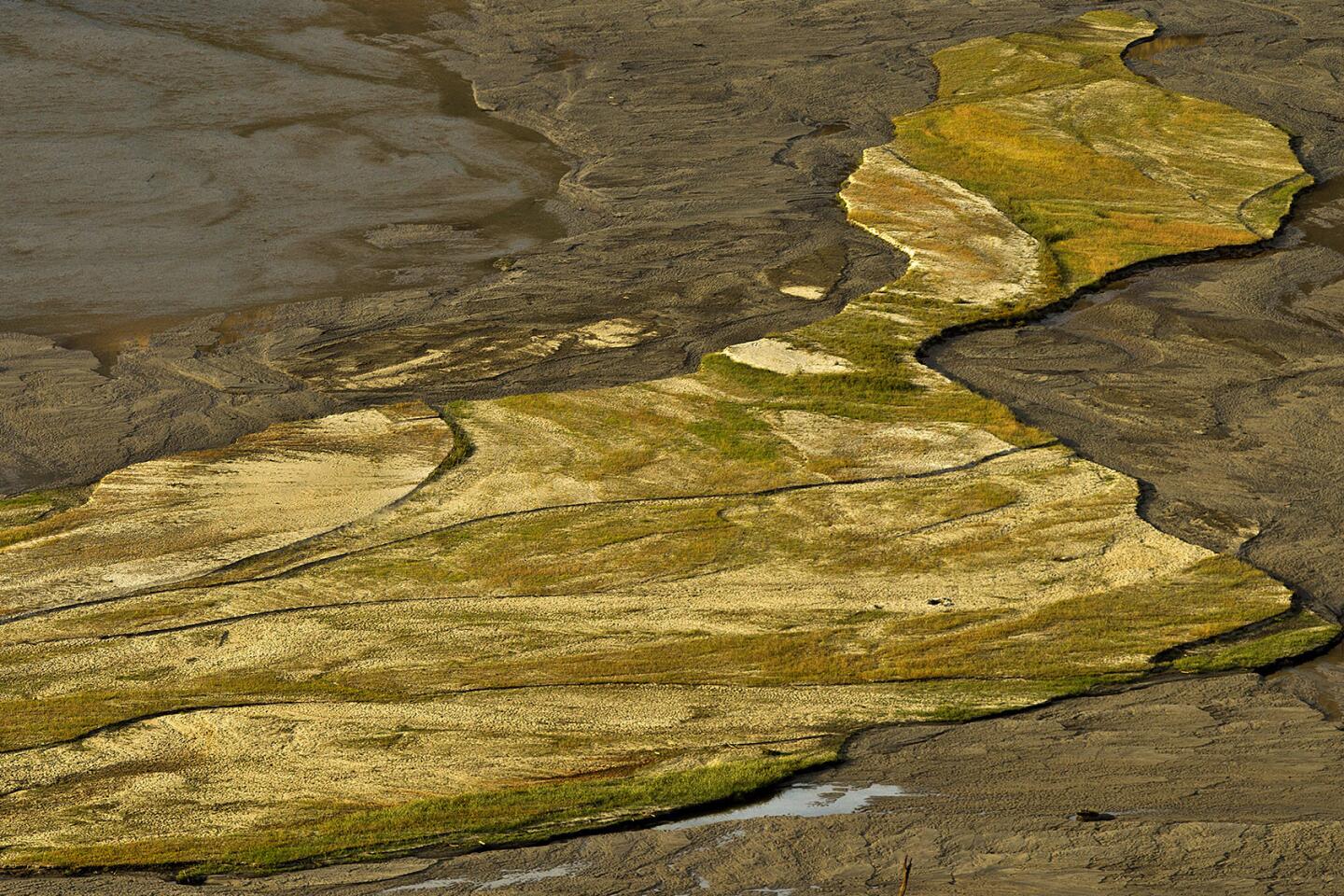
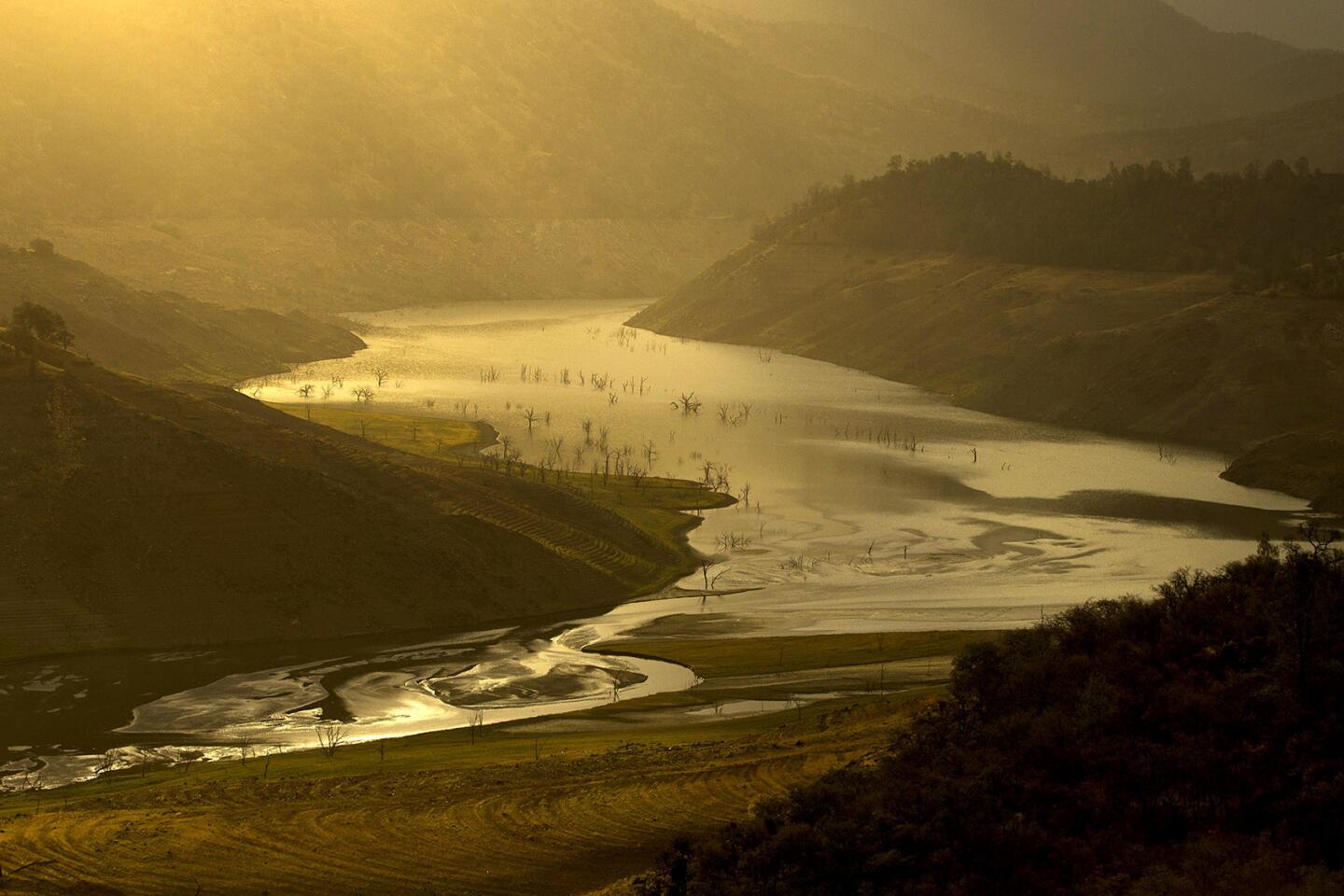
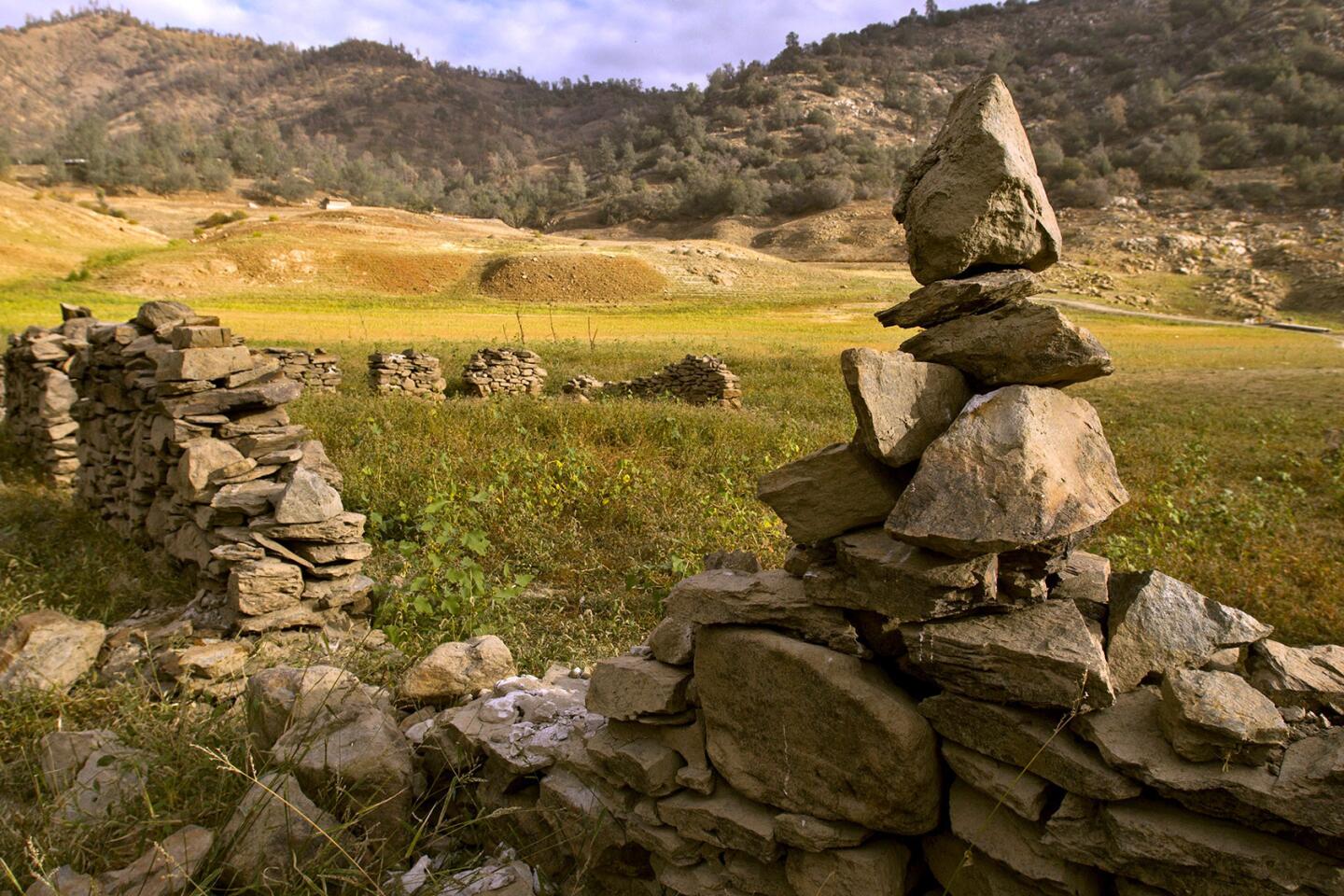
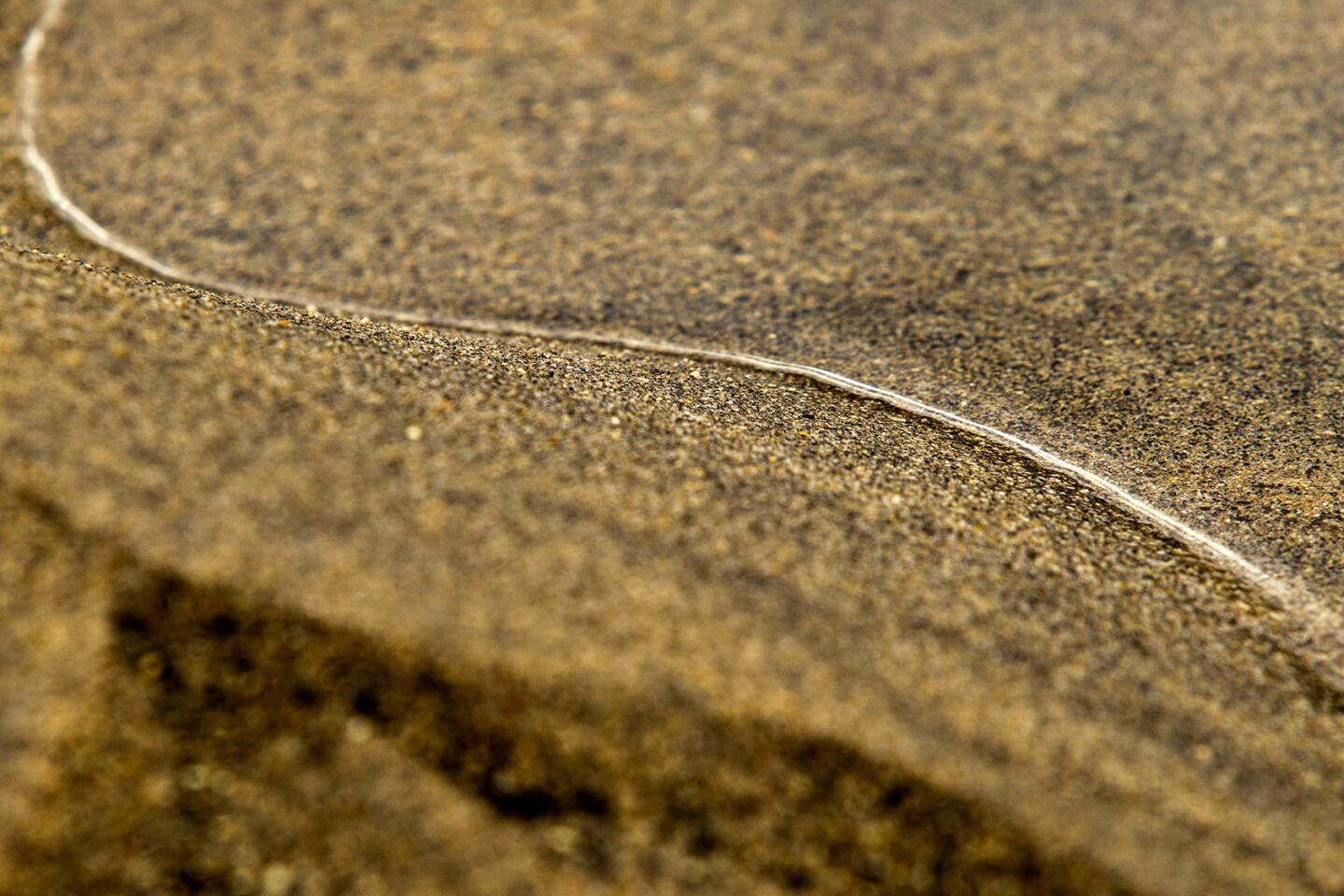
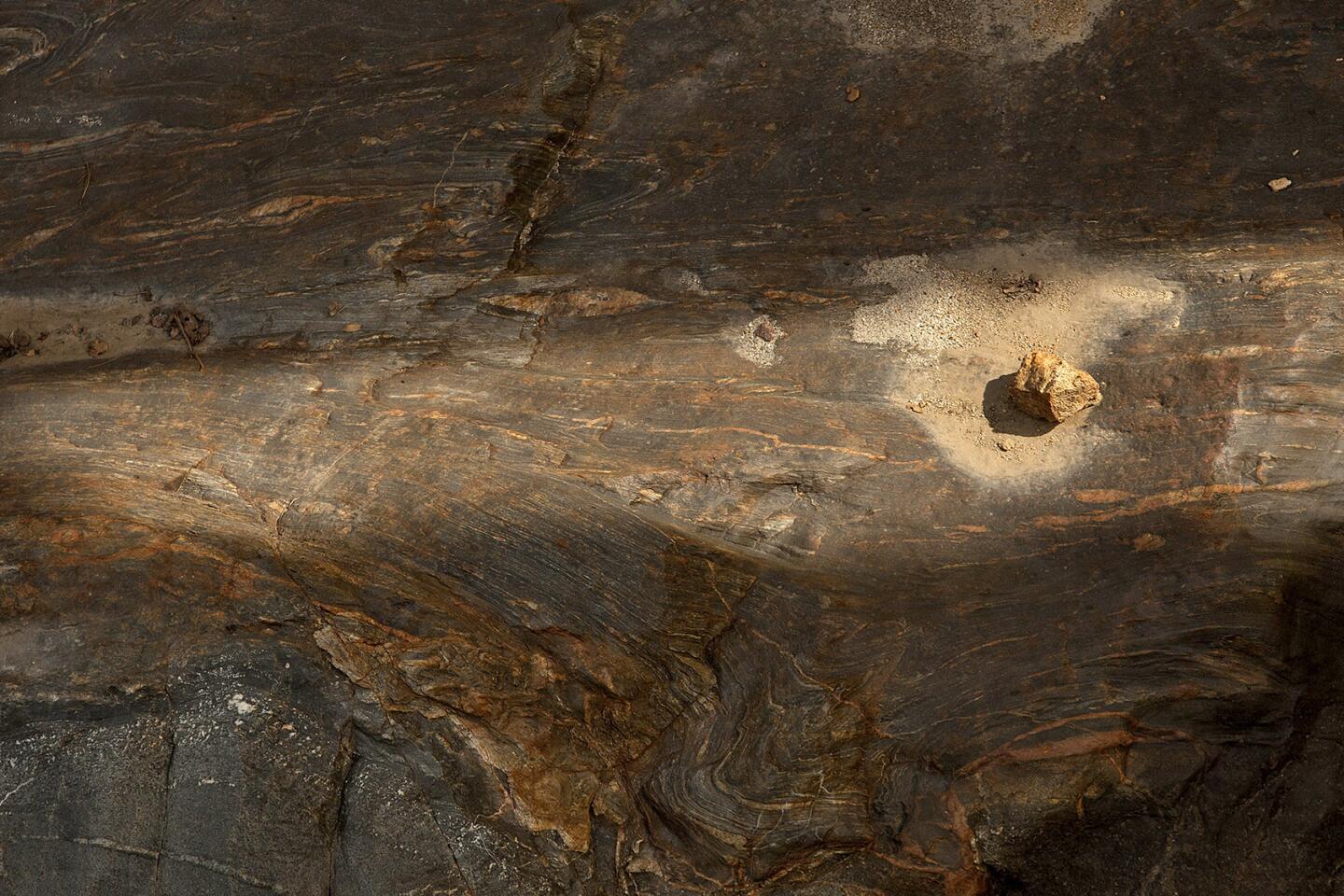
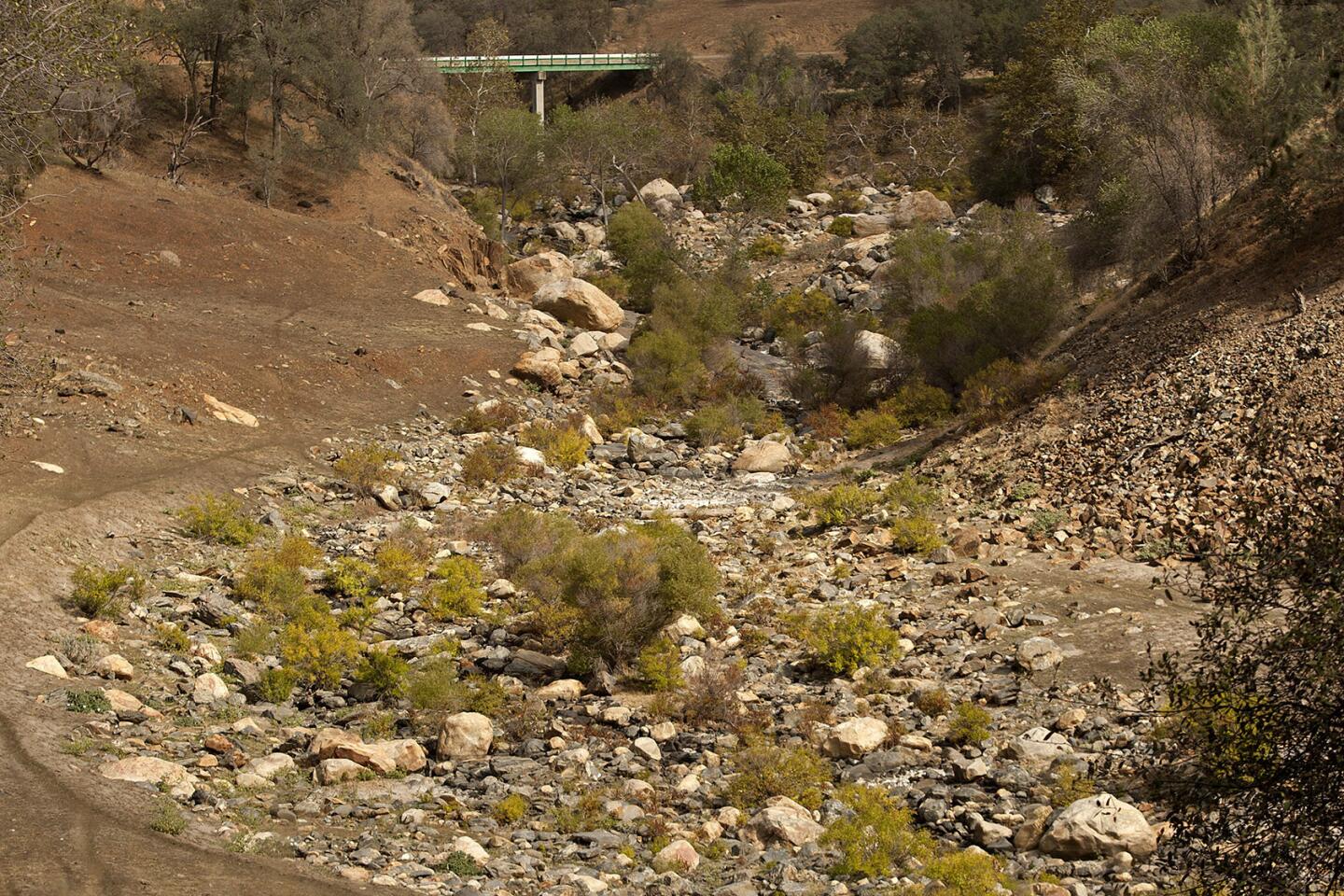
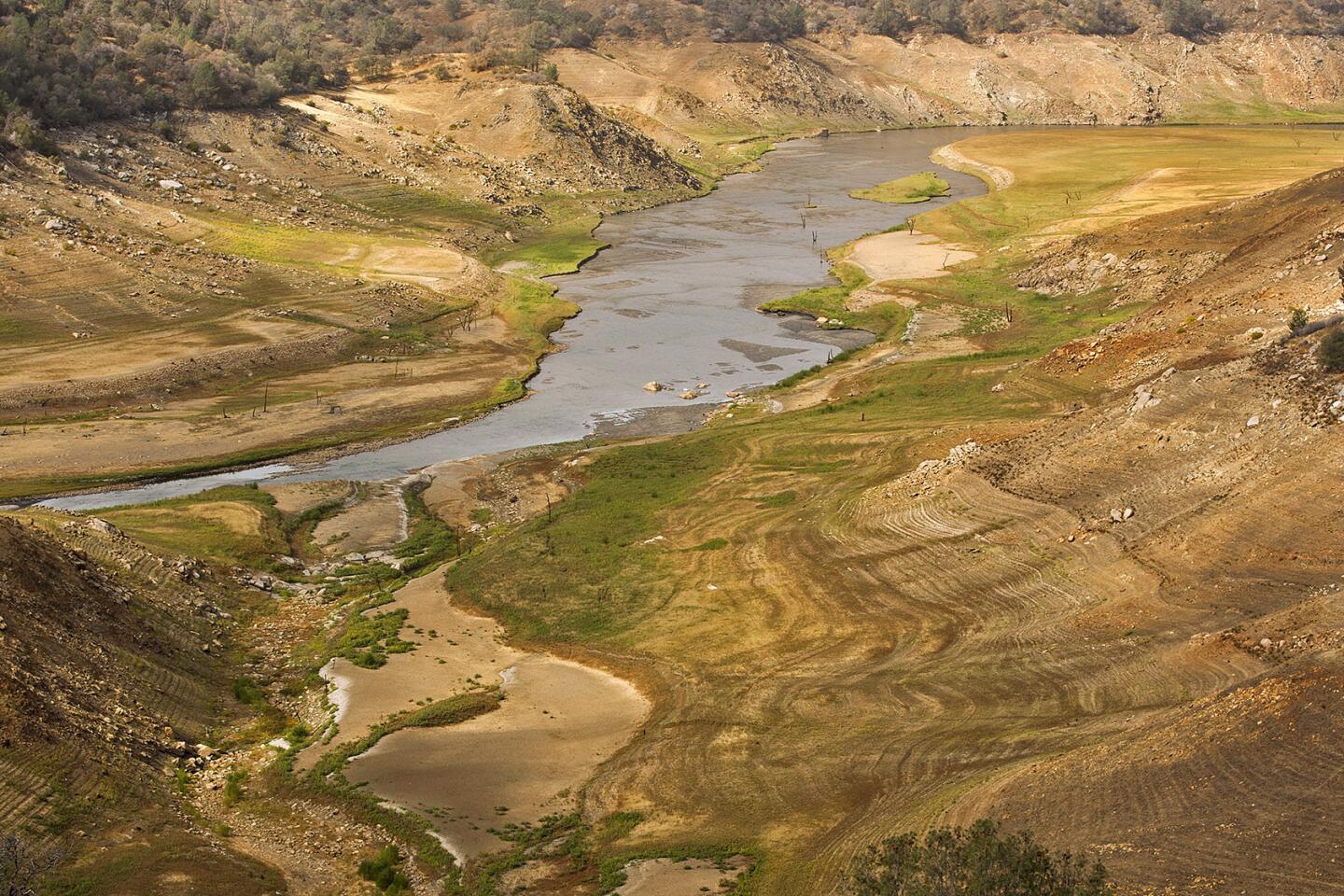
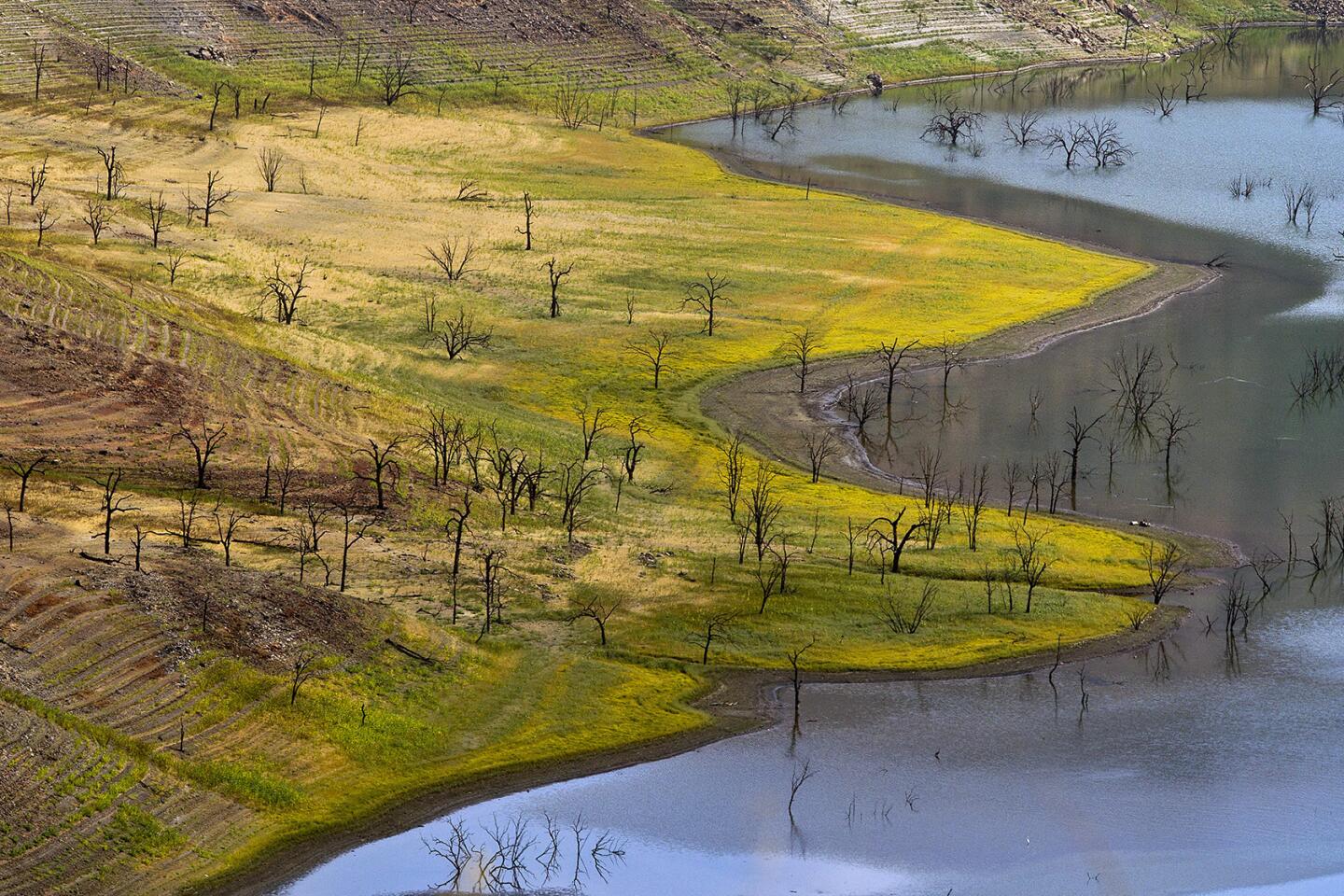


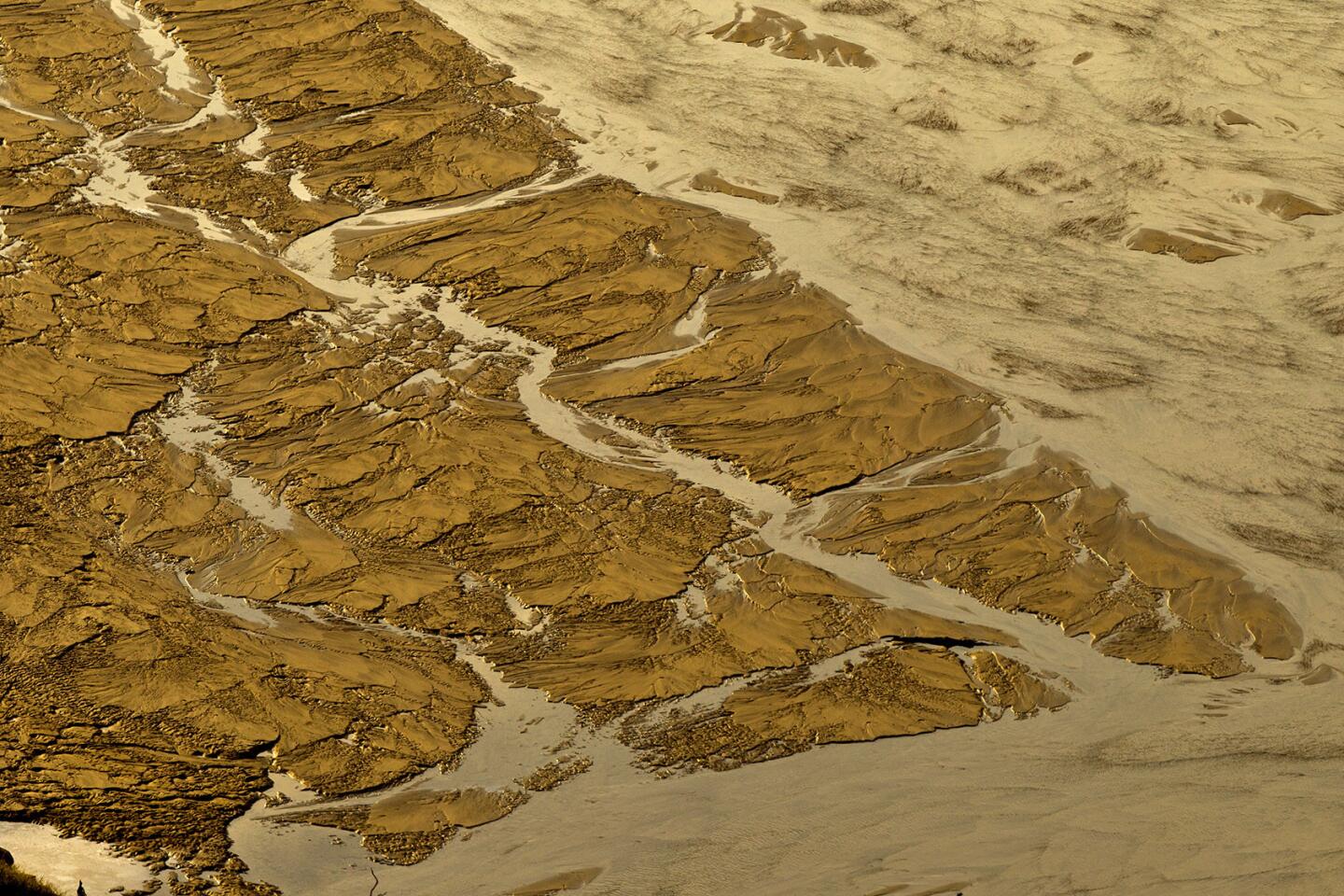
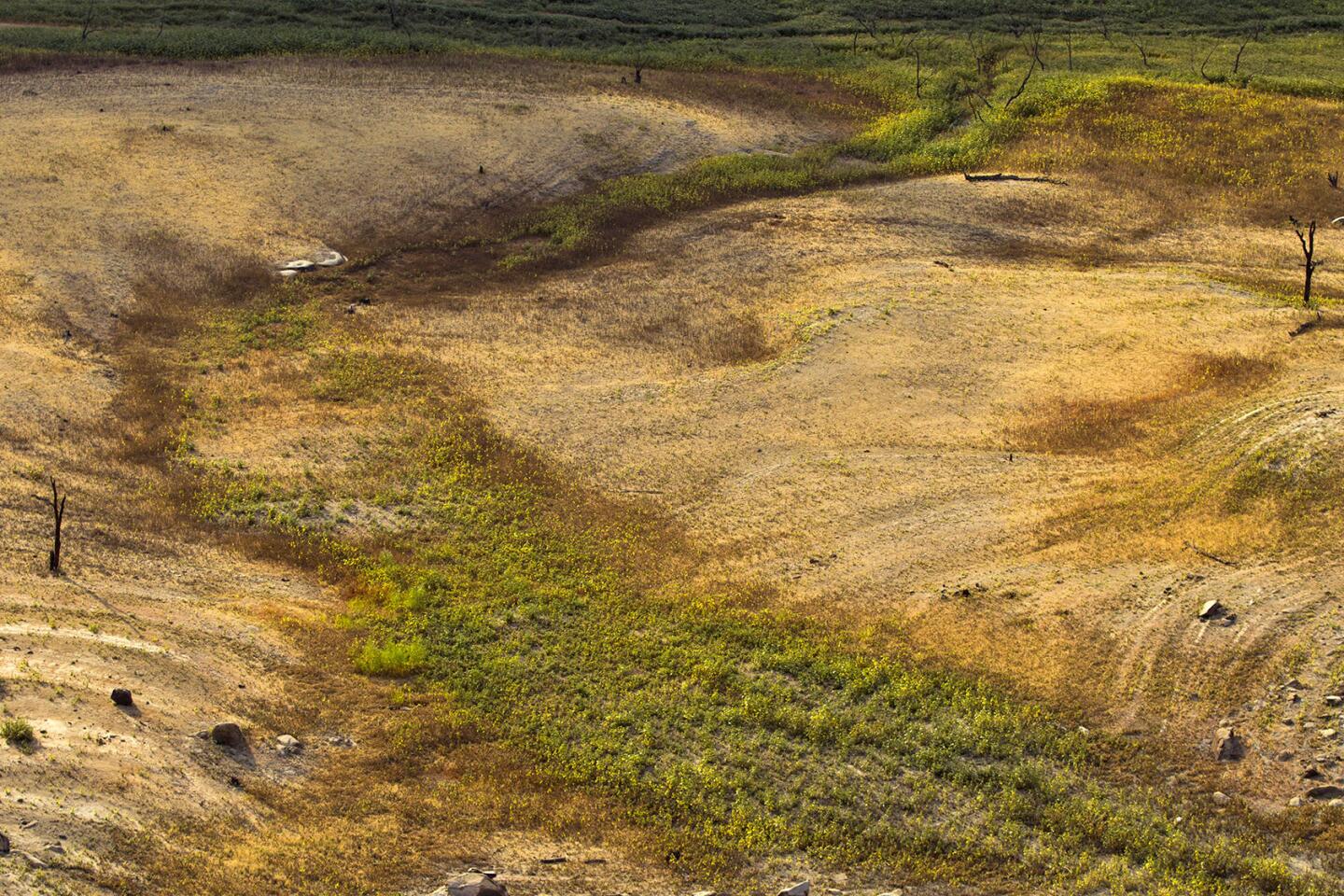
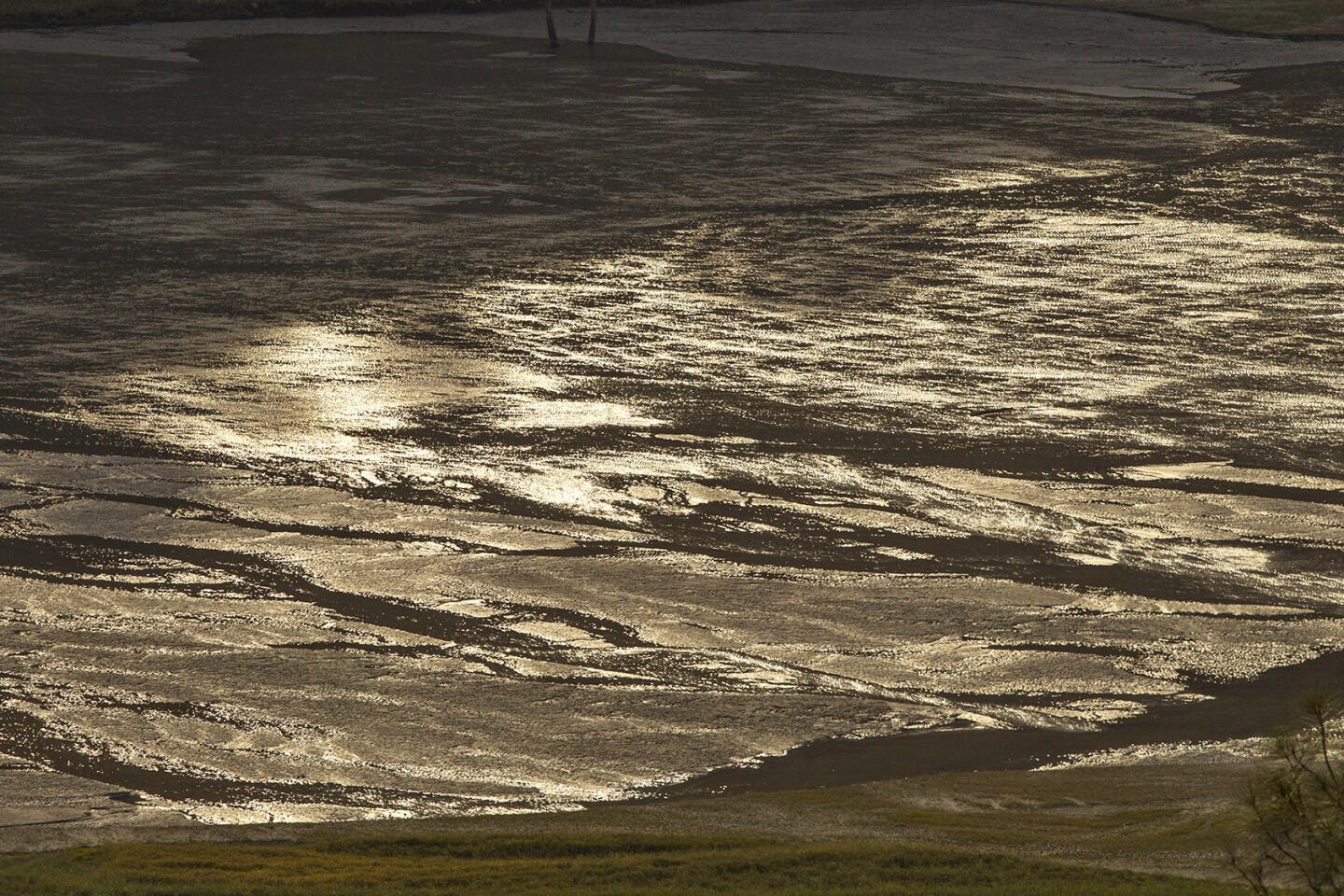
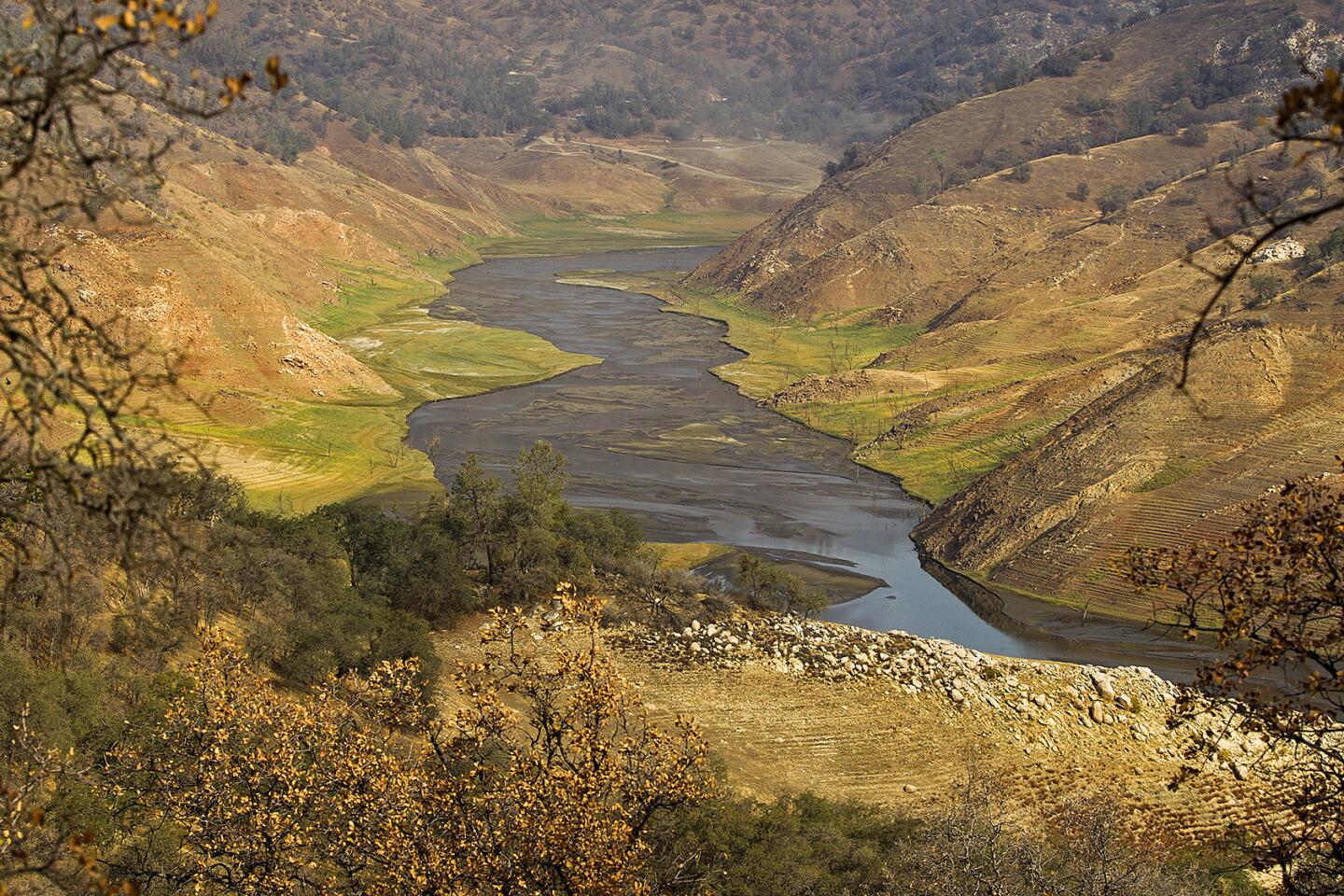


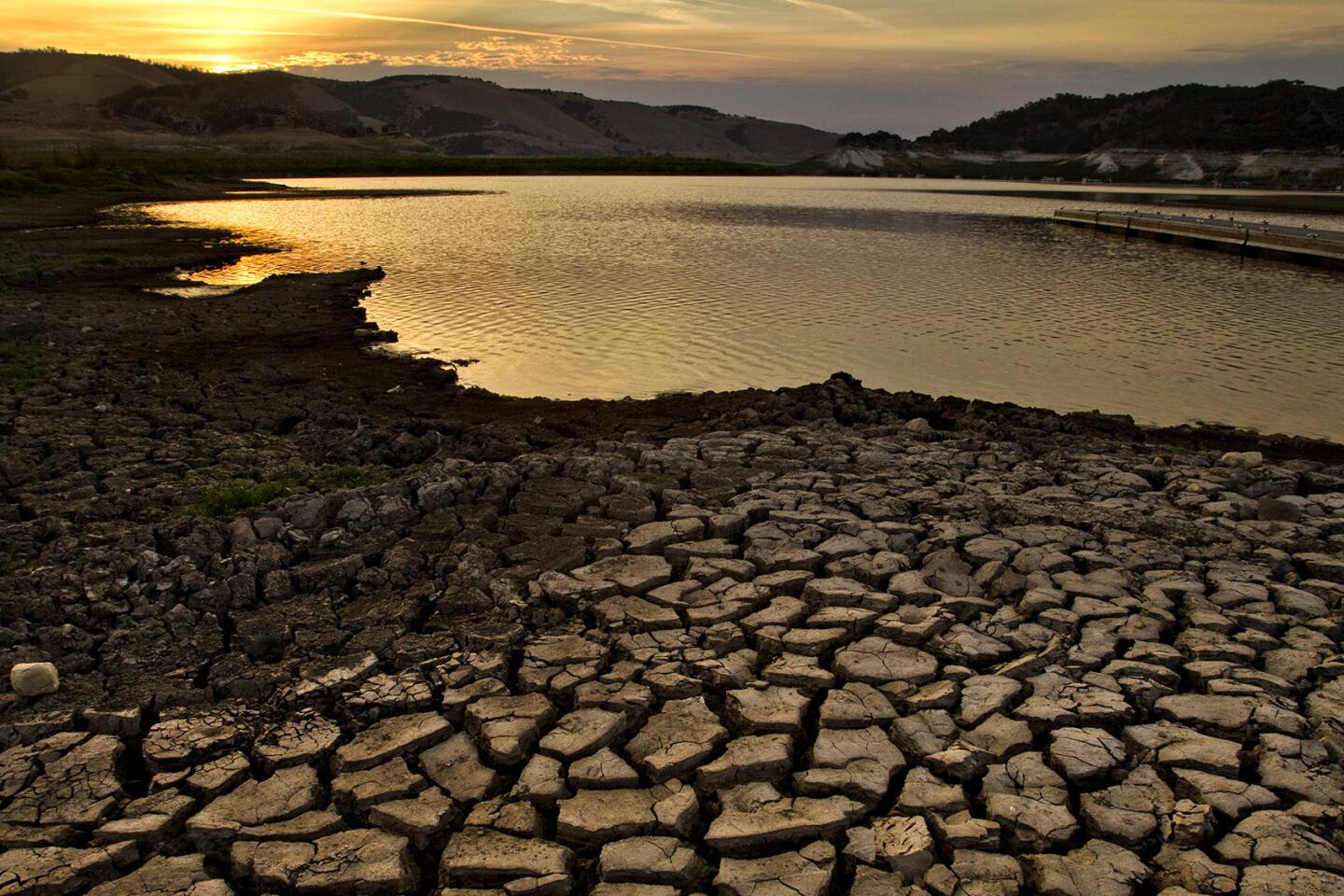
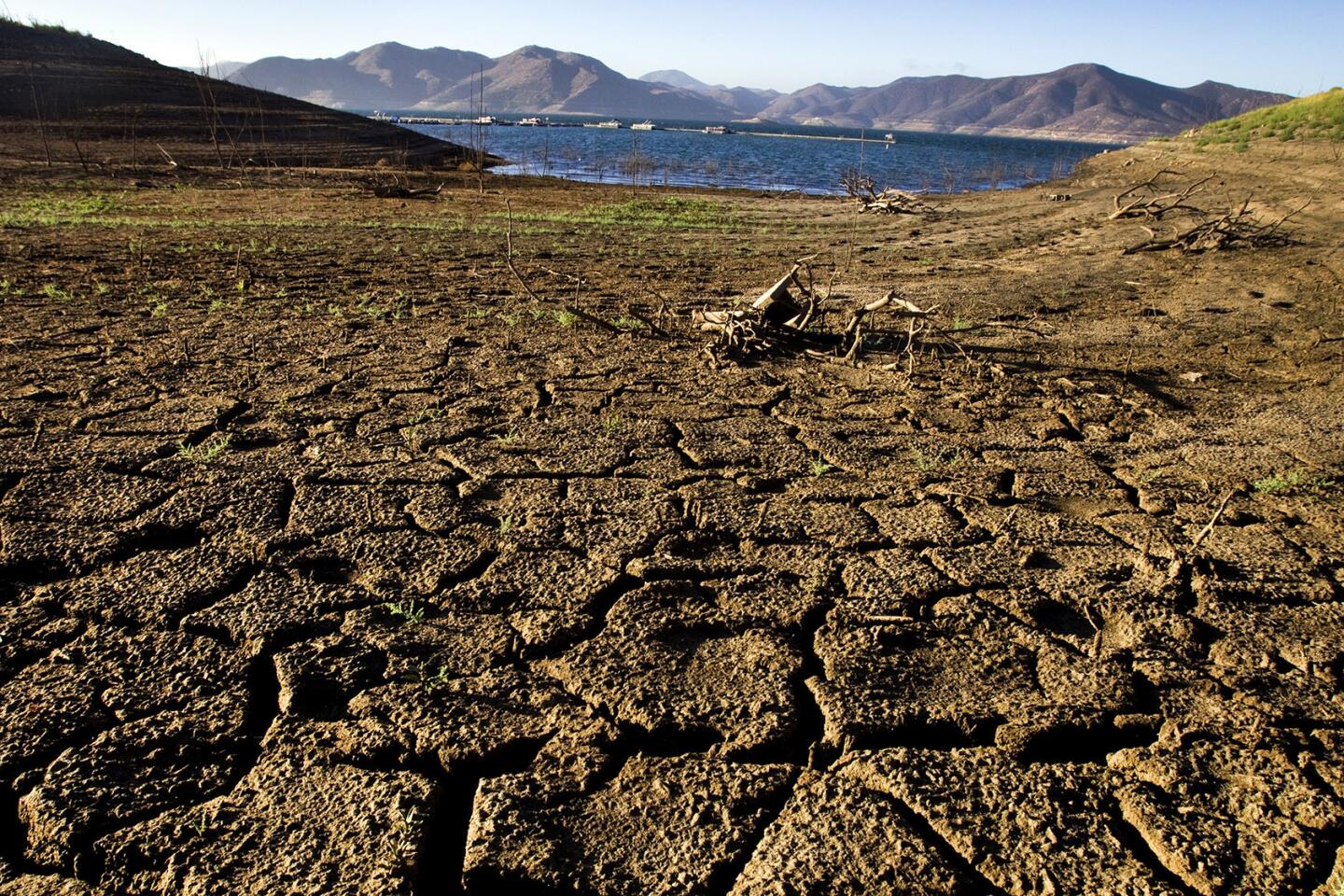
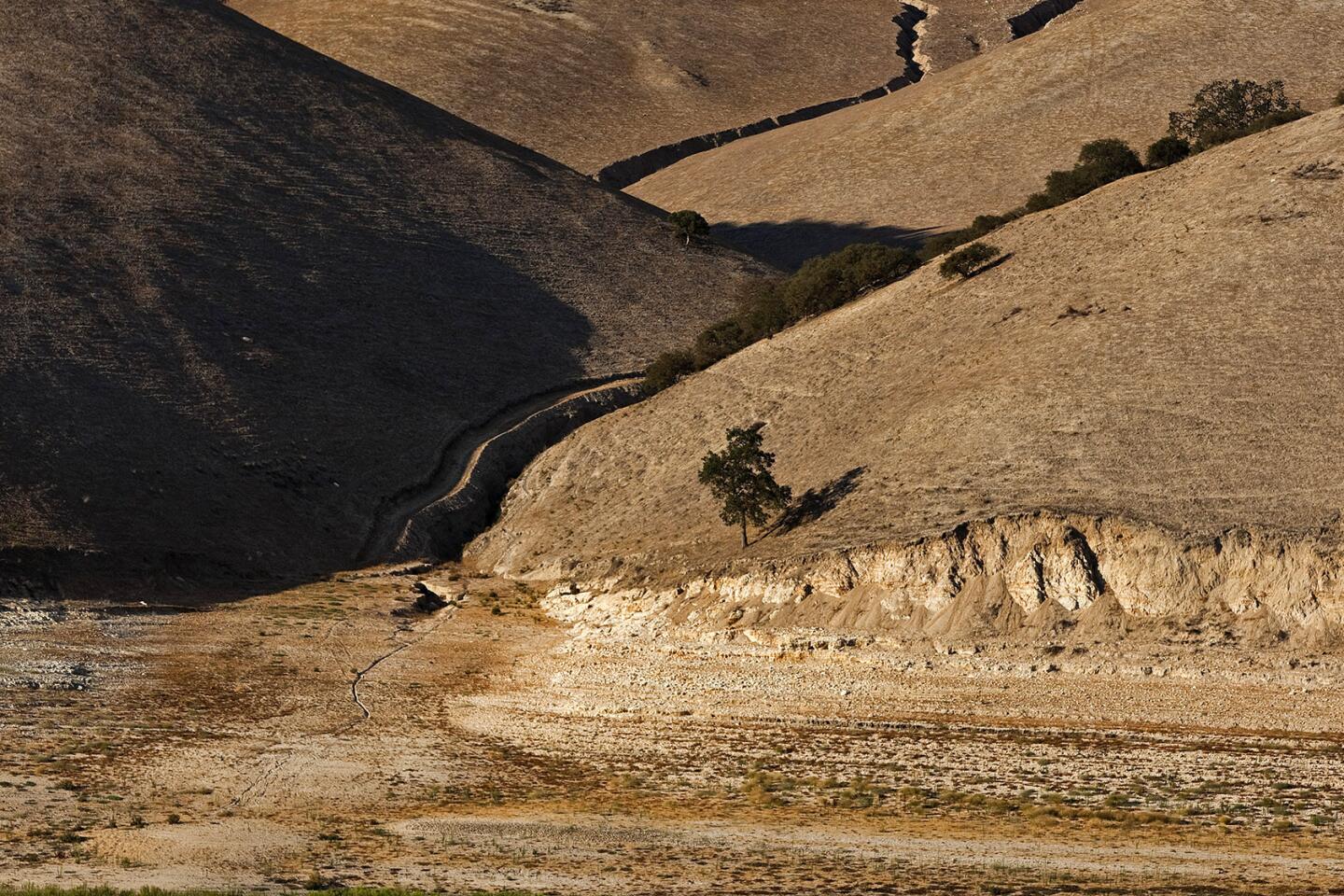
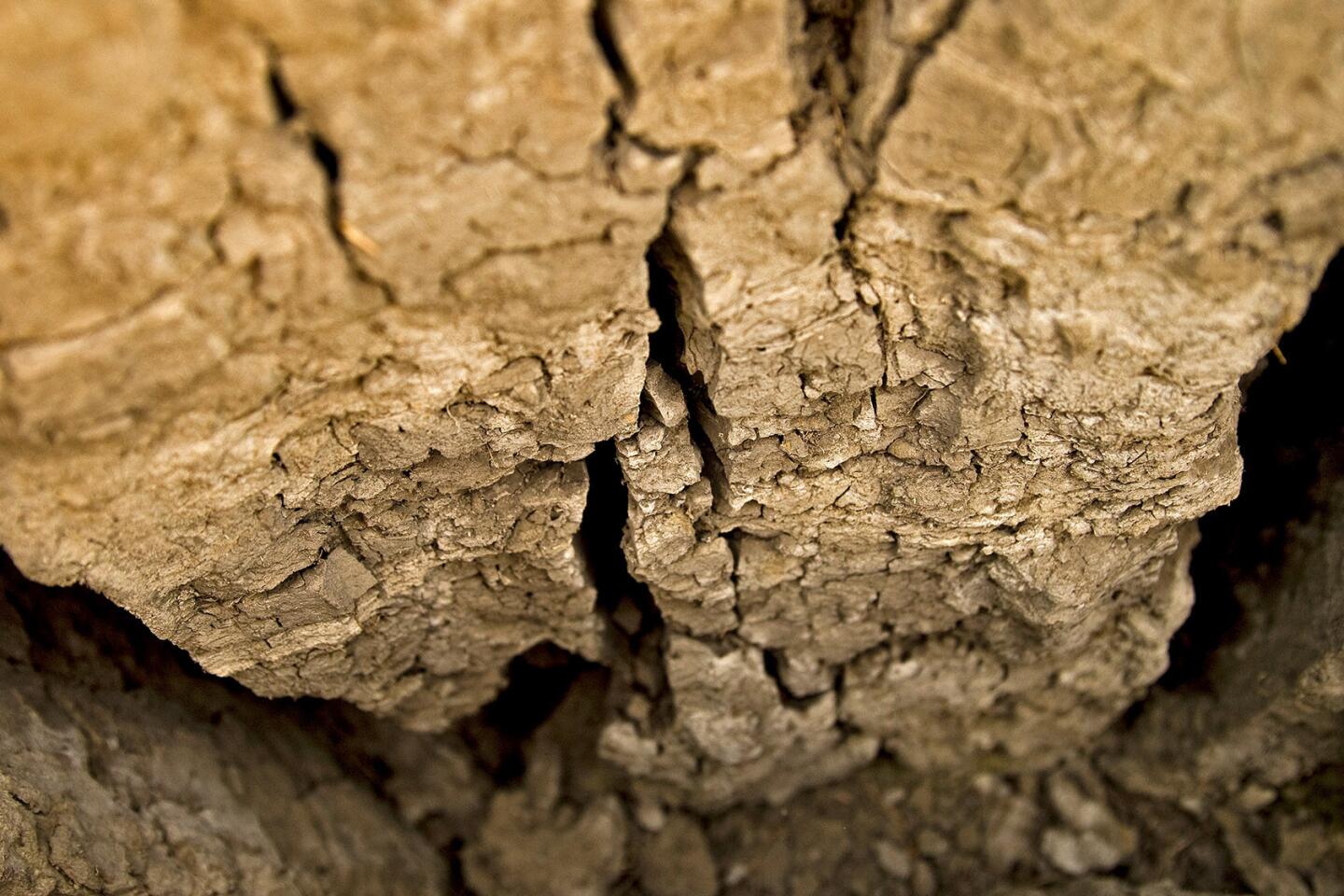
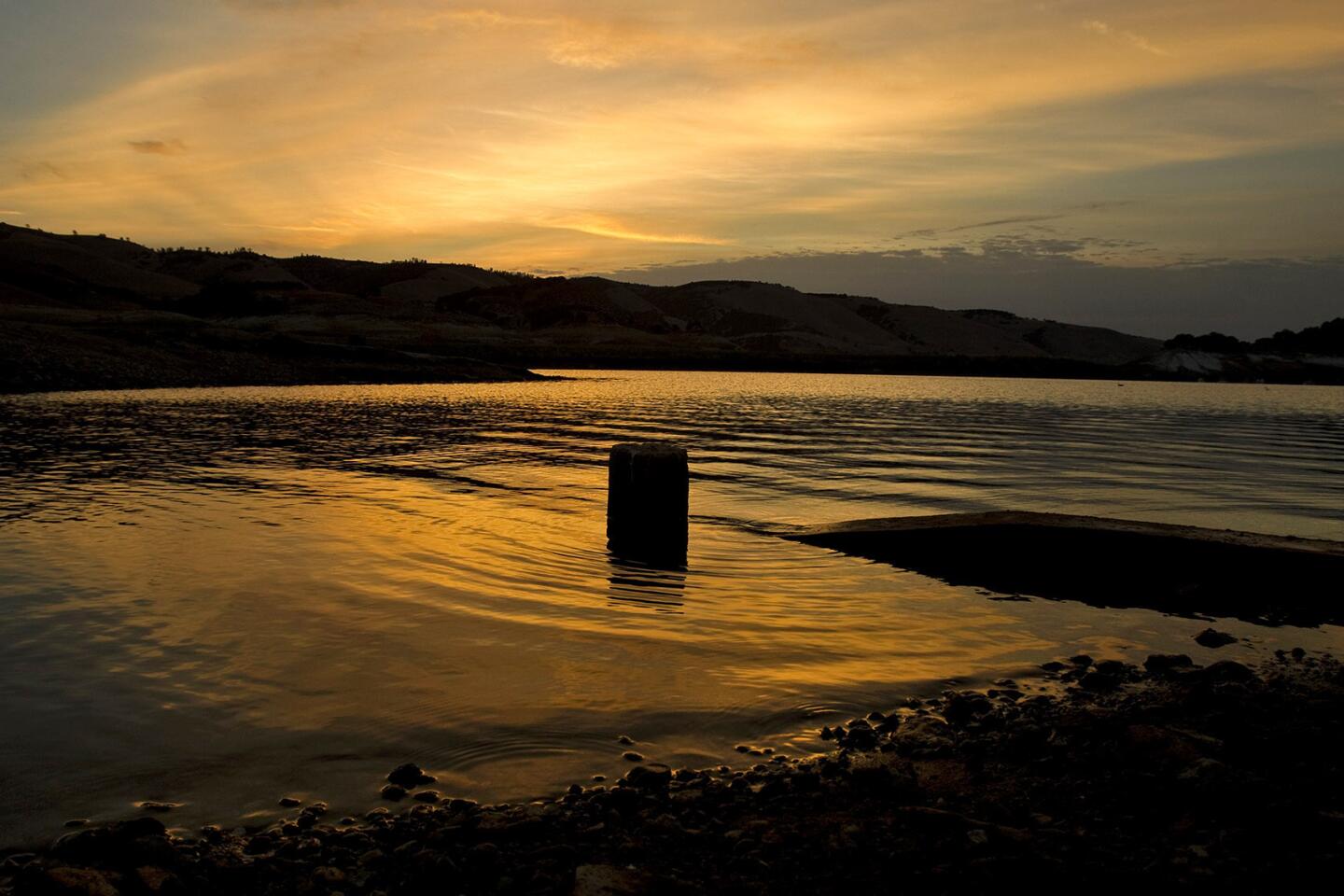
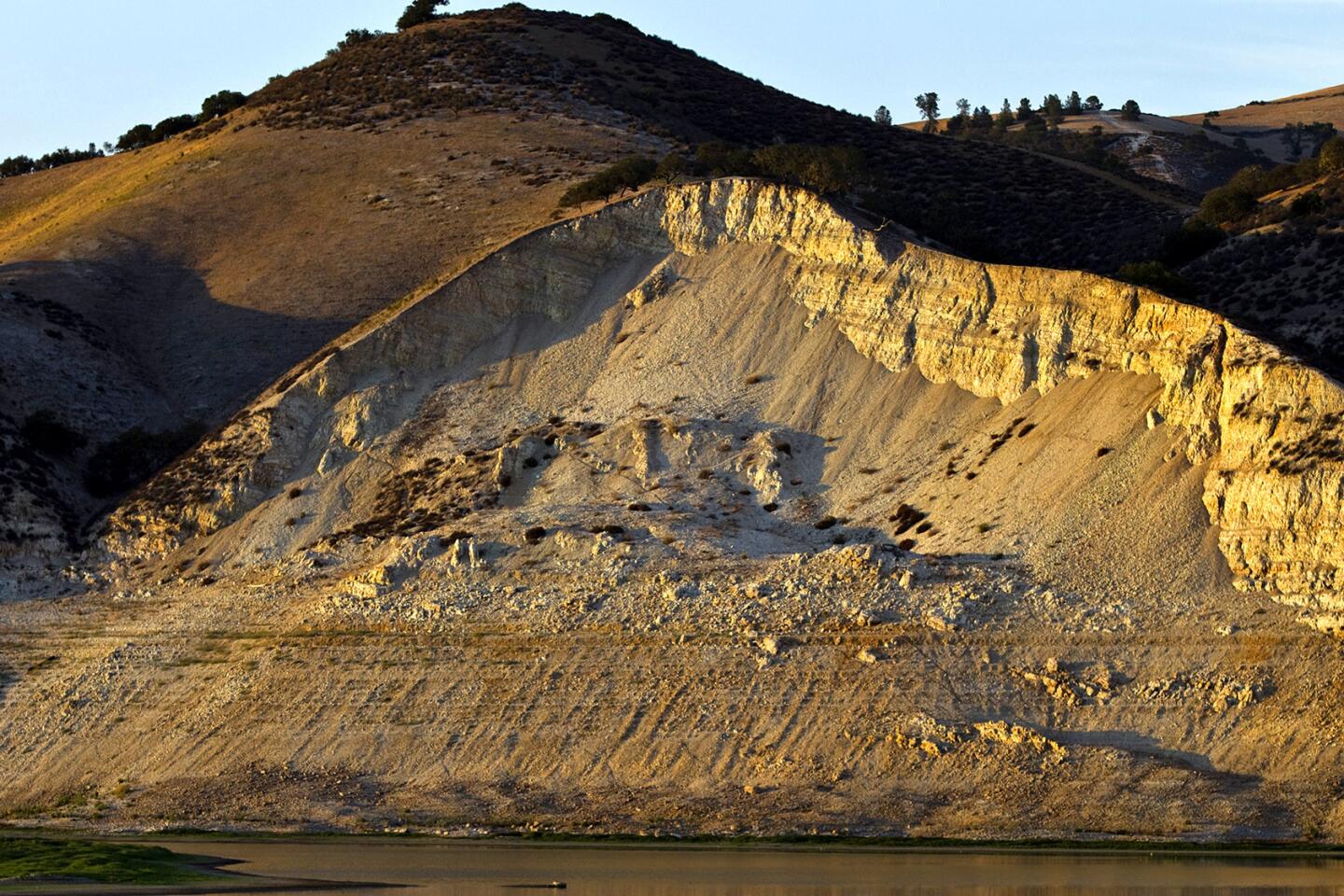

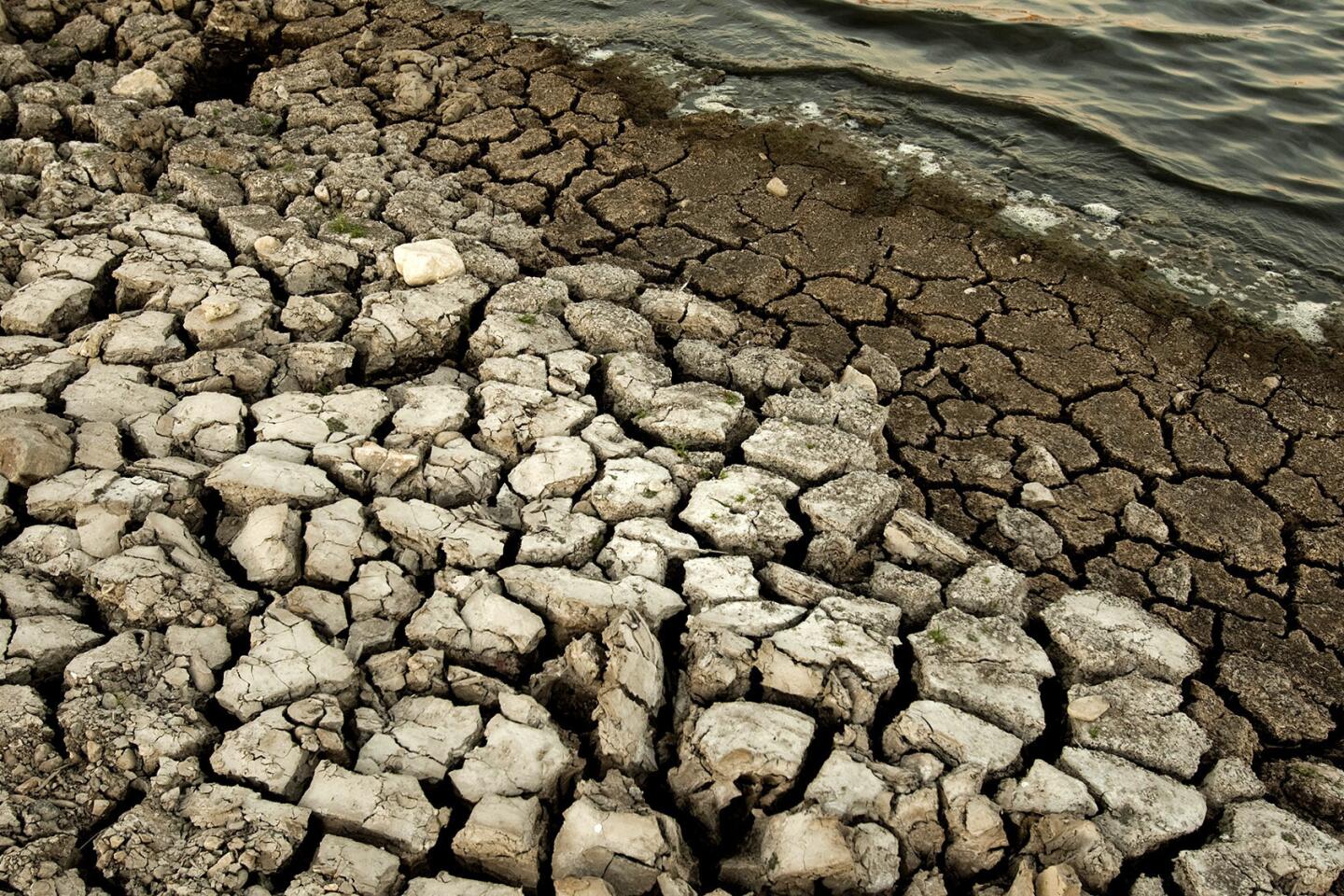
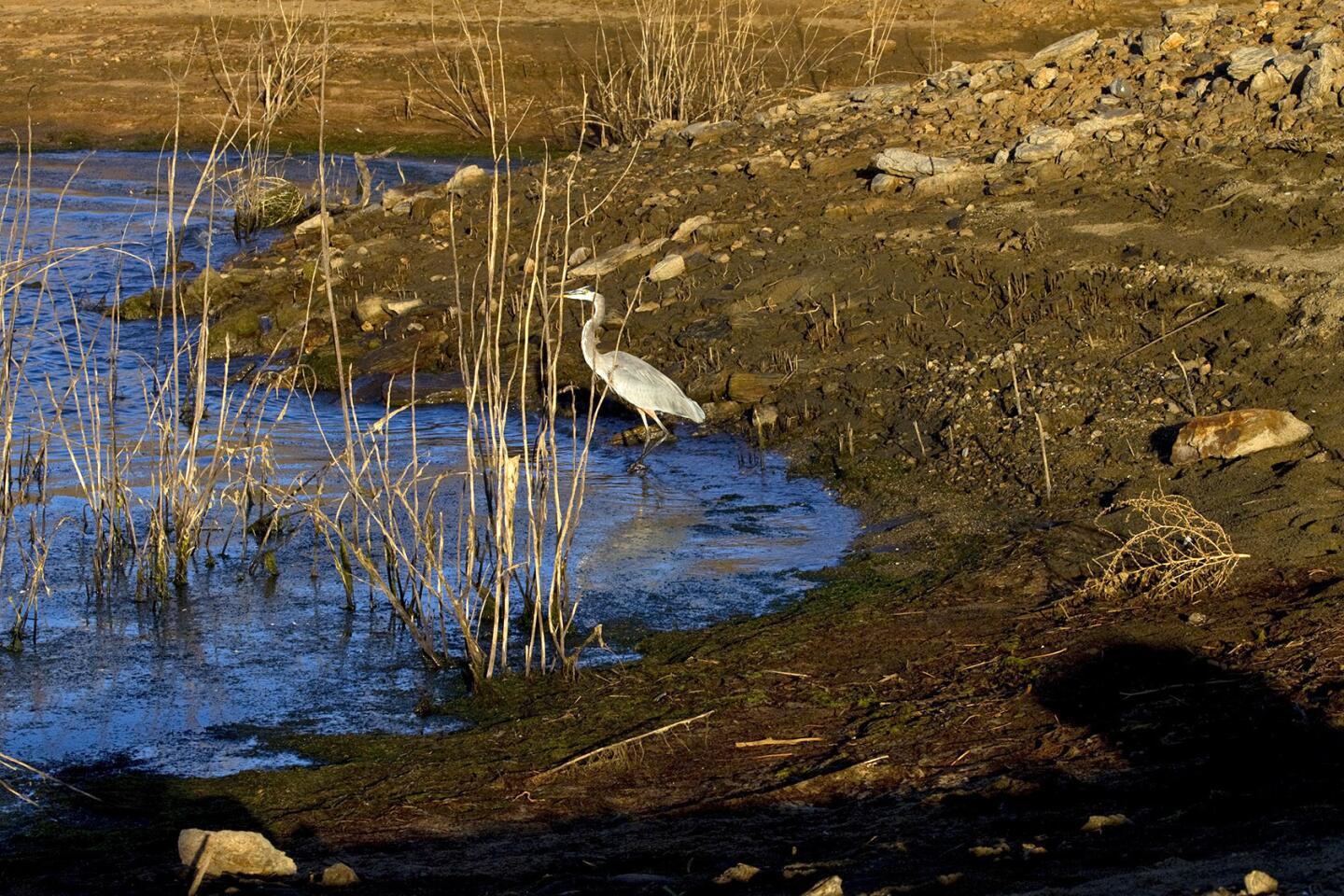
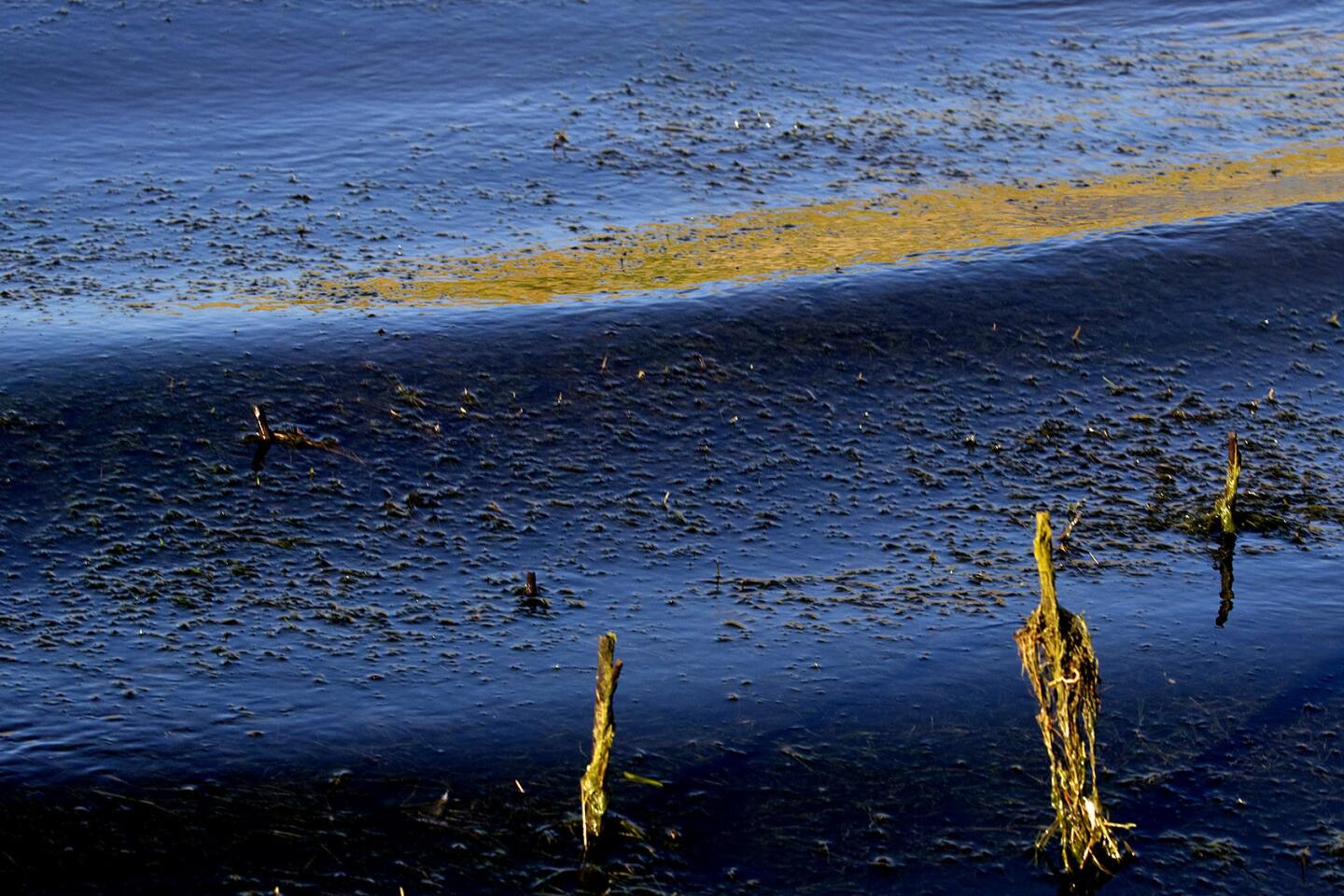
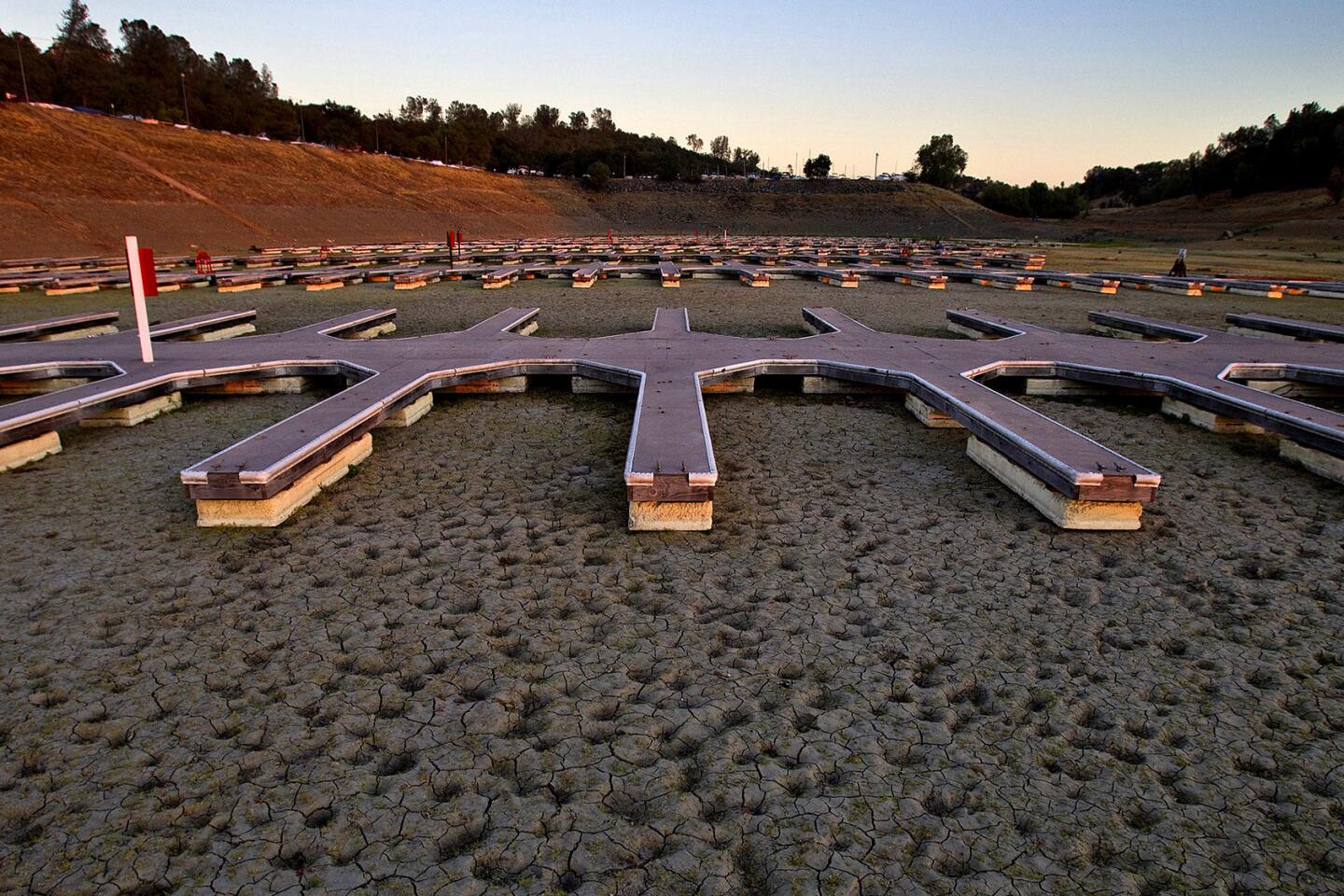
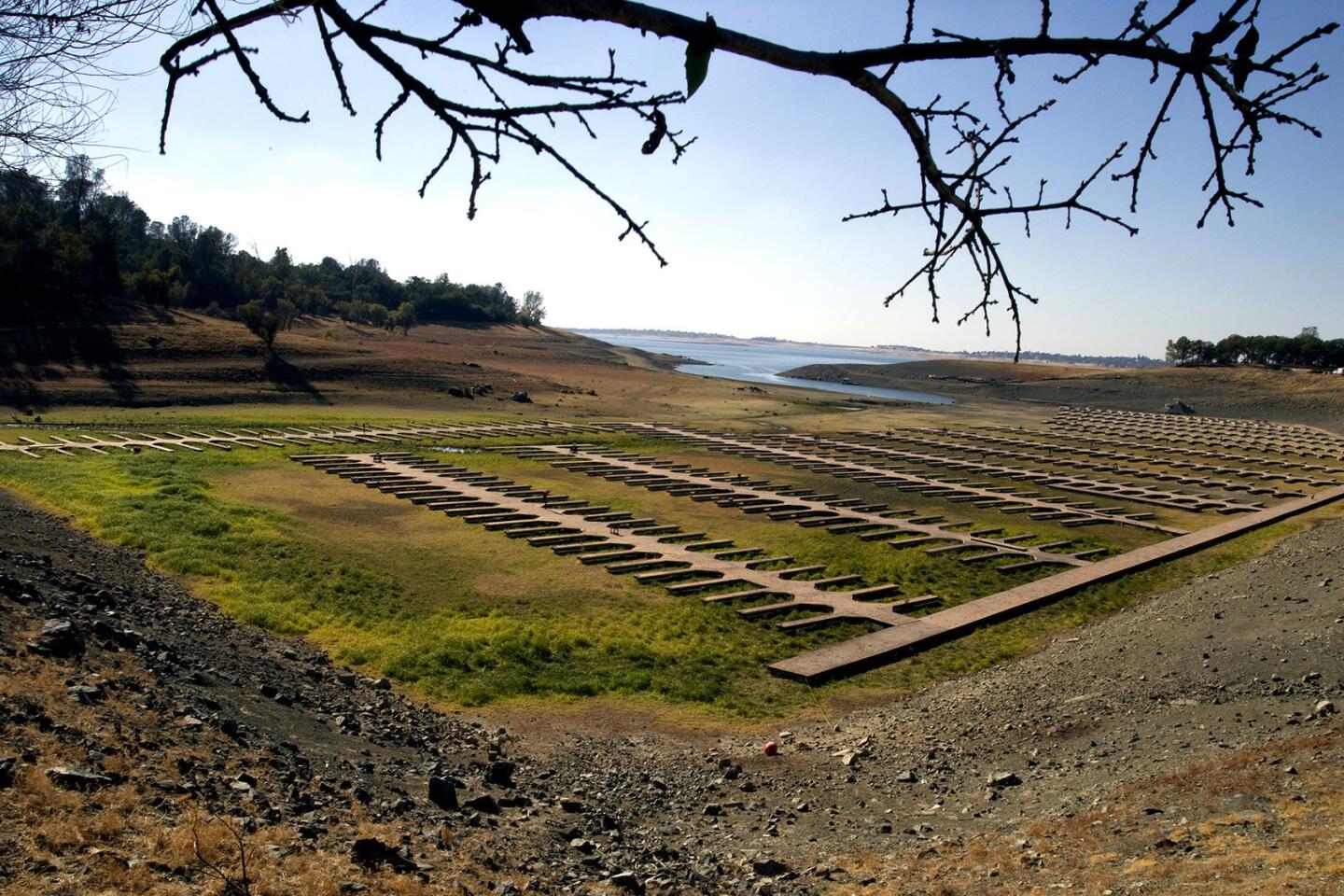
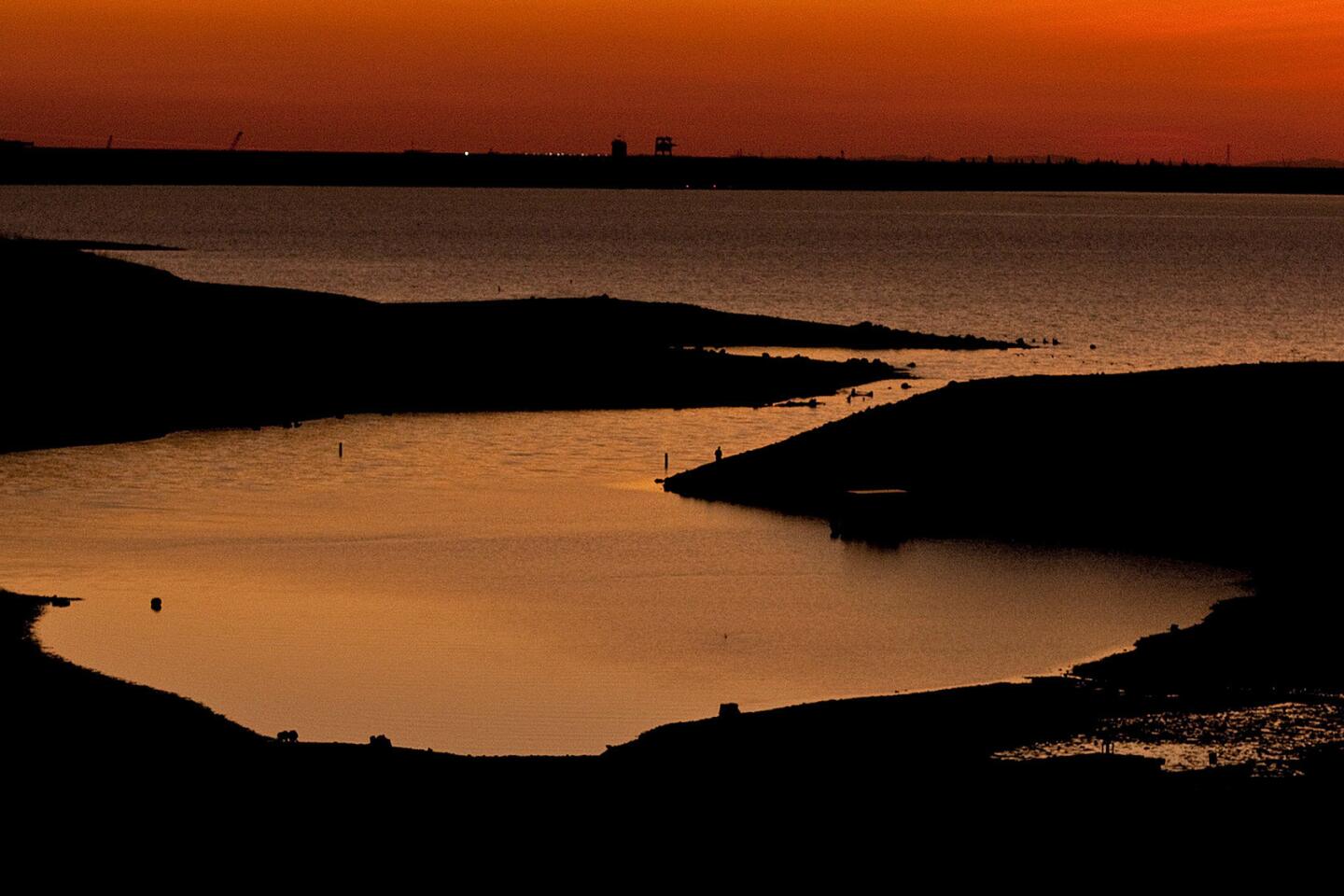
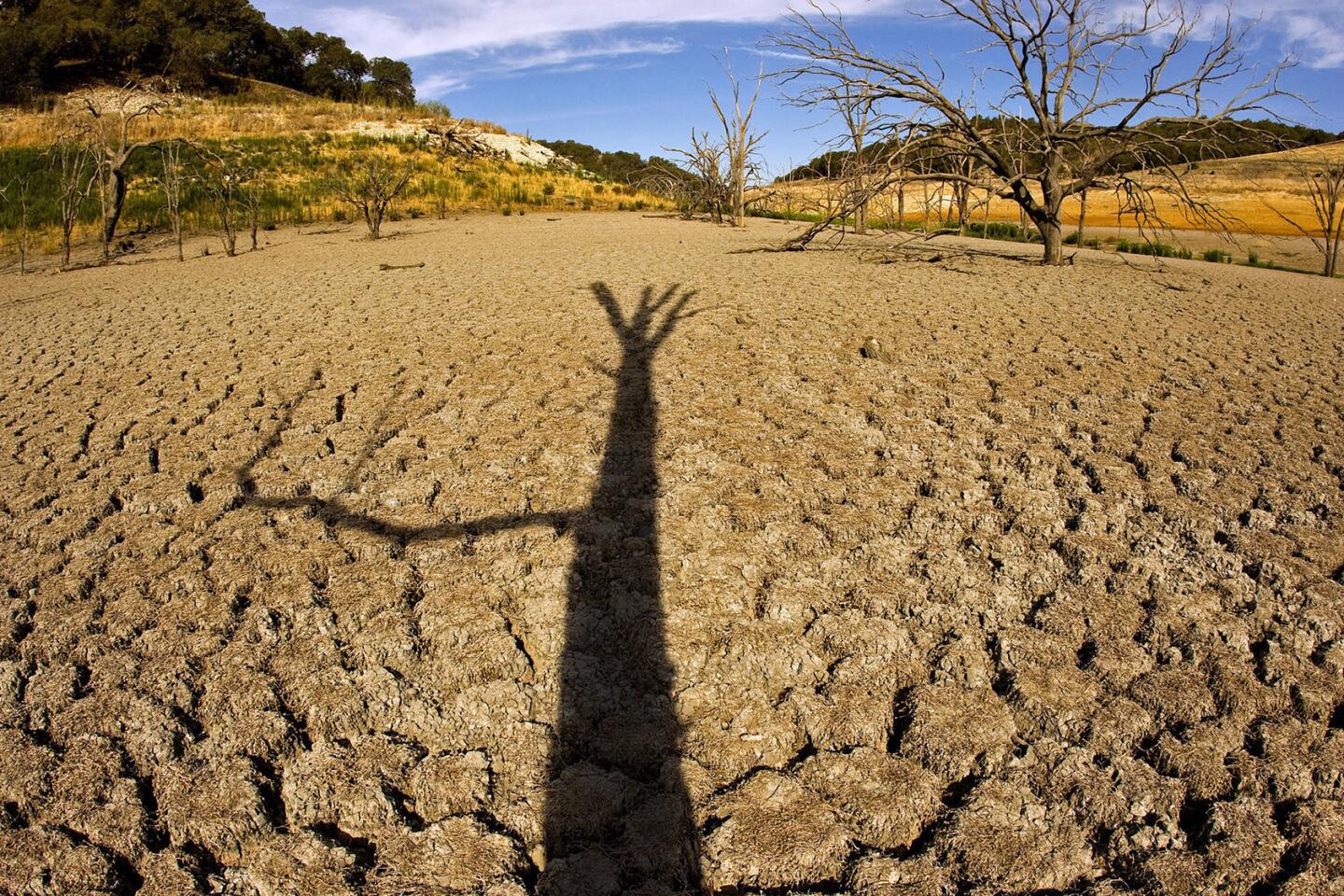
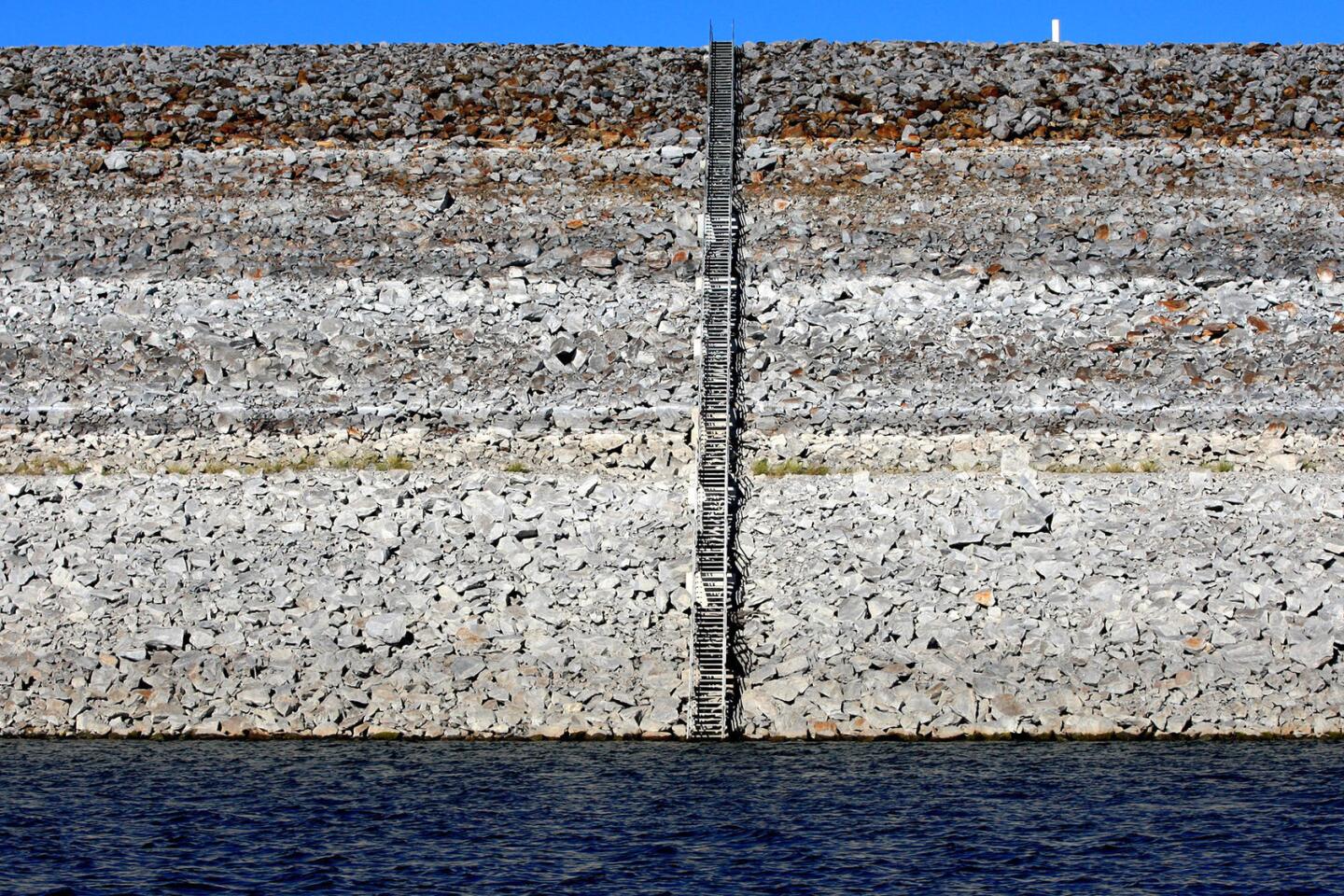
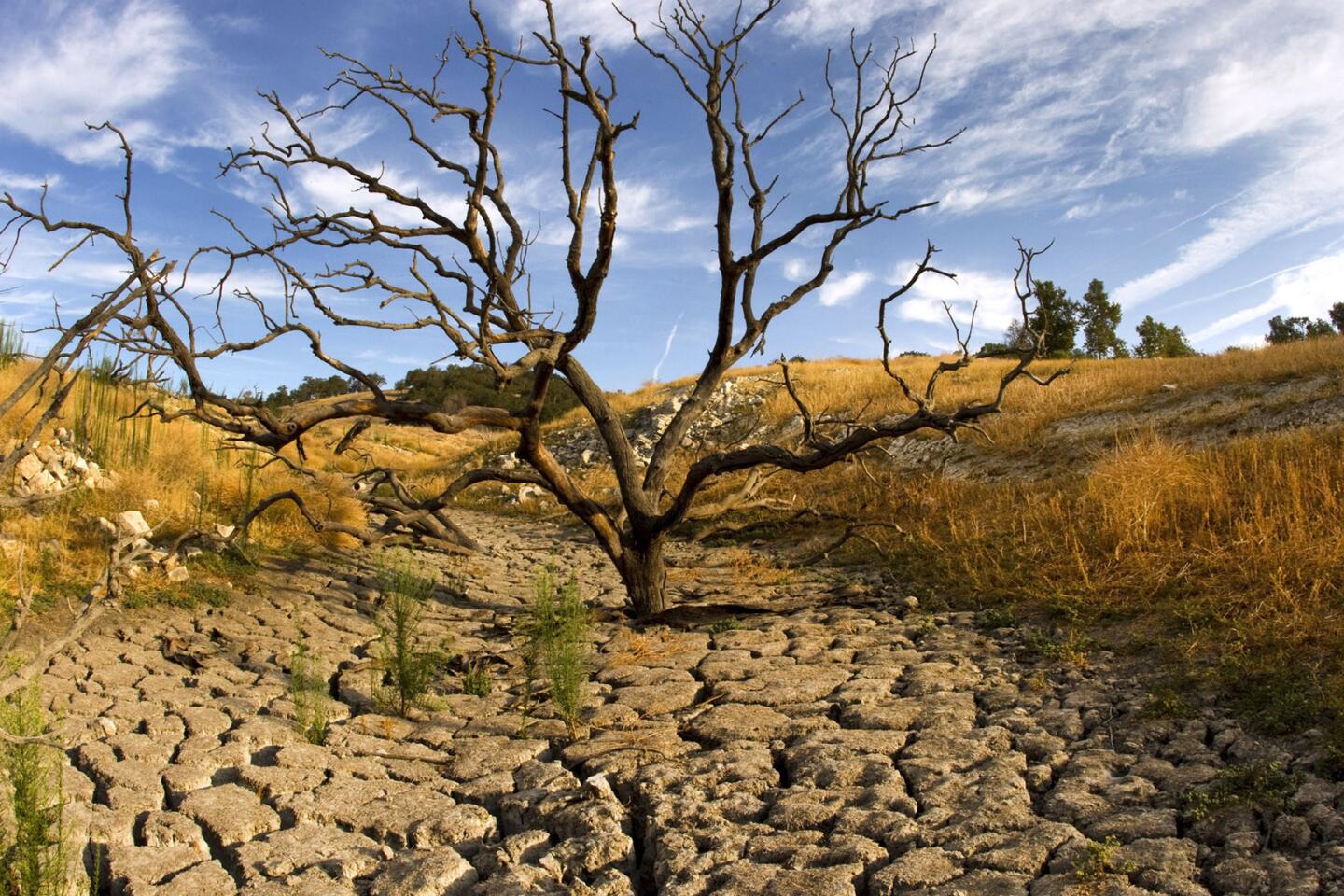
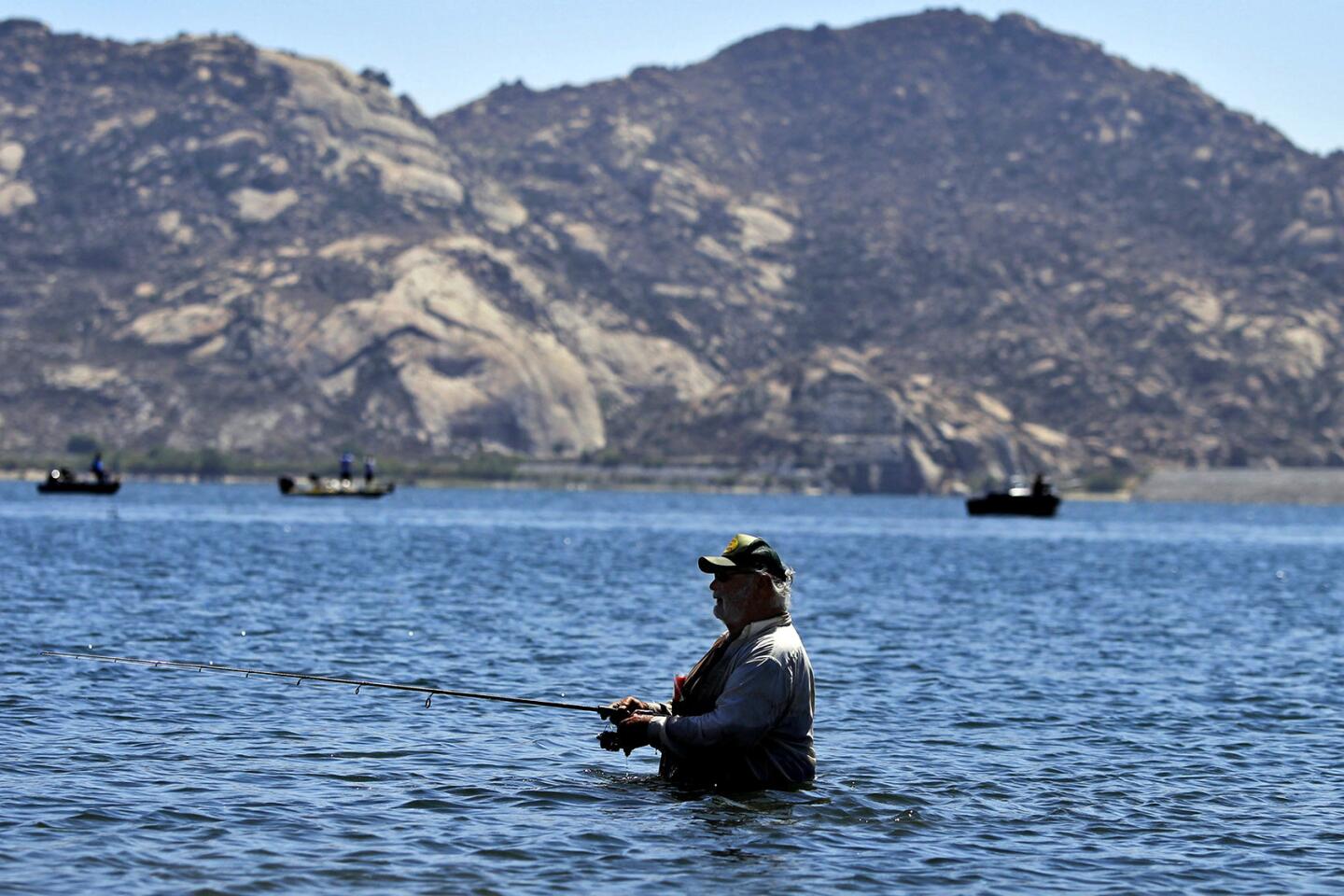
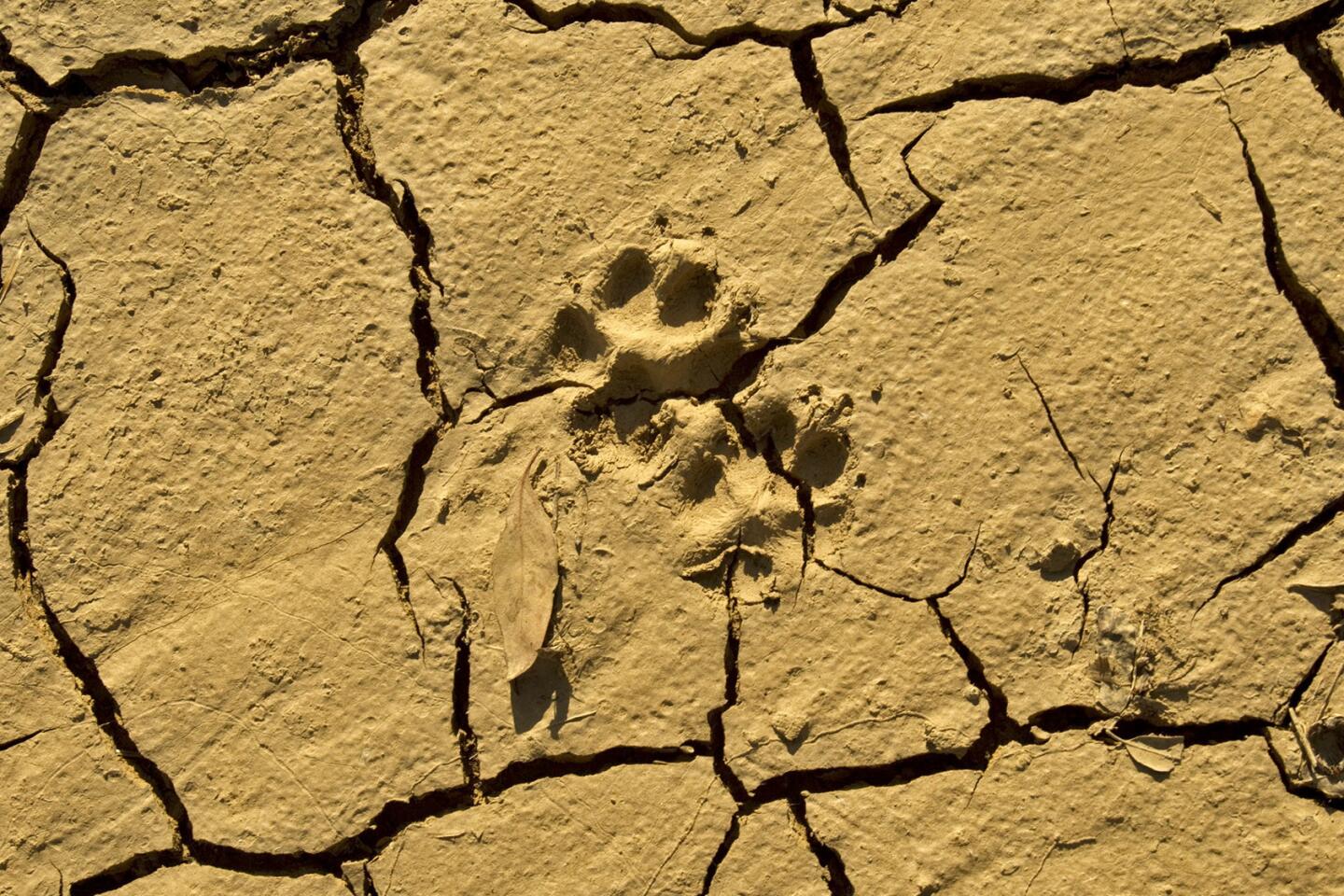
An animal’s footprint is molded into dry, cracked earth in a dry riverbed near a Castaic Lake bridge. Extremely low levels of water at sunrise at Castaic Lake and reveal the effects of the prolonged drought March 8, 2014.
(Allen J. Schaben / Los Angeles Times)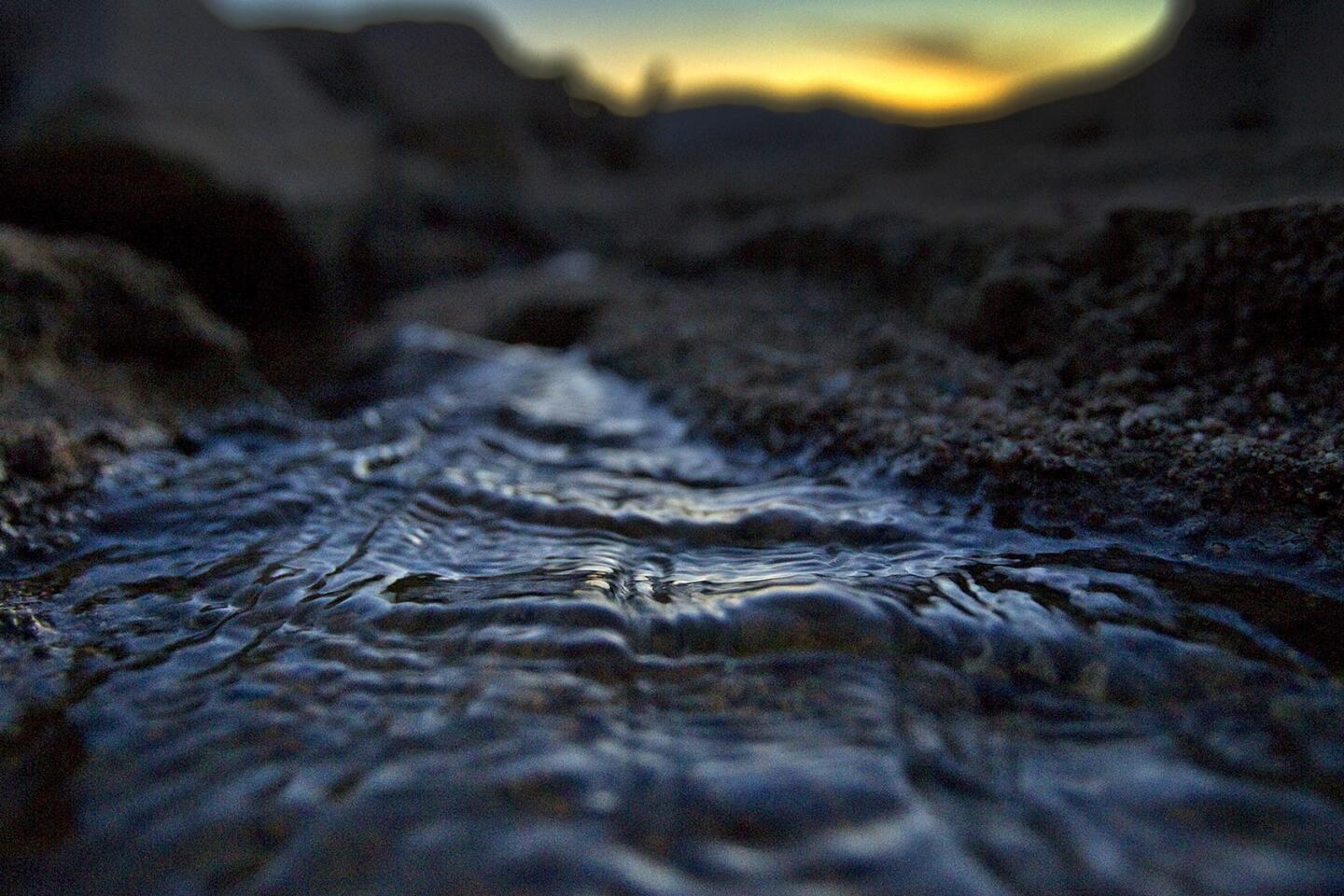
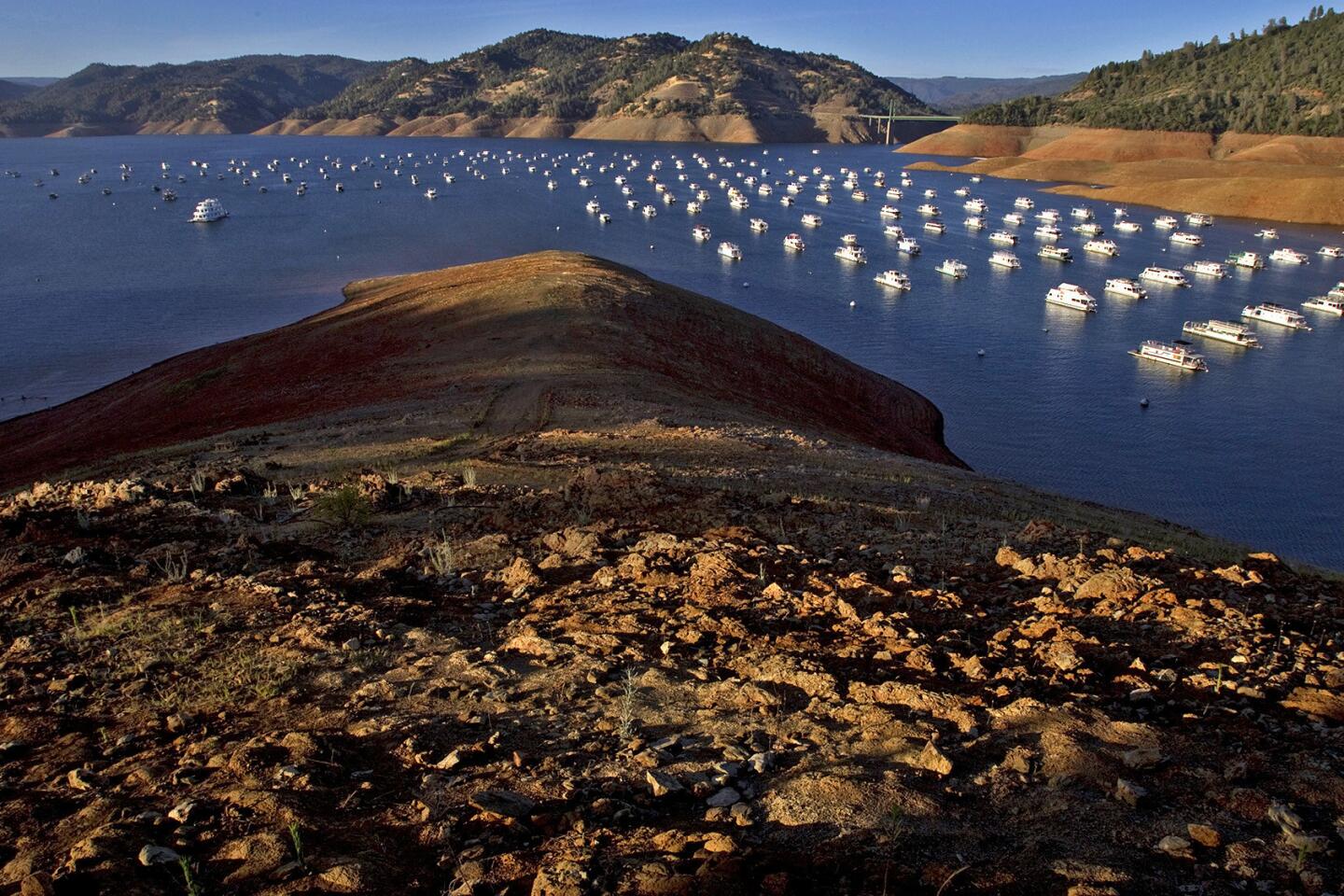
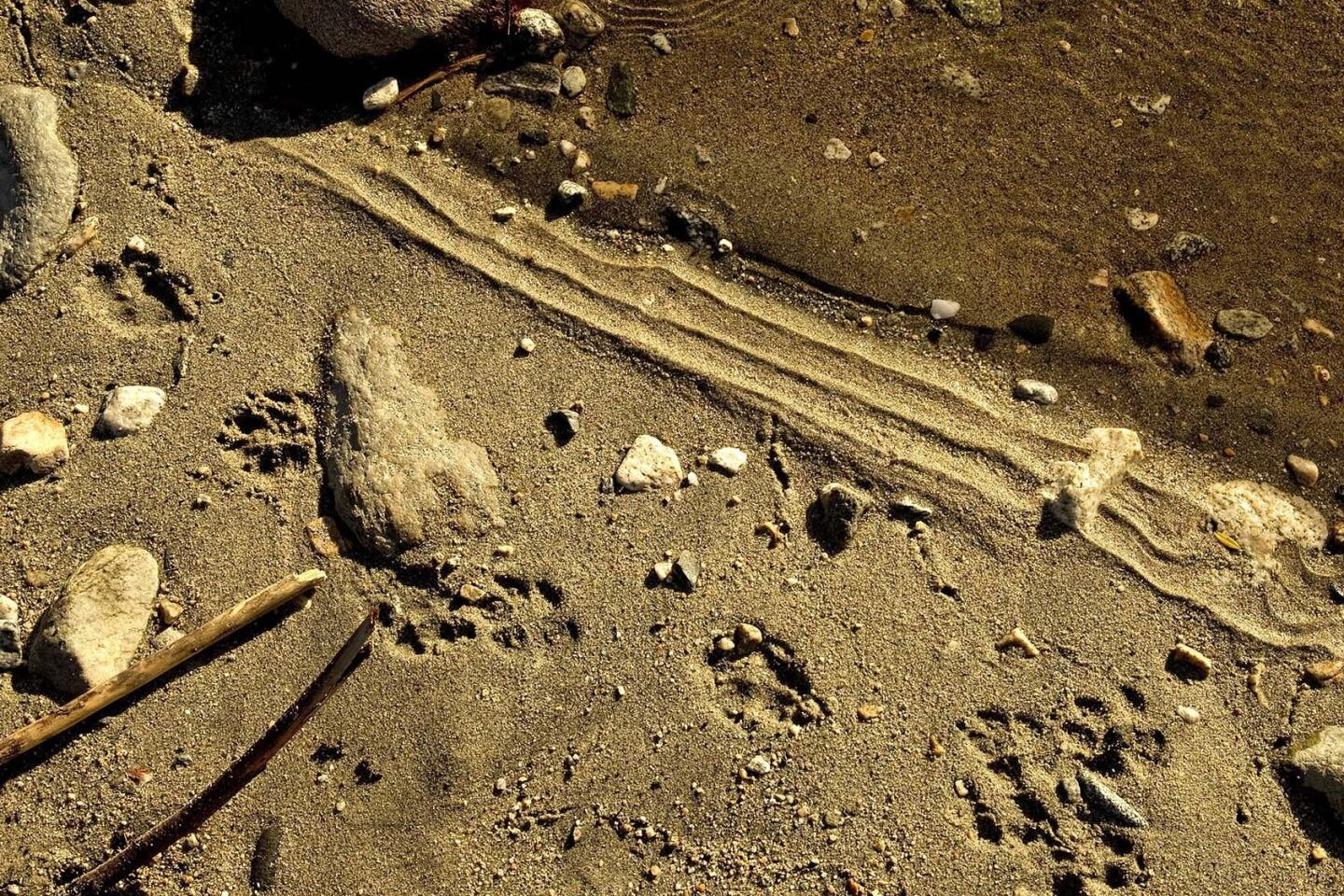
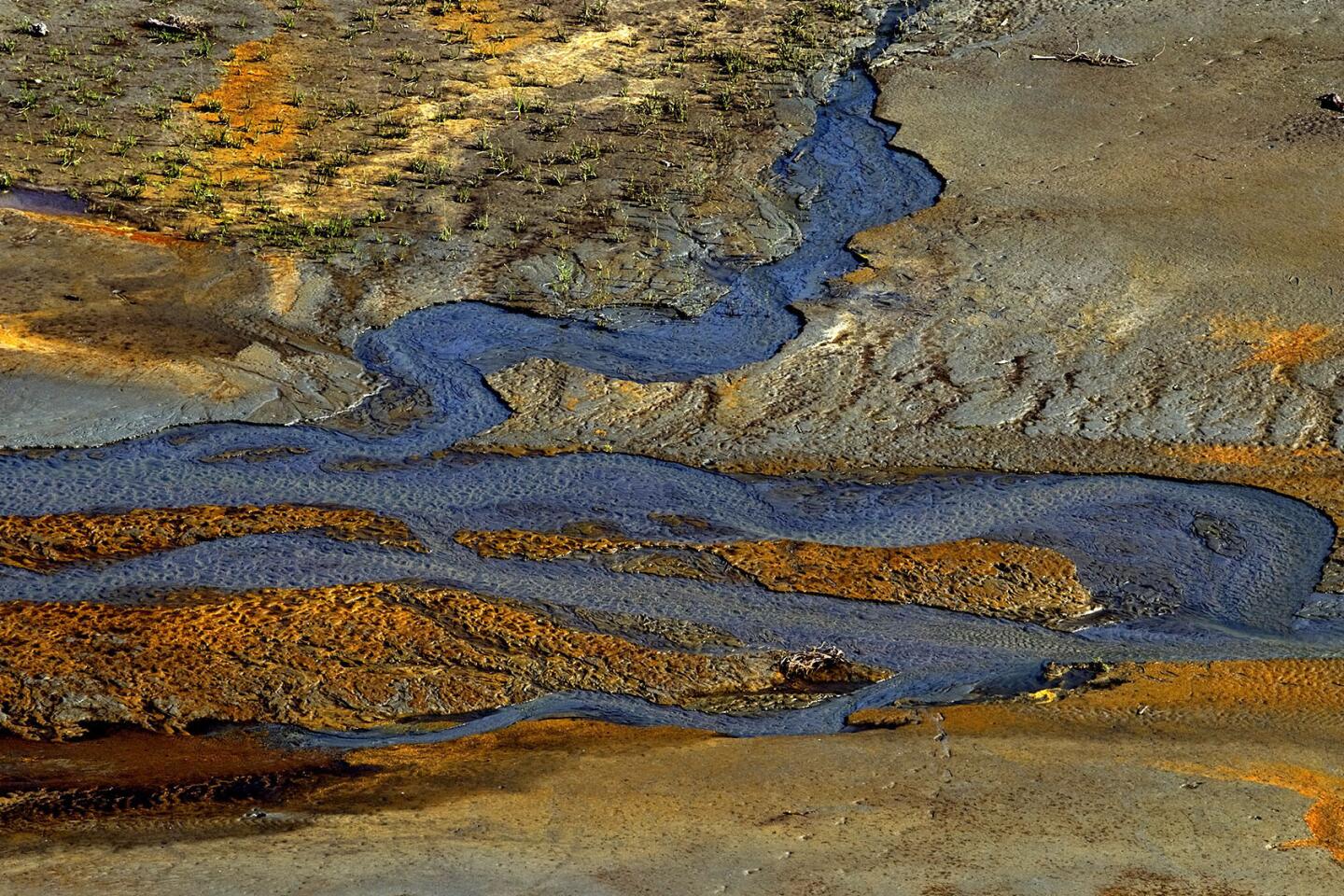
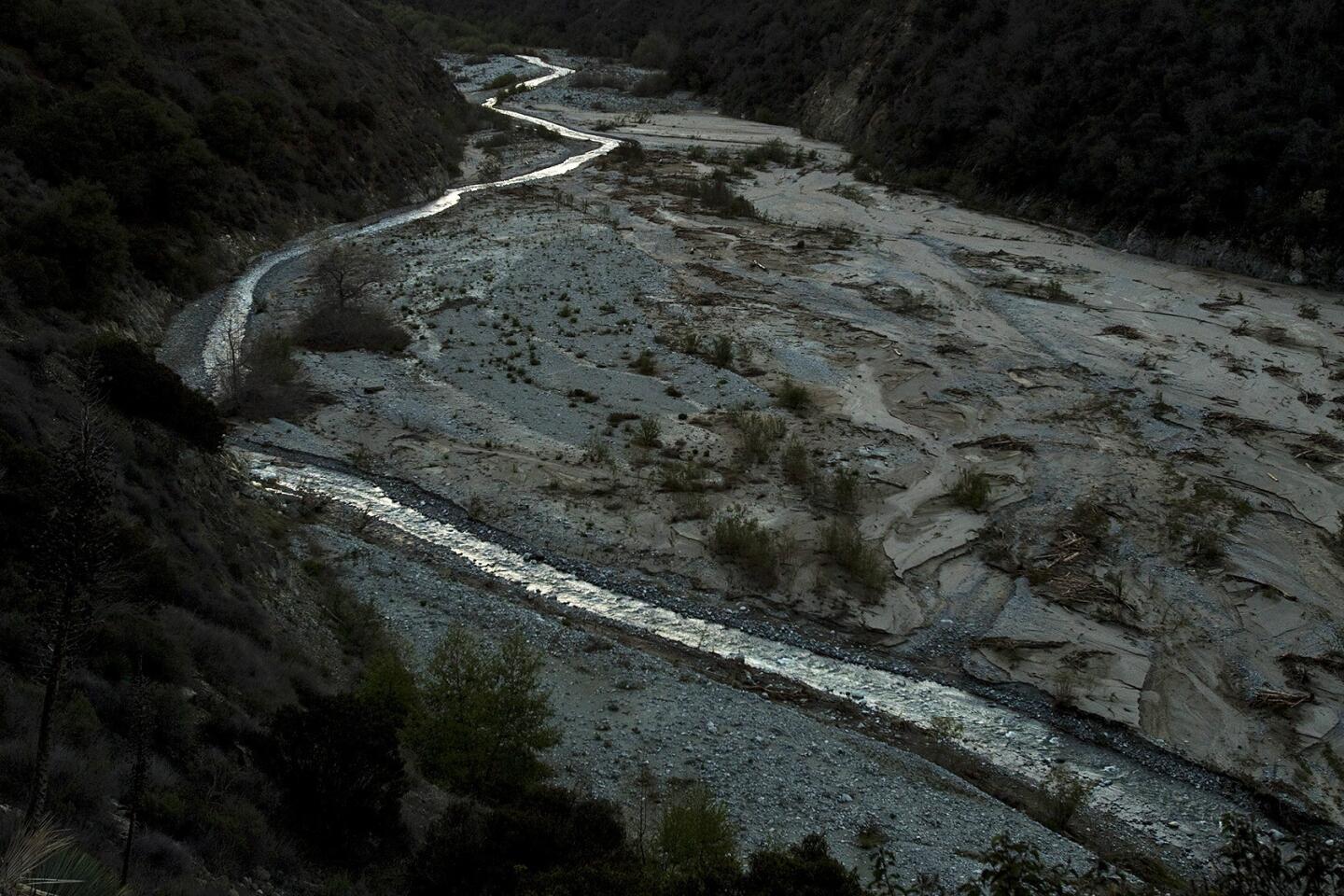
A pre-dawn glow illuminates a narrow, shallow meandering stream flowing in San Gabriel River’s East Fork in the Angeles National Forest, which reveal the effects of the prolonged drought March 12, 2014.
(Allen J. Schaben / Los Angeles Times)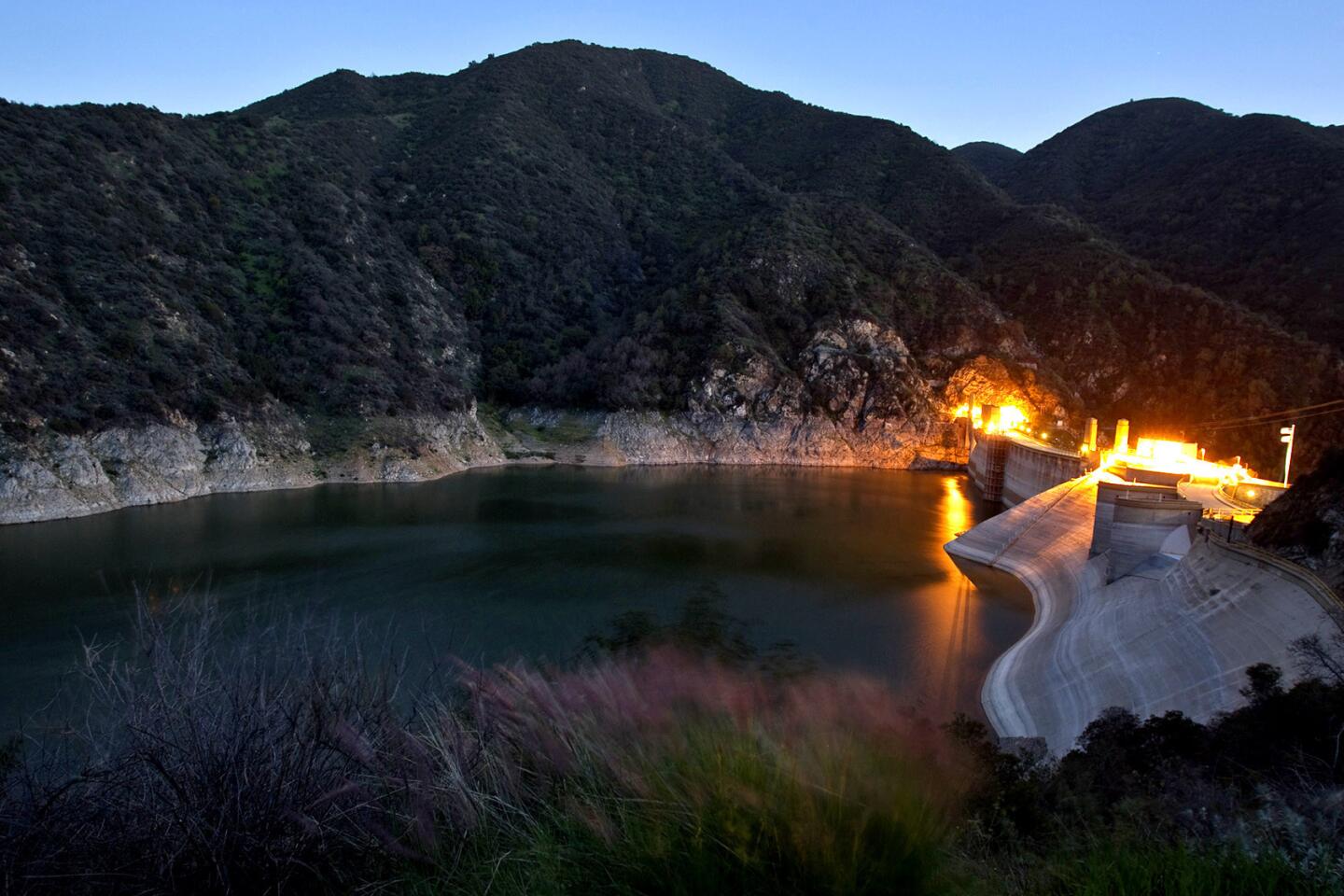
A white rocky ring reveals low levels of water in the Morris Dam, just north of Azusa in the Angeles National Forest, reflecting the effects of the prolonged drought March 12, 2014.
(Allen J. Schaben / Los Angeles Times)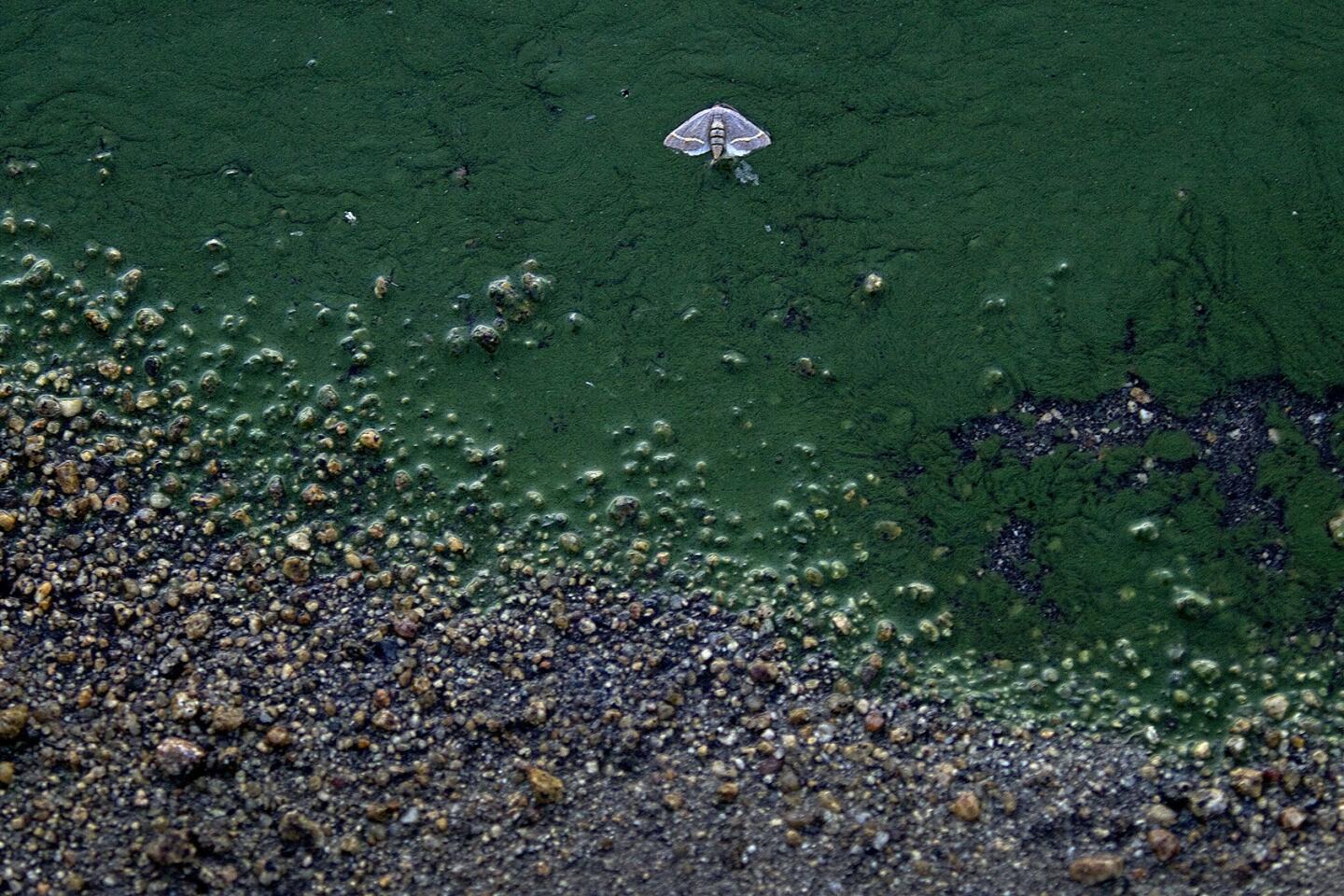
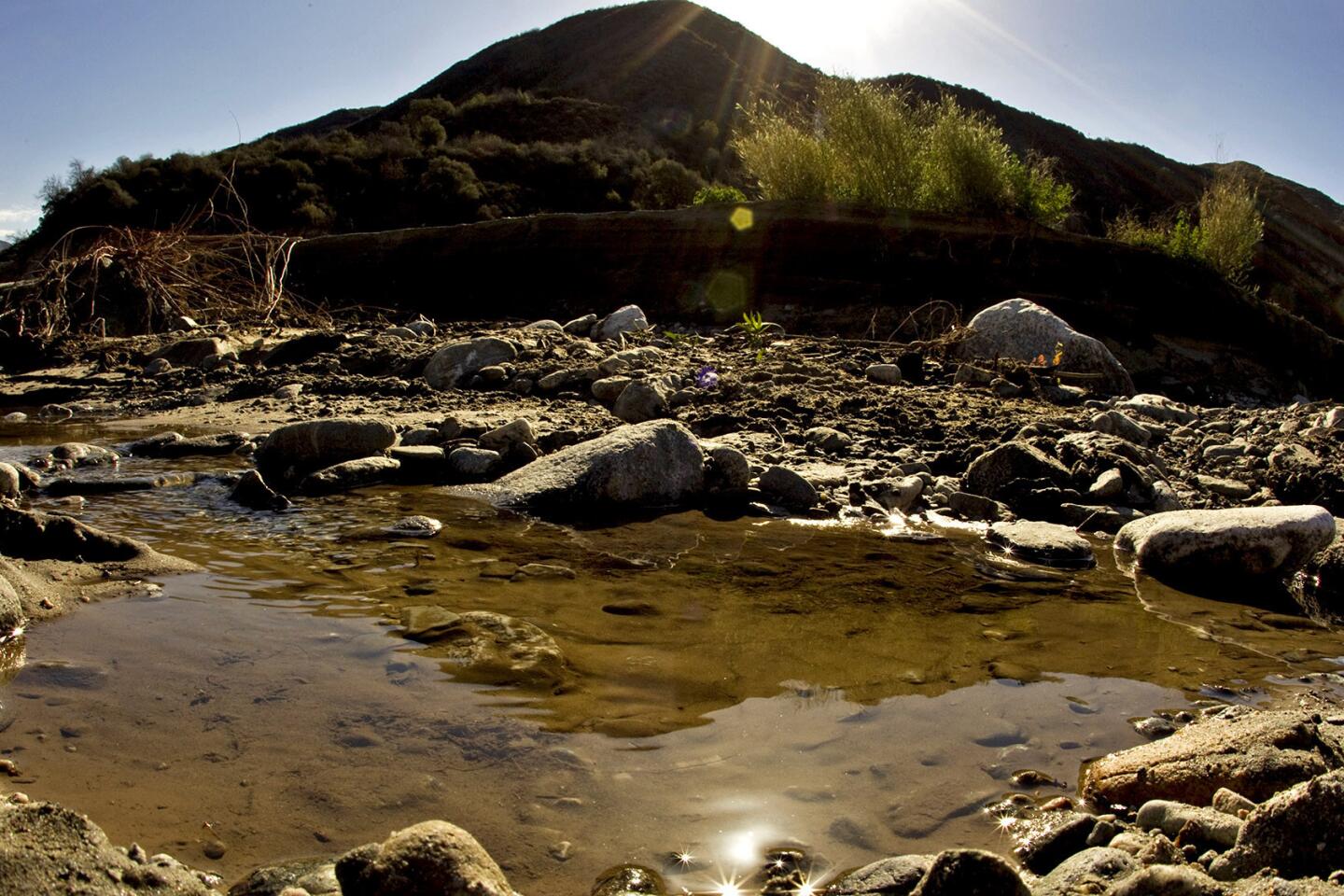

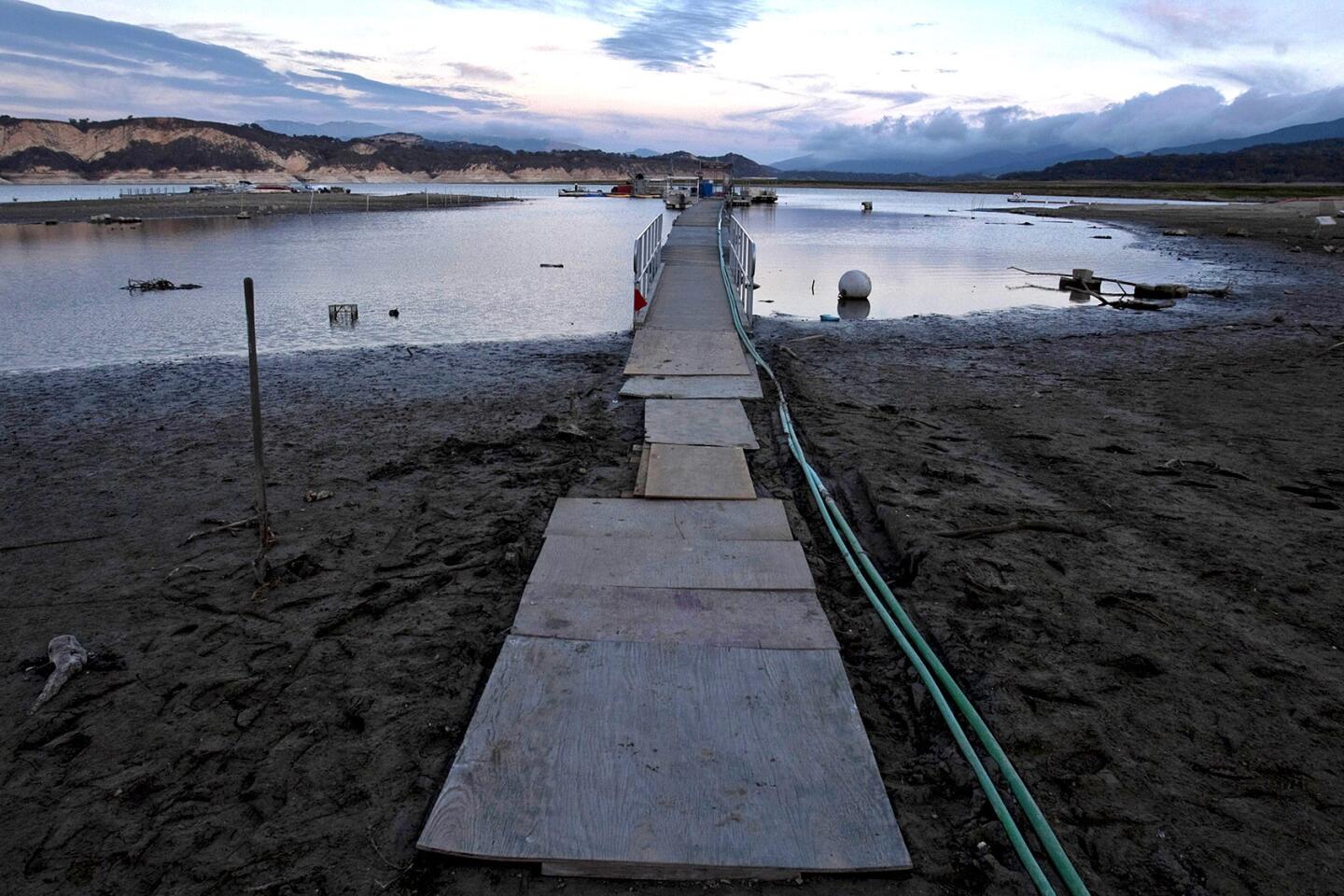
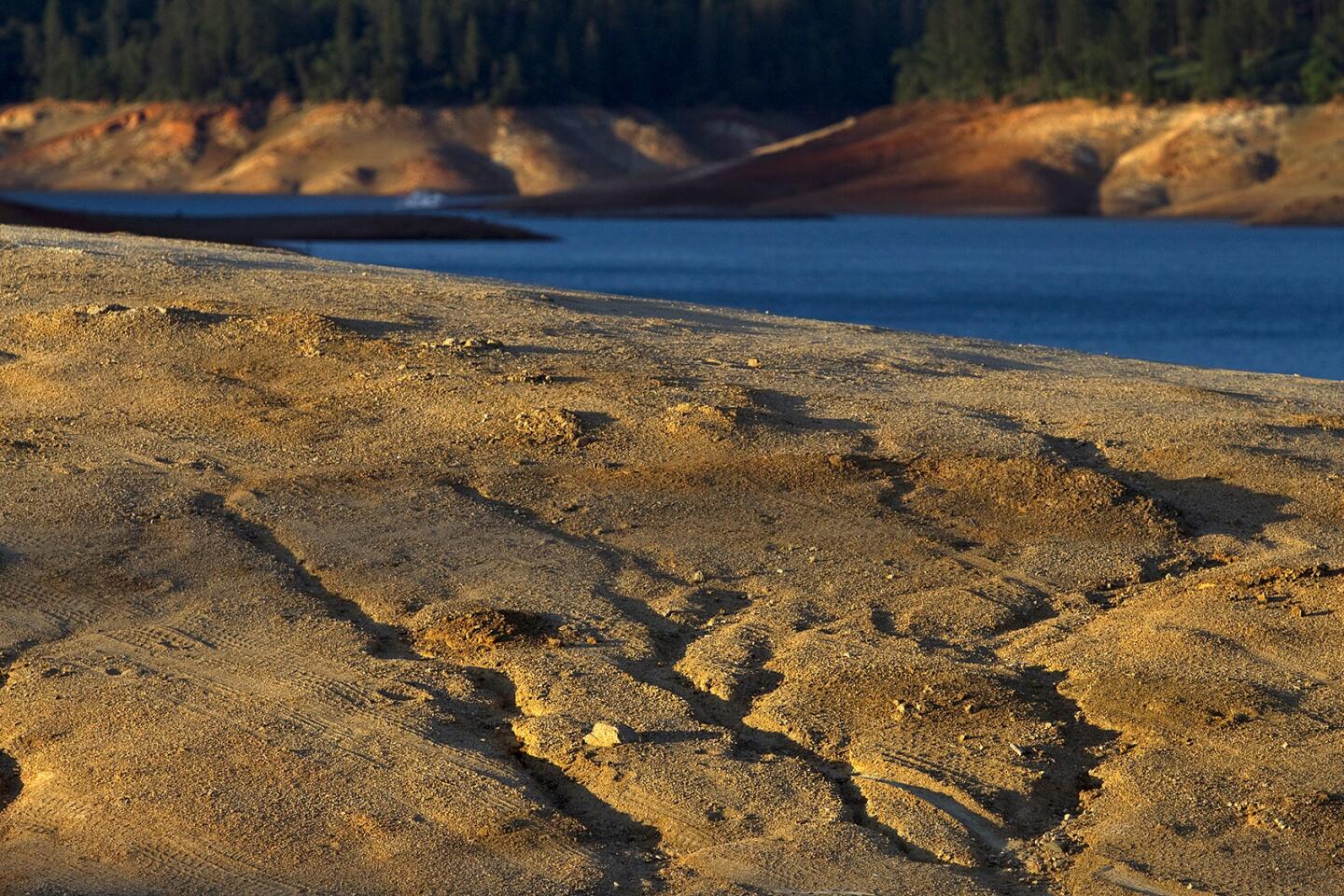
Dry ruts in a island reveal where the water level used to be at Lake Shasta due to serious drought conditions. Lake Shasta is at 31% of capacity due to the ongoing drought and is likely to get worse.
(Allen J. Schaben / Los Angeles Times)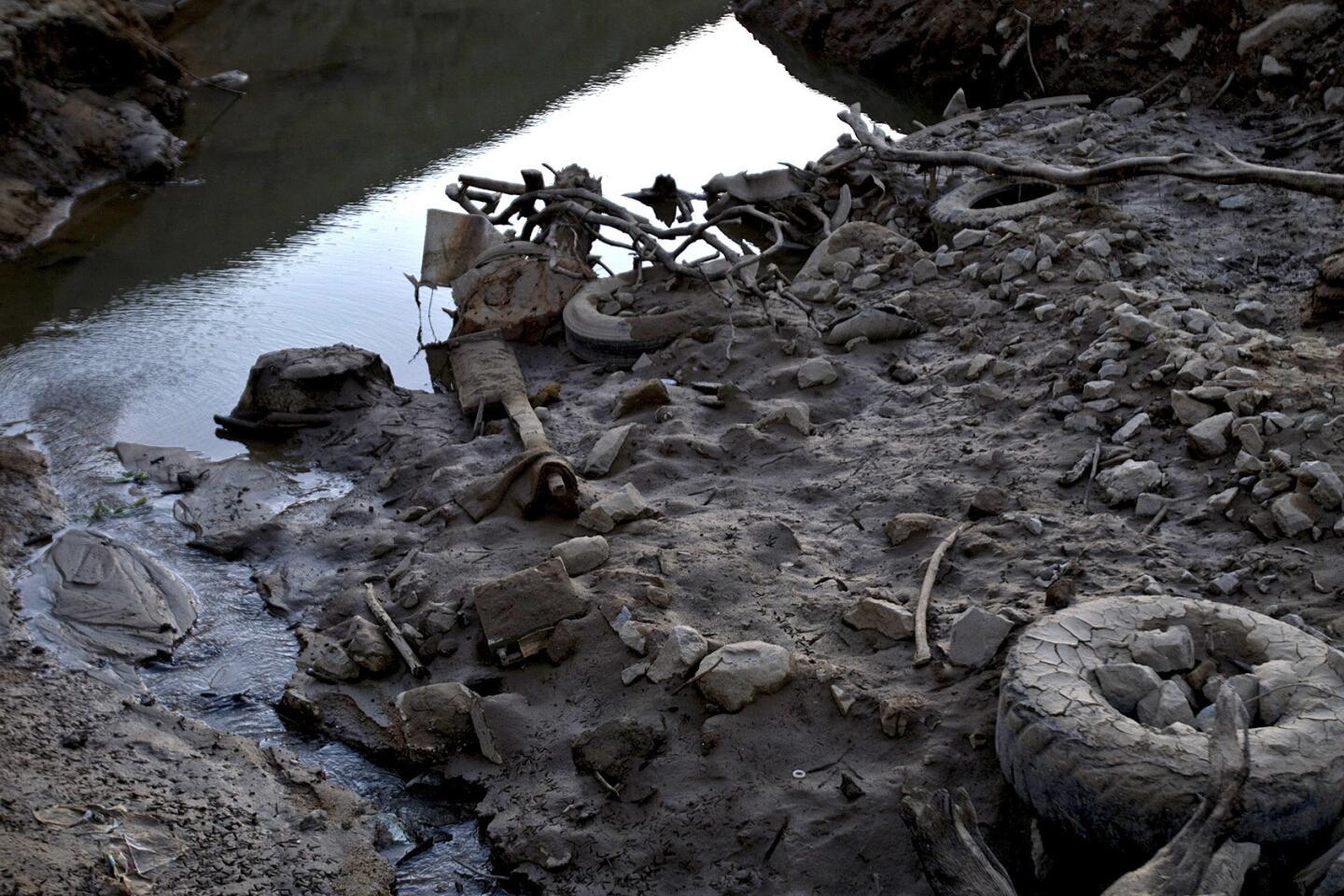
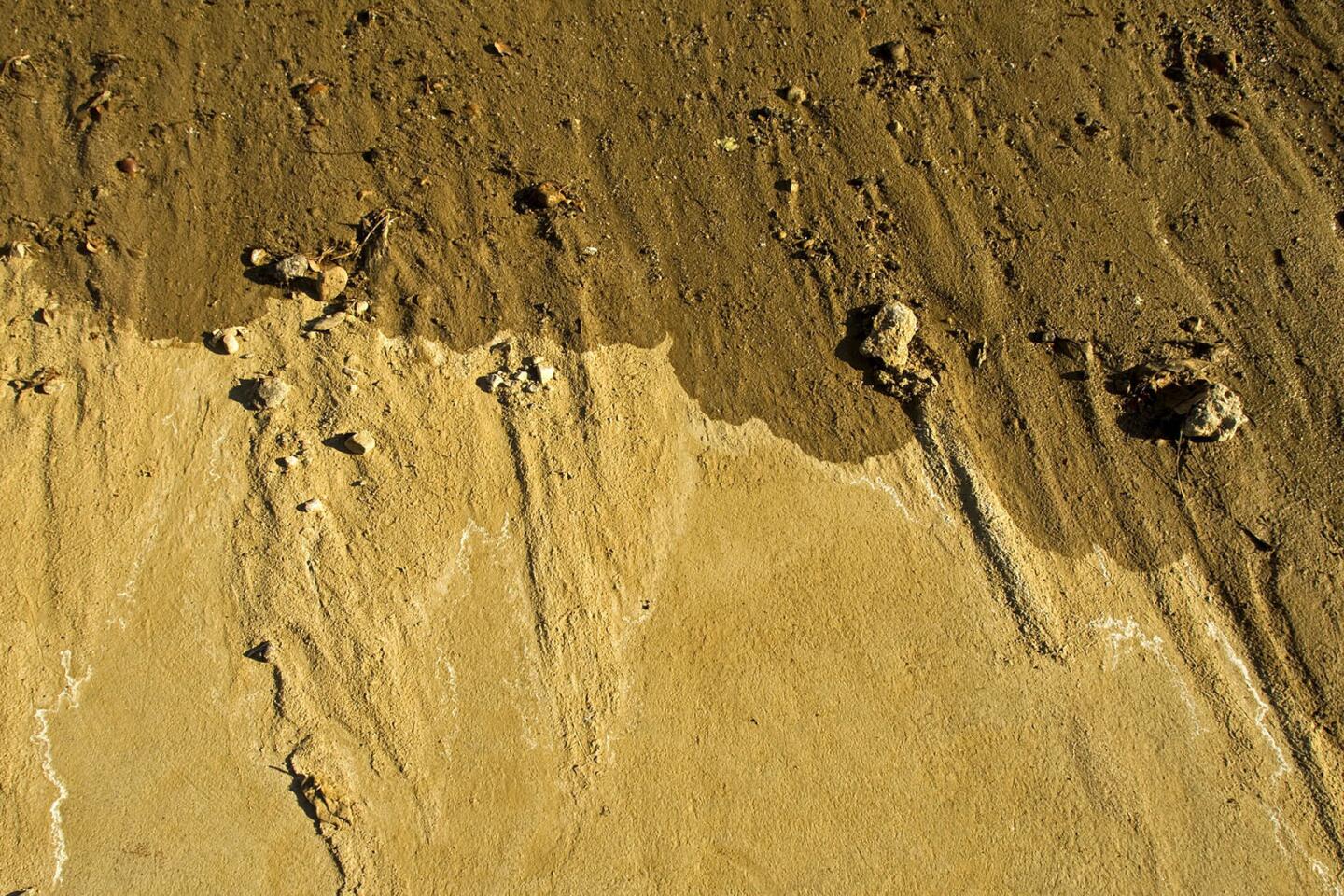
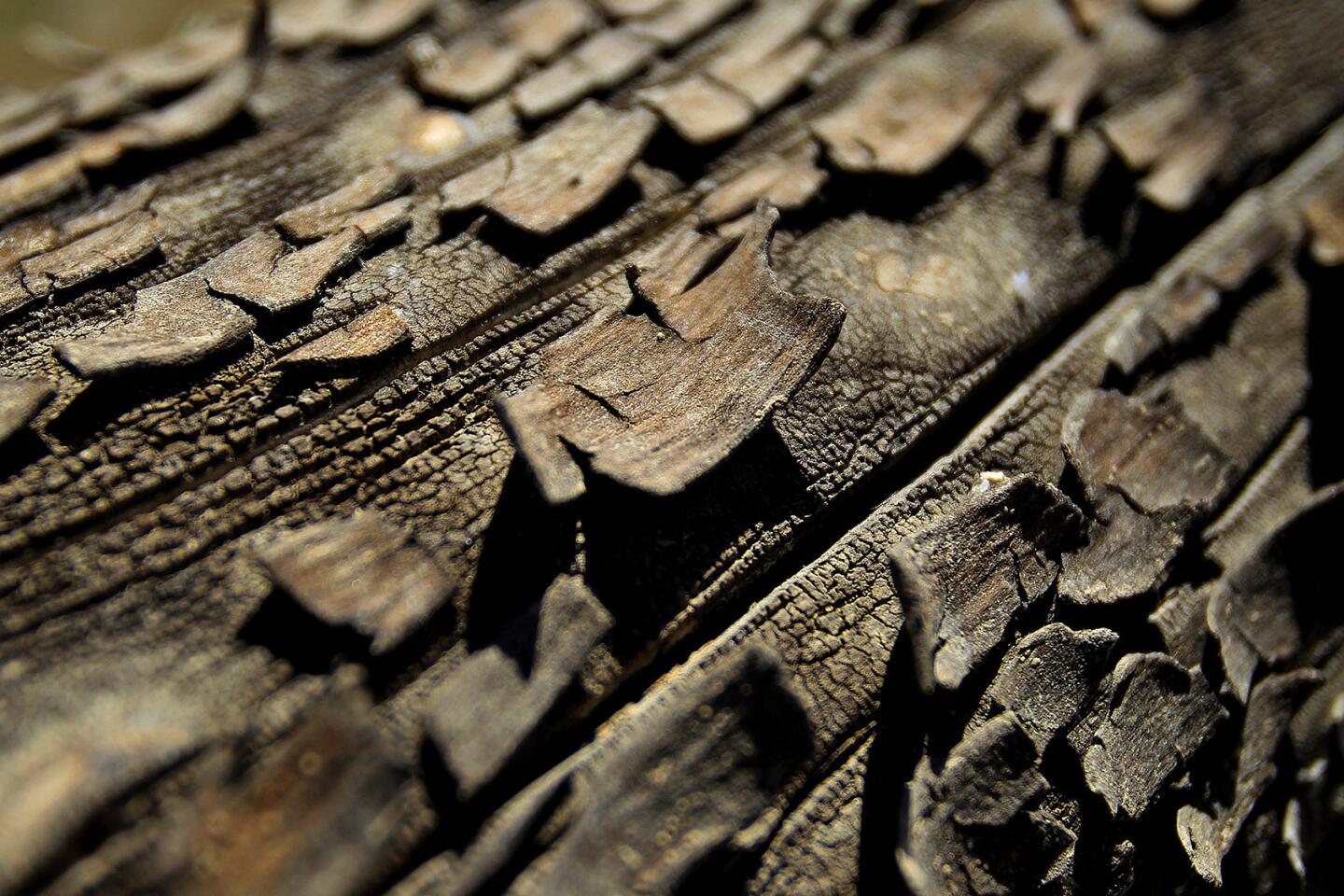
Severe drought conditions are evident as dried bark peels in the hot sun where water levels are down 160 feet from the high water mark at Lake Oroville June 21, 2014. Officials say Lake Oroville is at 43% capacity and likely to get worse, but is not as bad as the drought of 1976-77.
(Allen J. Schaben / Los Angeles Times)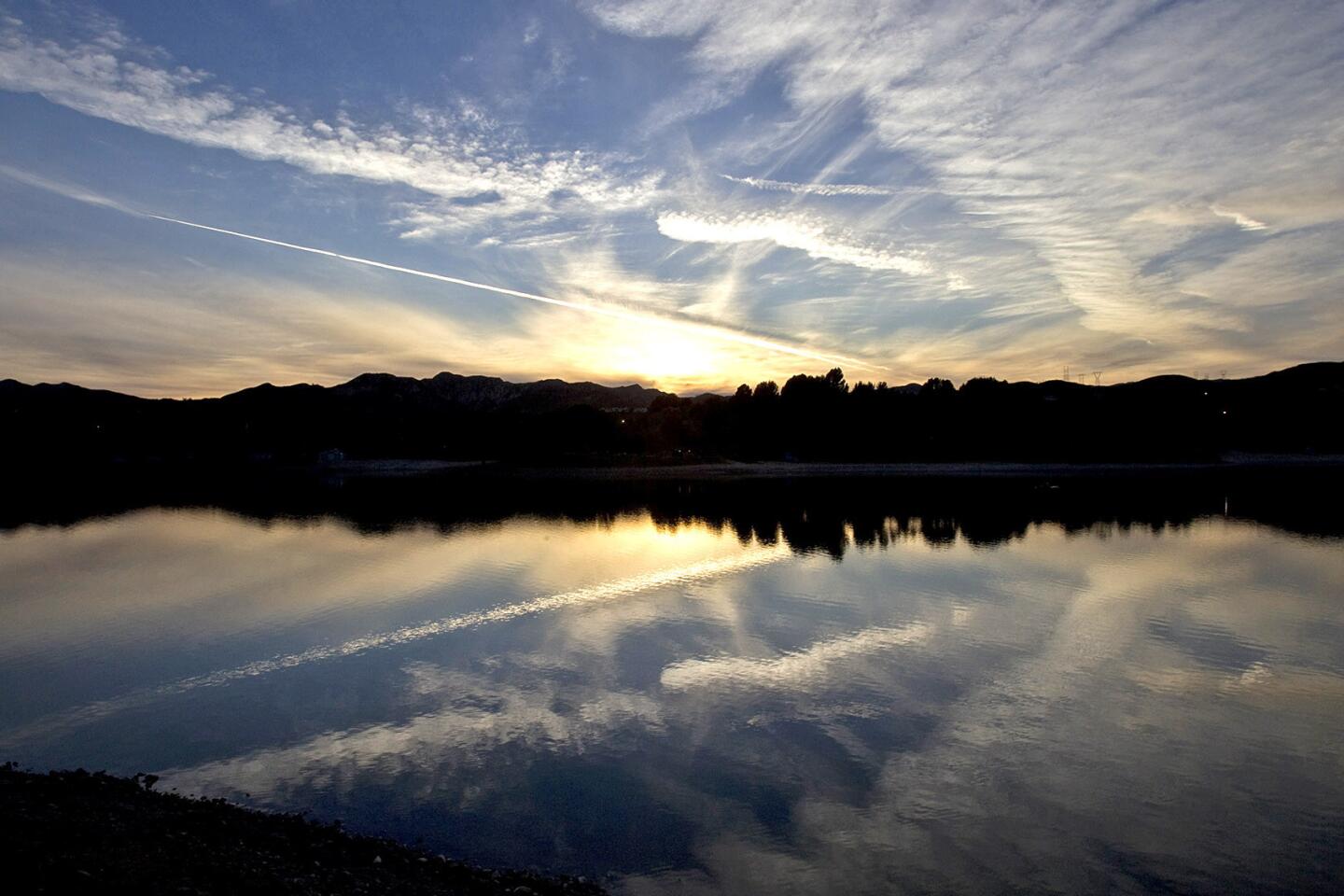

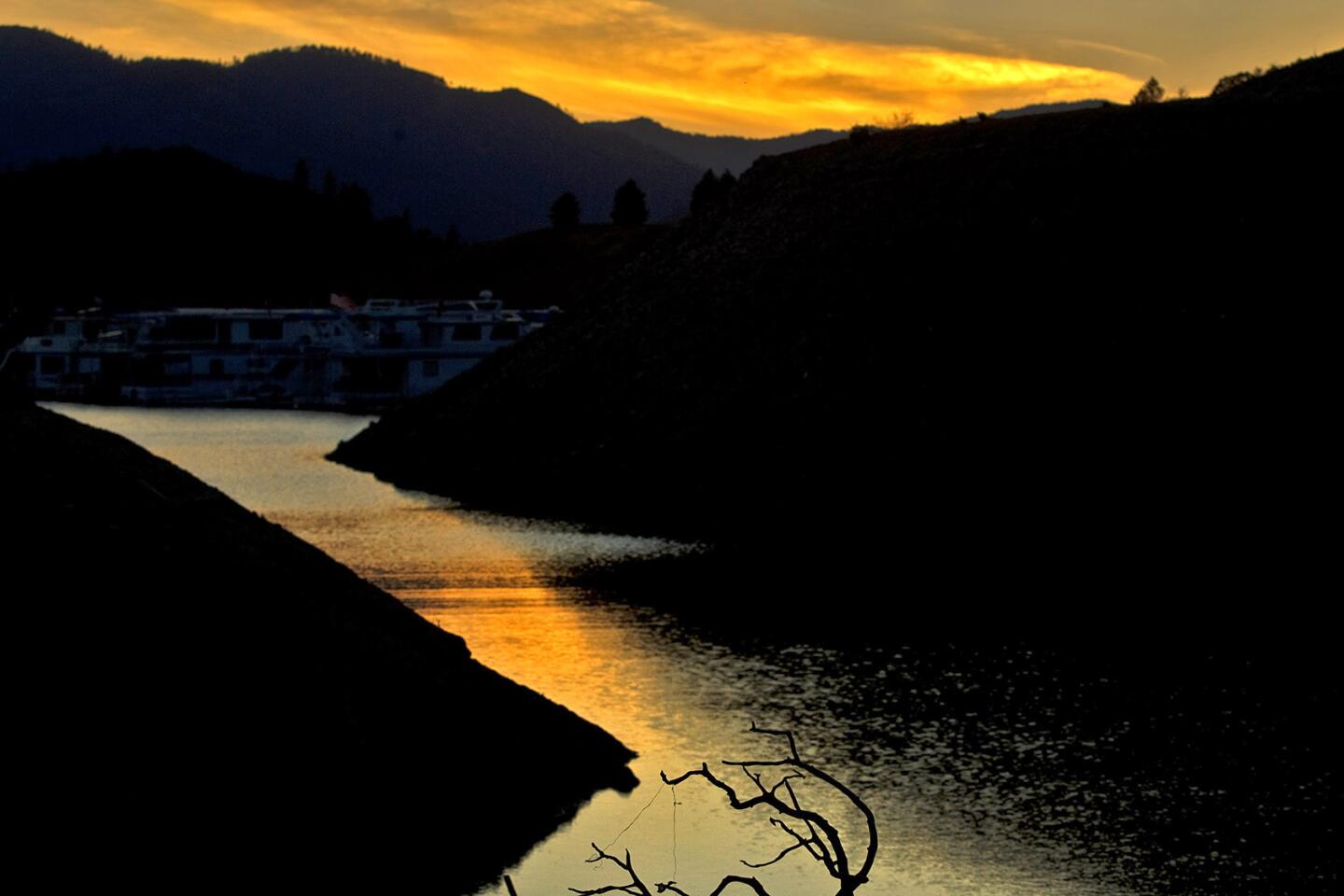
Fallen tree branches and a narrow body of water receding into Lake Shasta at dusk reveal signs of serious drought conditions June 22, 2014. Lake Shasta is at 37% of capacity due to the ongoing drought and is likely to get worse.
(Allen J. Schaben / Los Angeles Times)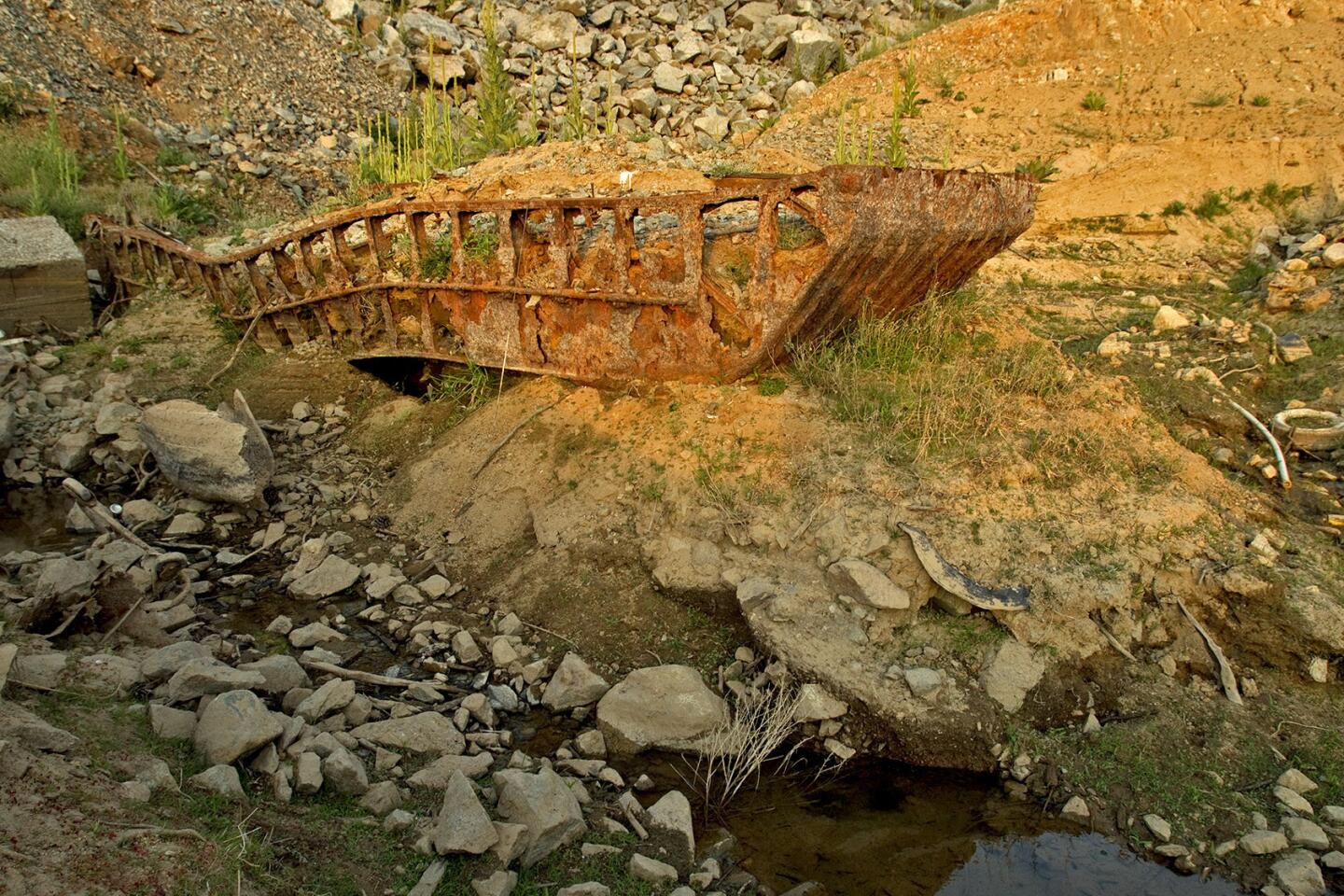
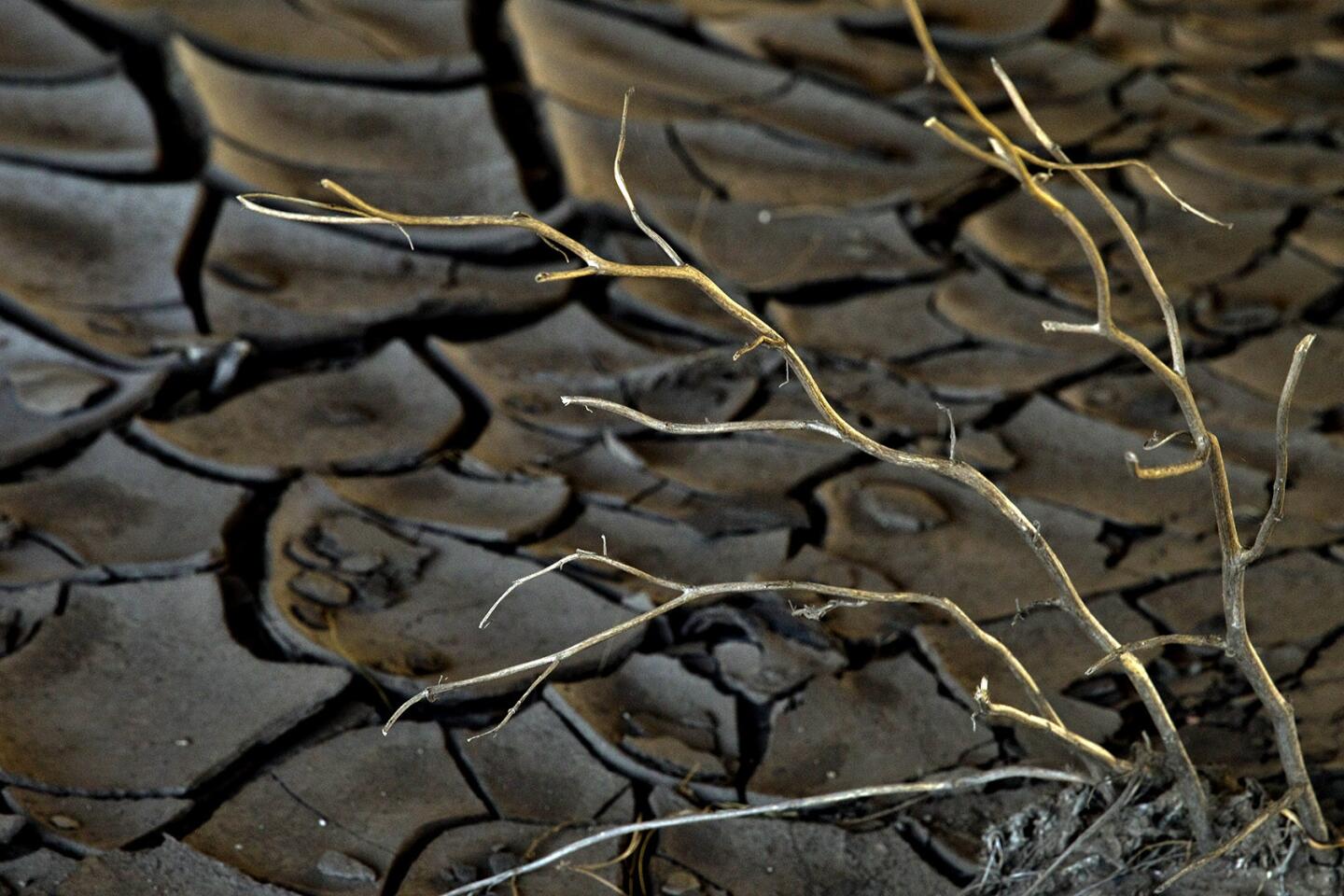
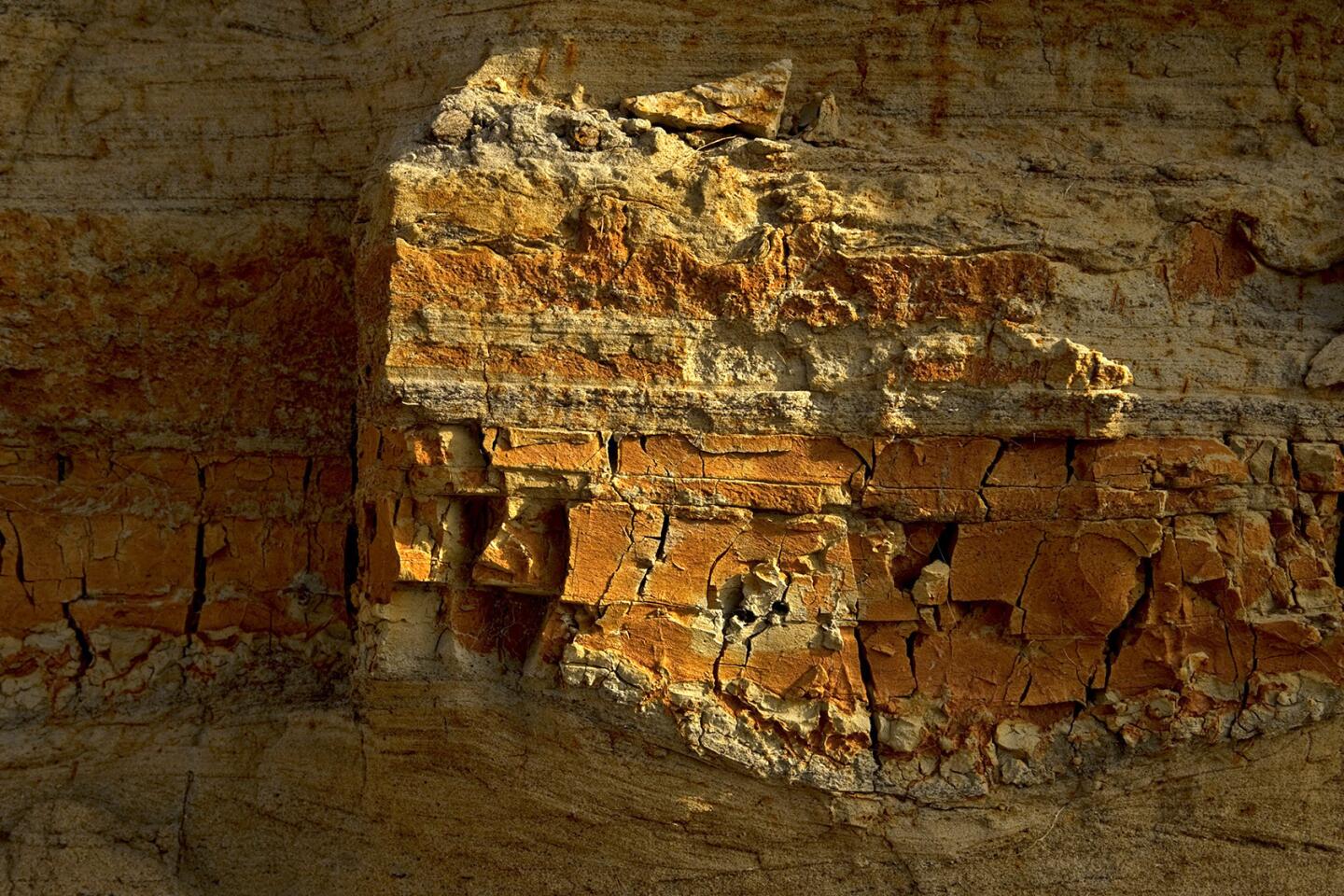
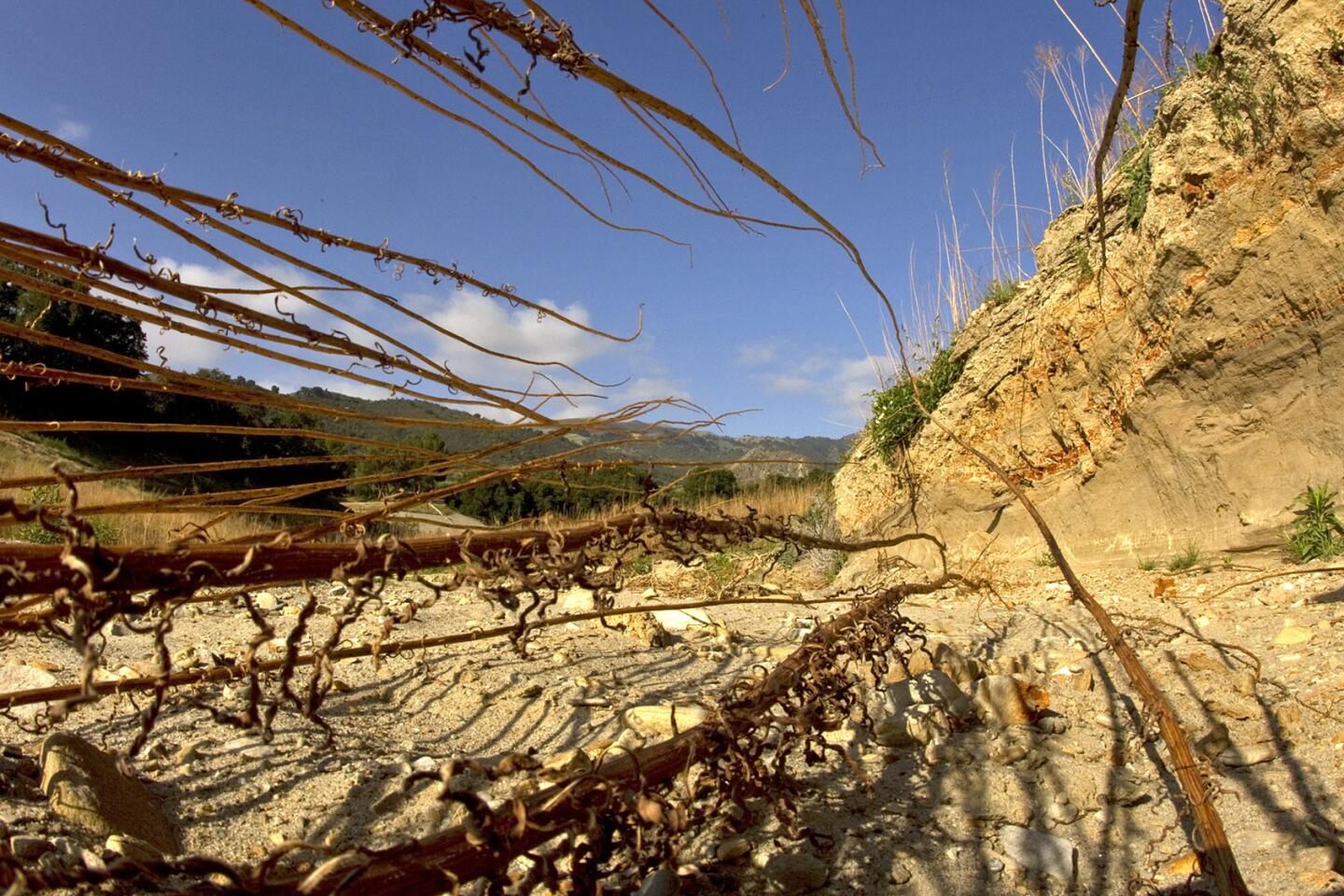

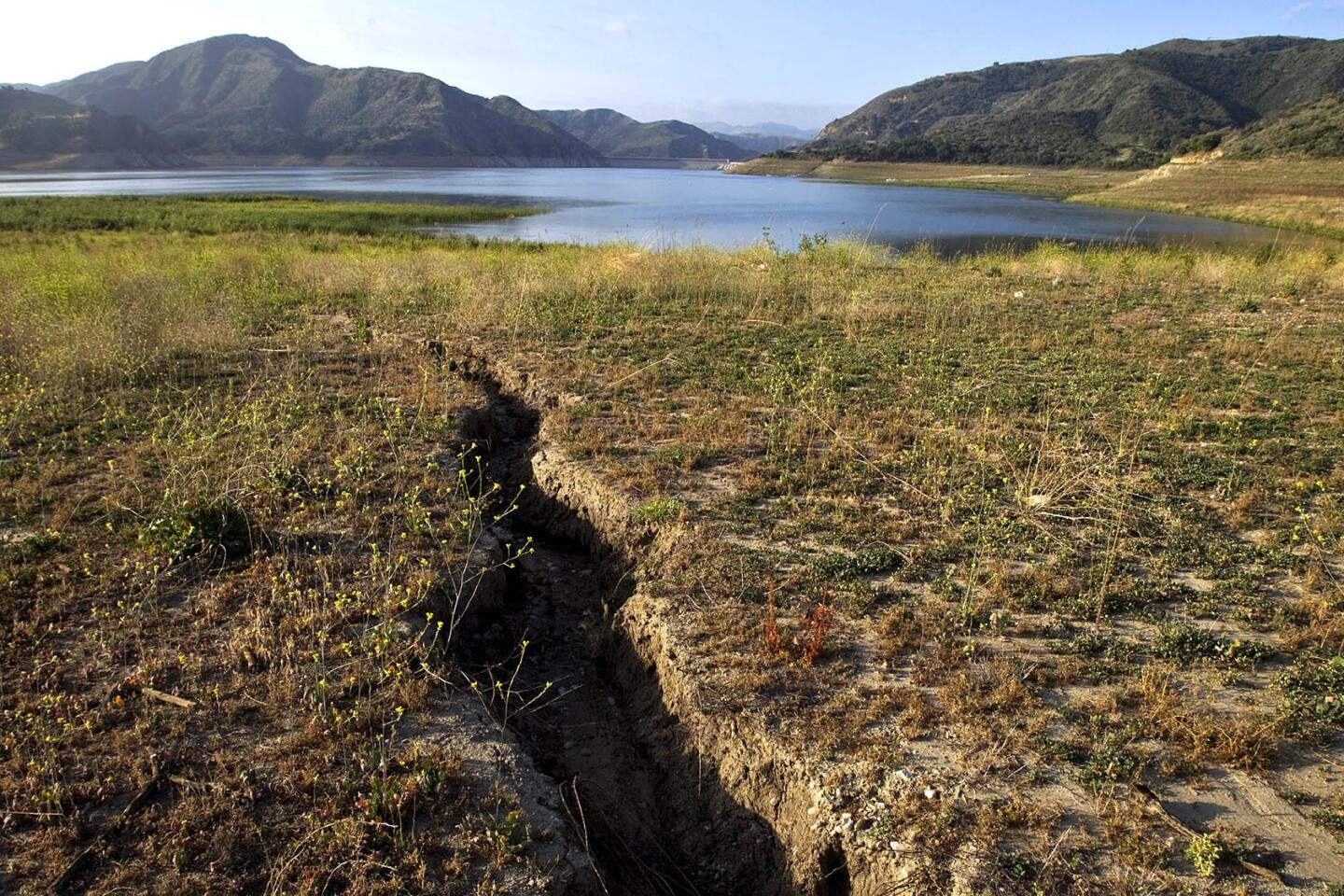
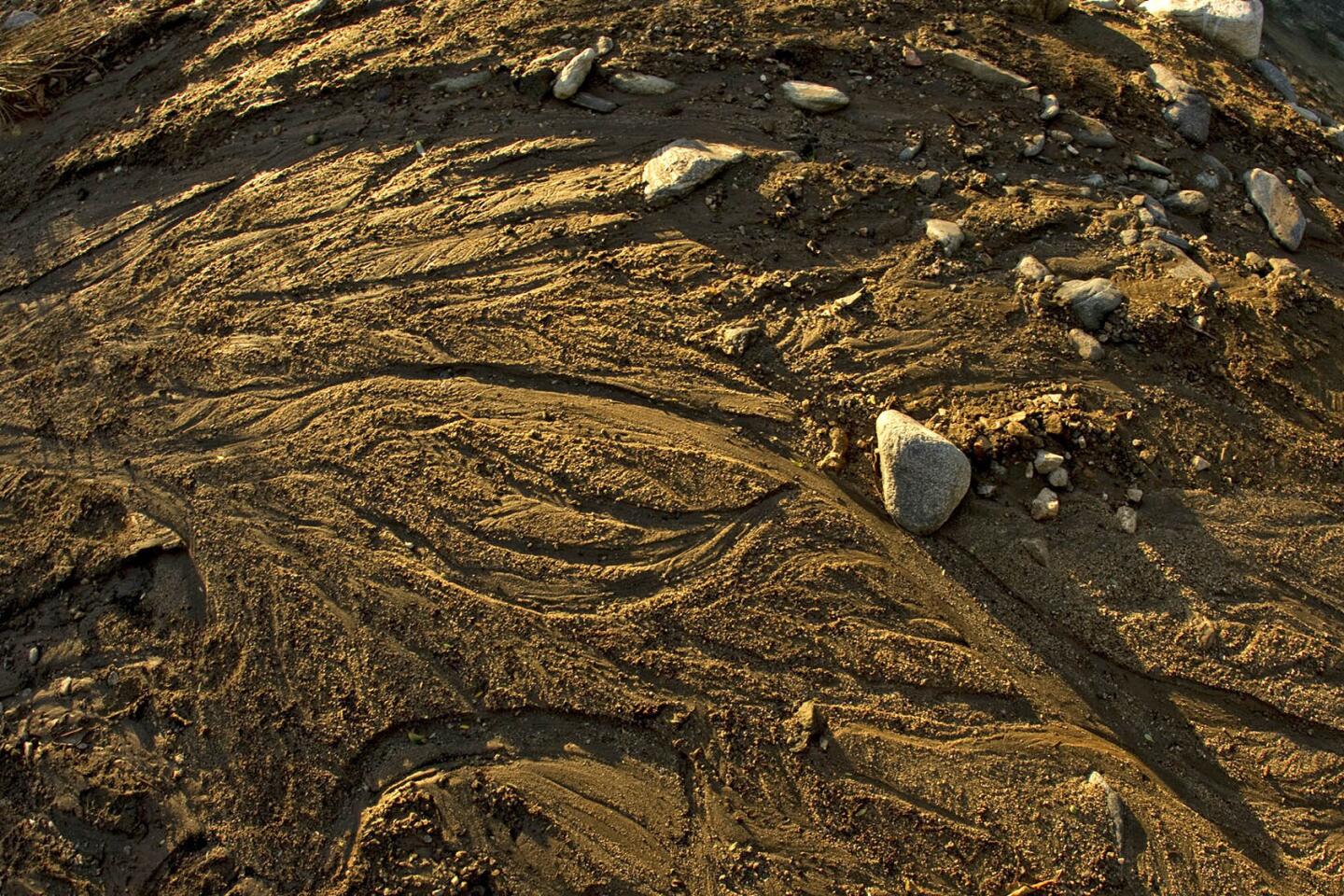

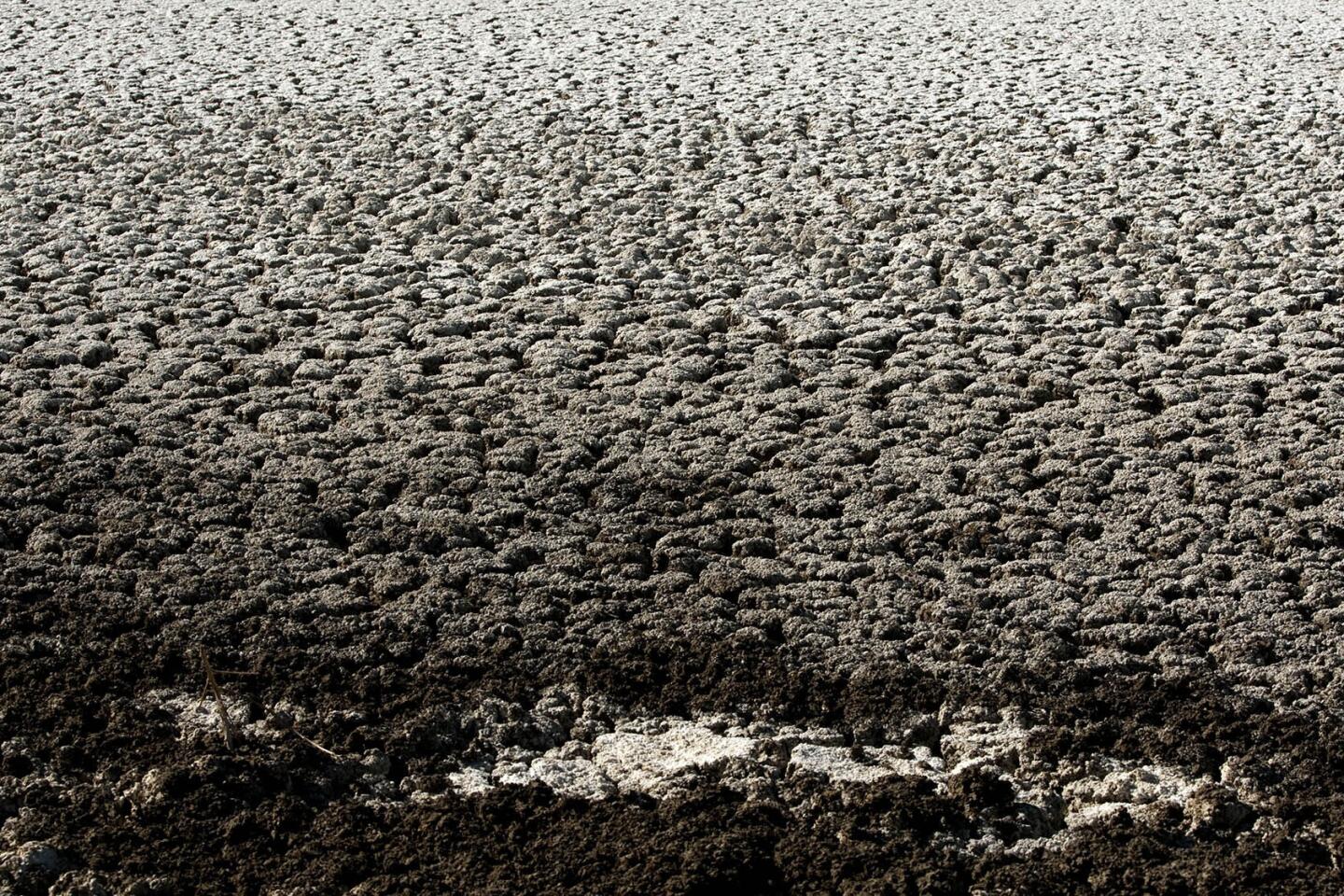
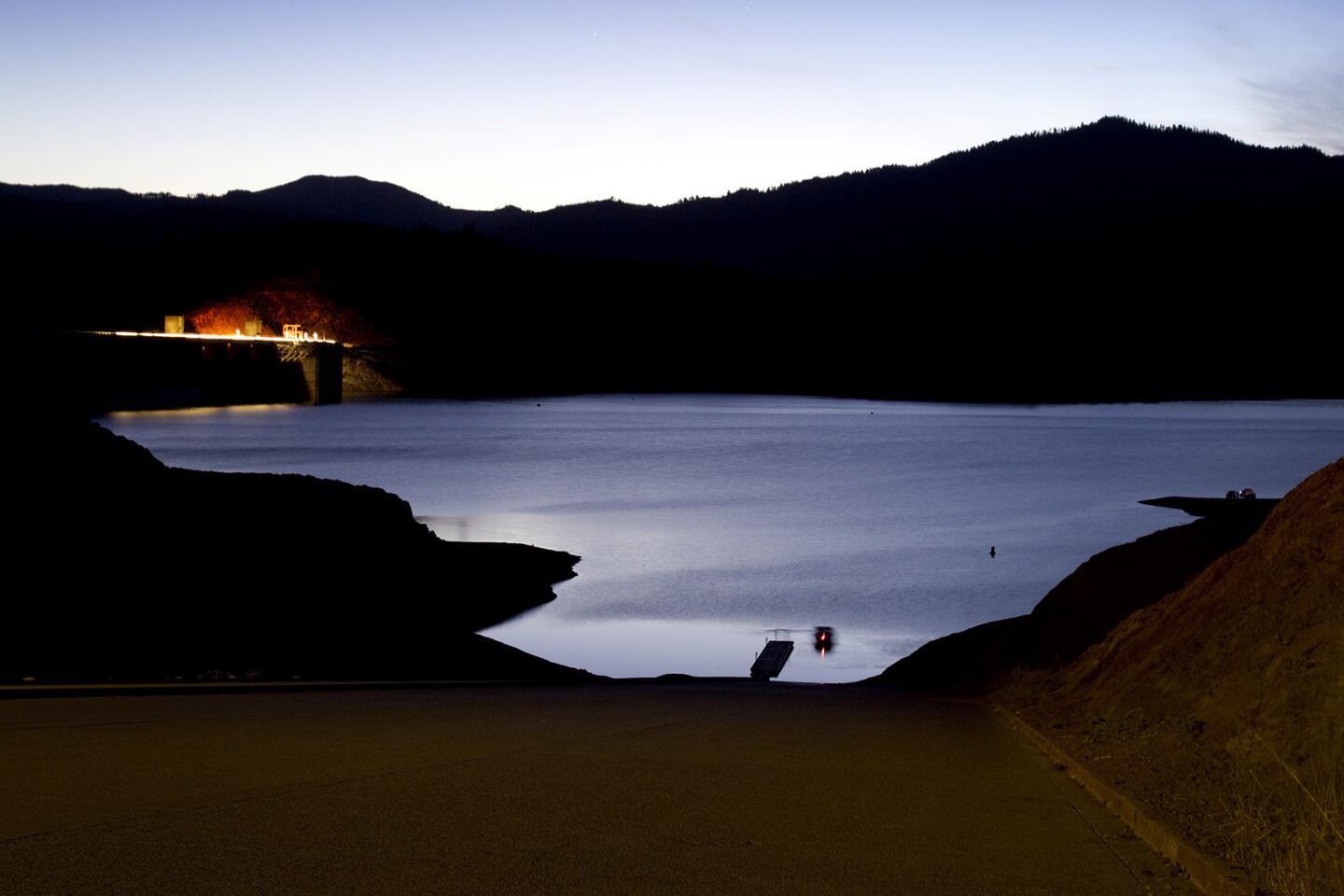

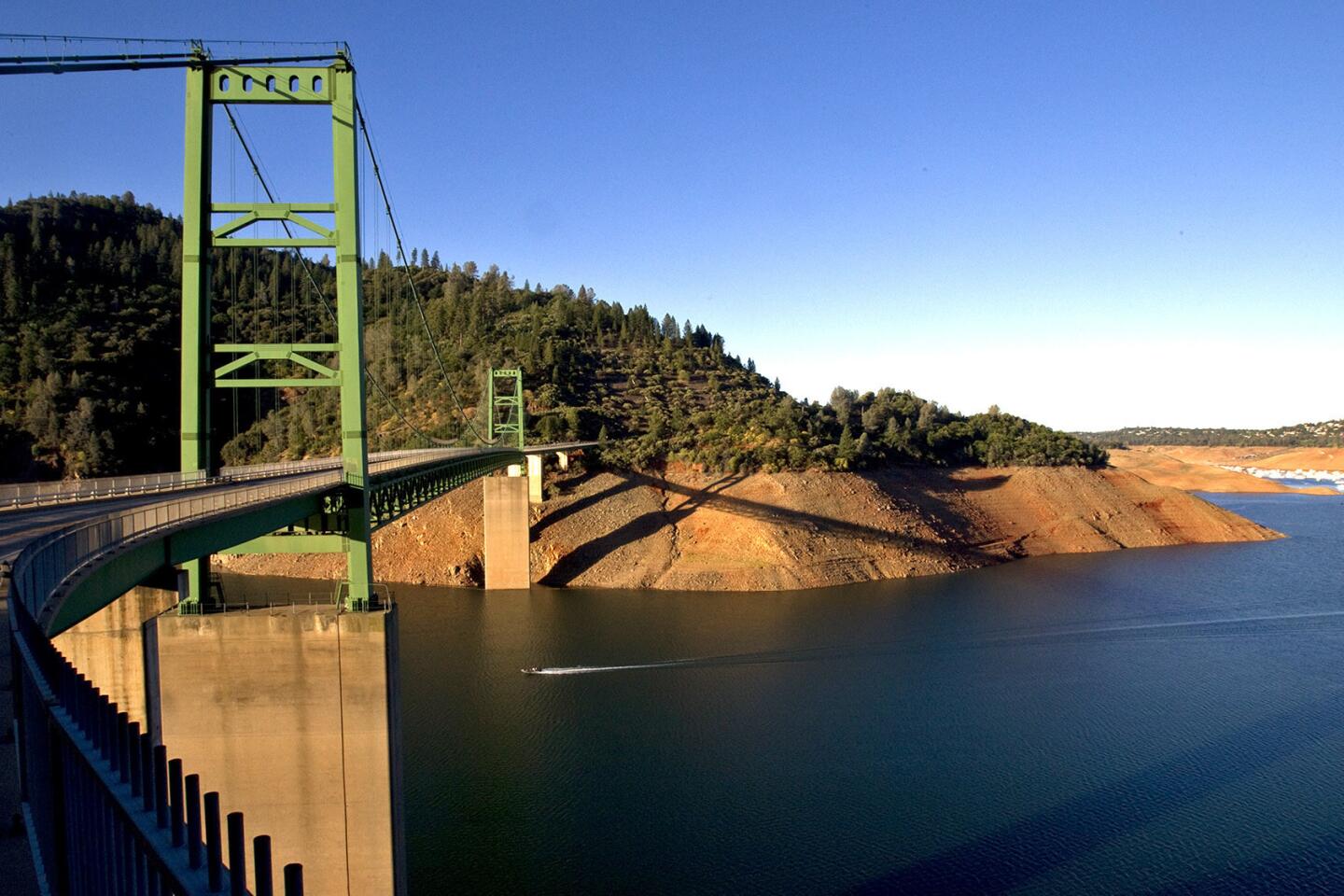
A boater speeds under the New Bidwell Bar Suspension Bridge as severe drought conditions show the water down 160 feet from the high water mark at Lake Oroville on June 21, 2014. Officials say Lake Oroville is at 43% capacity and is likely to get worse, but is not as bad as the drought of 1976-77.
(Allen J. Schaben / Los Angeles Times)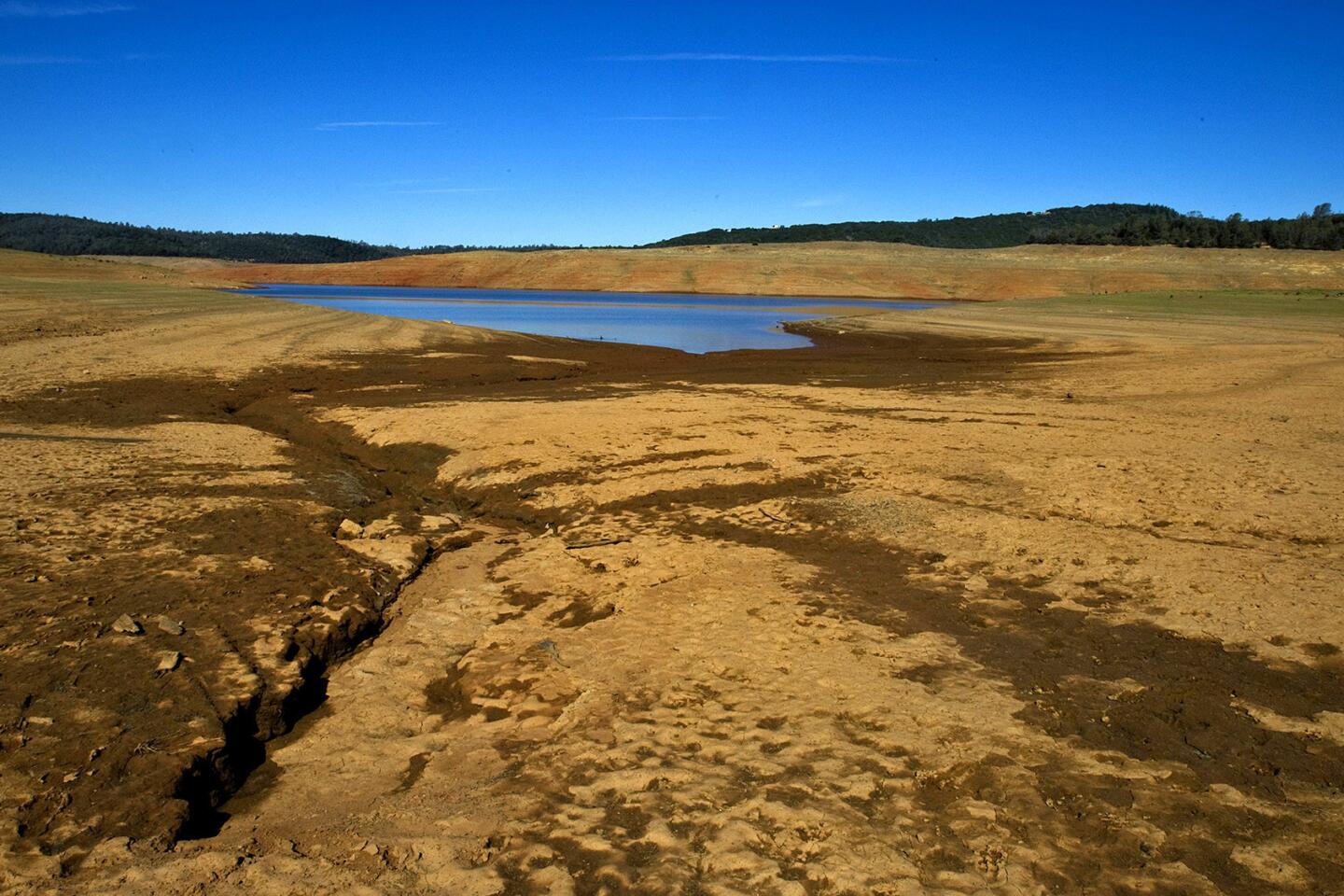
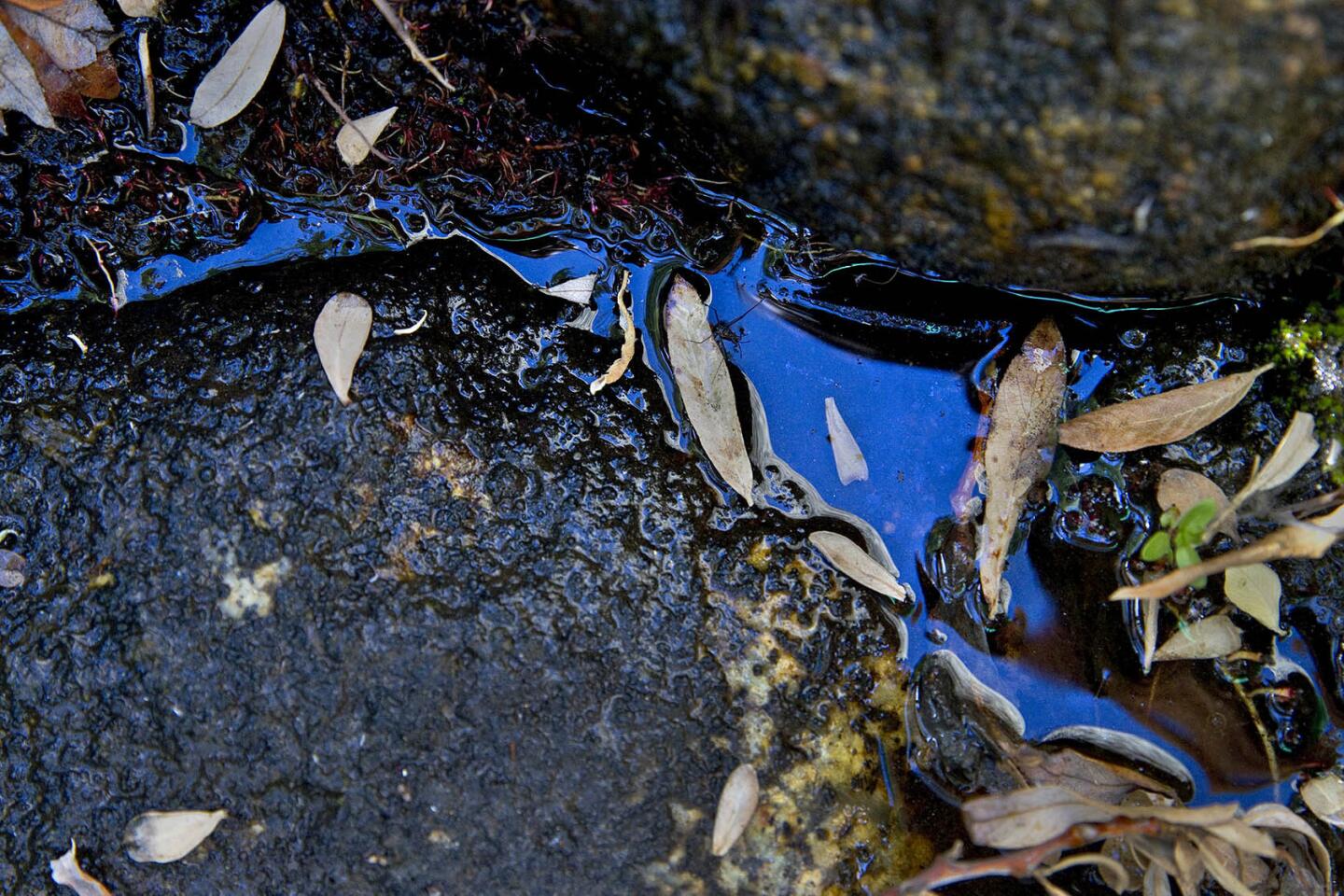
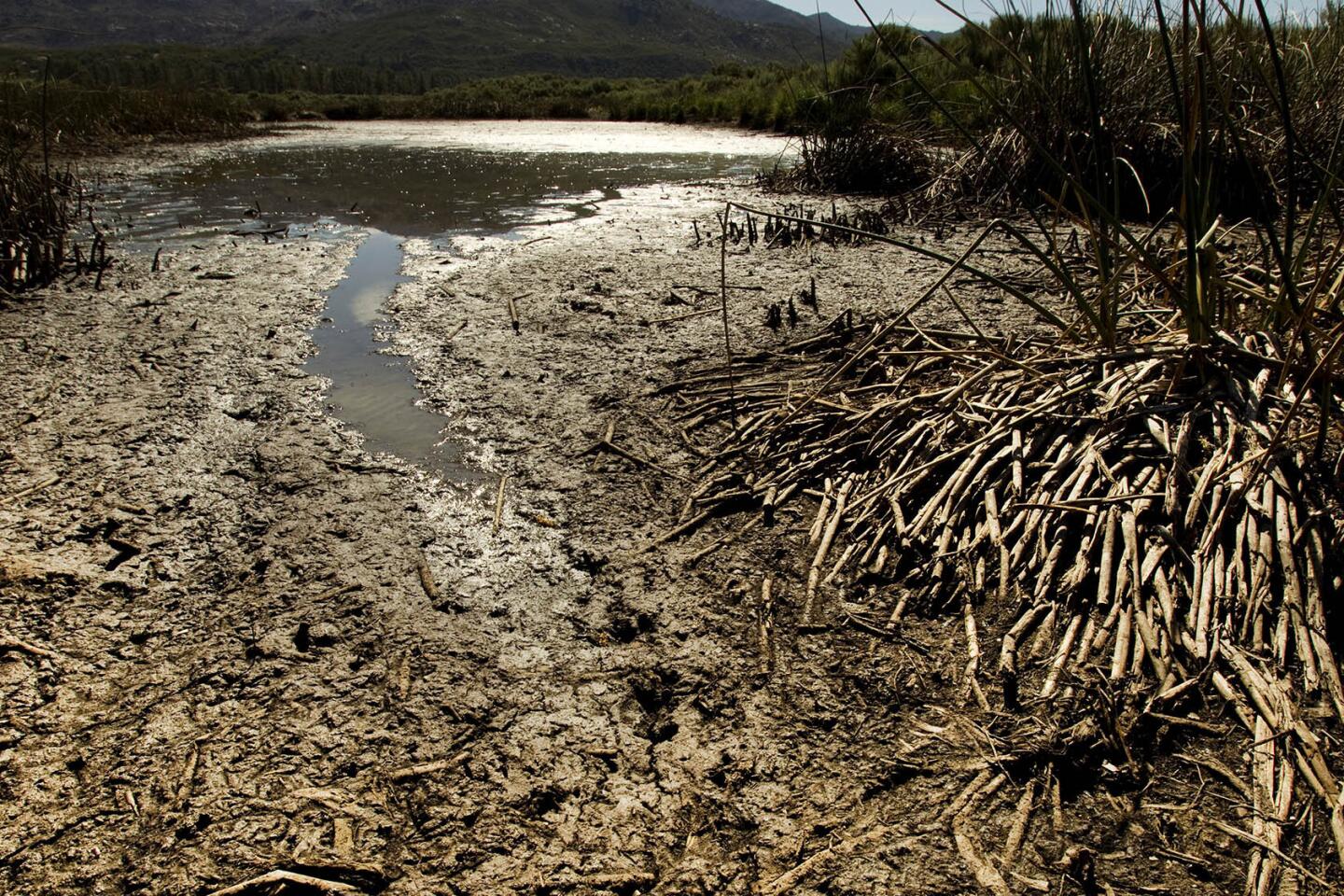
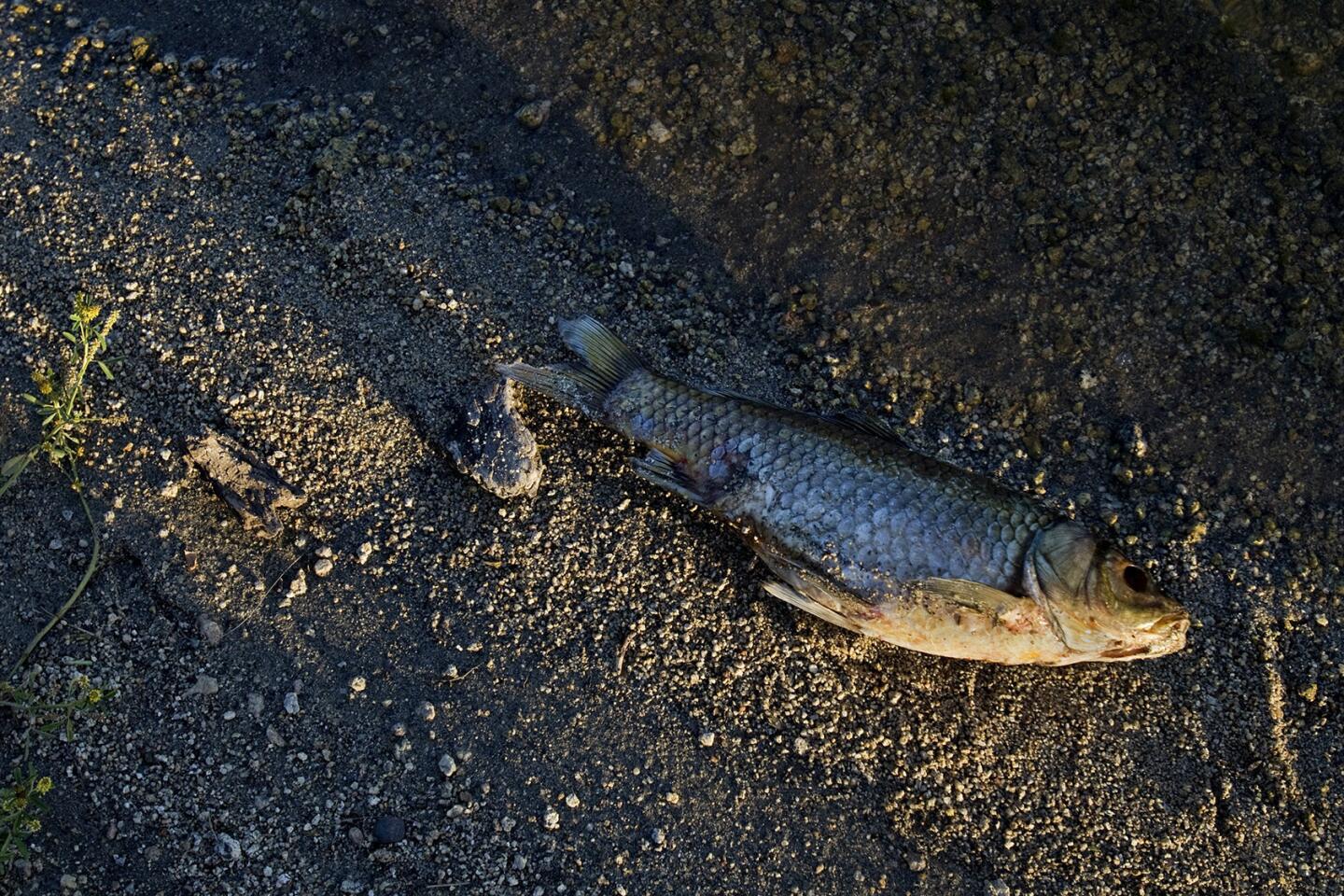
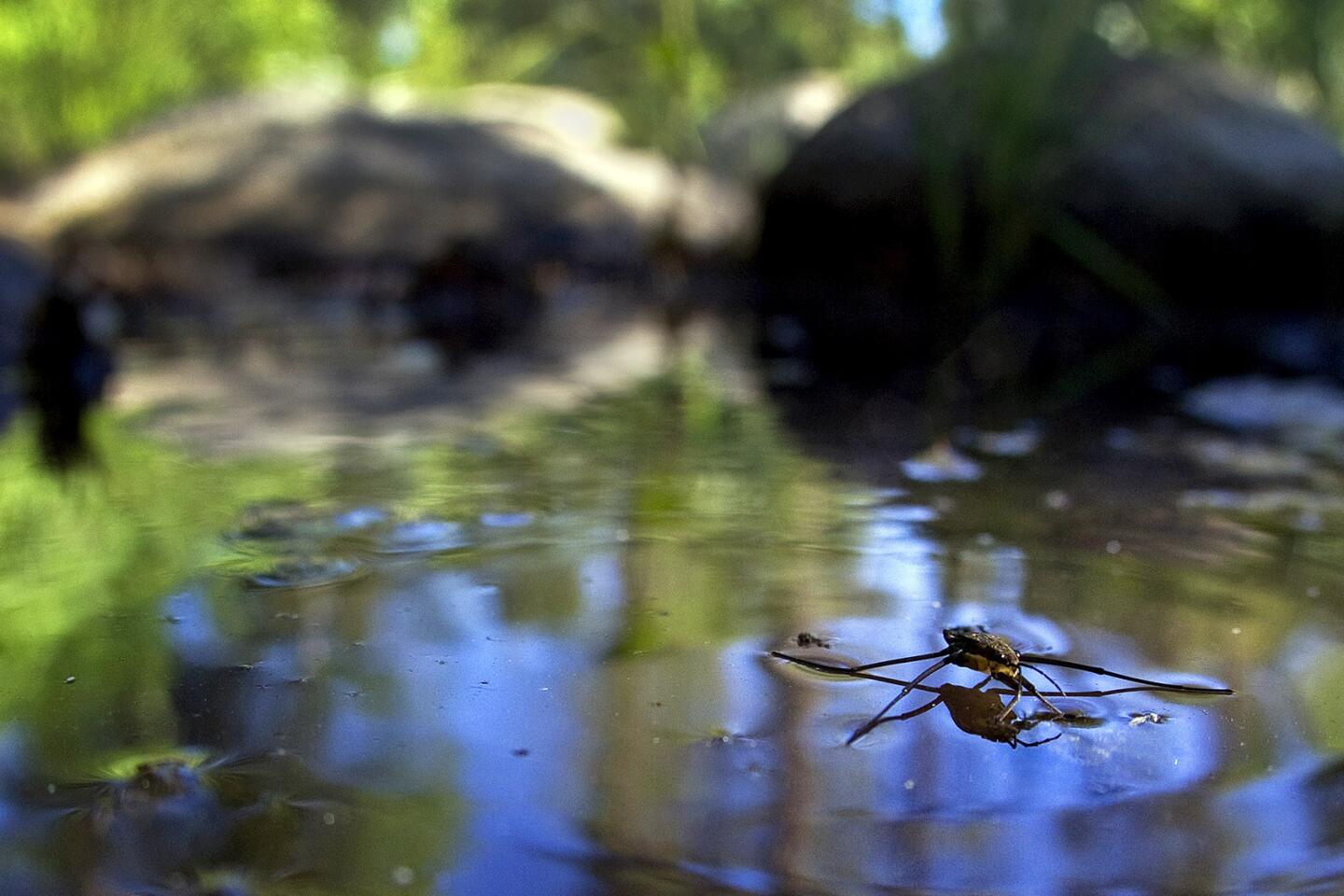
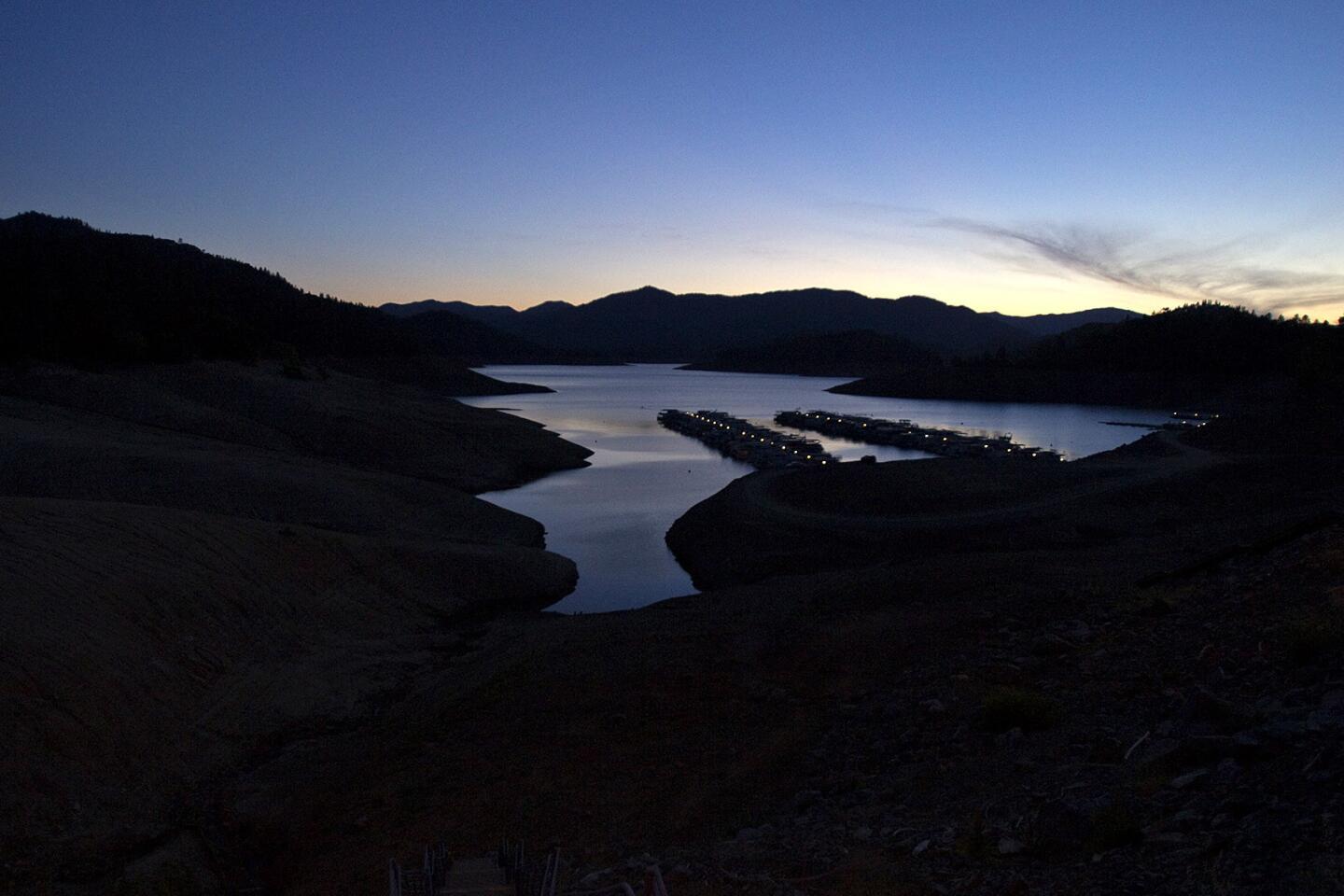

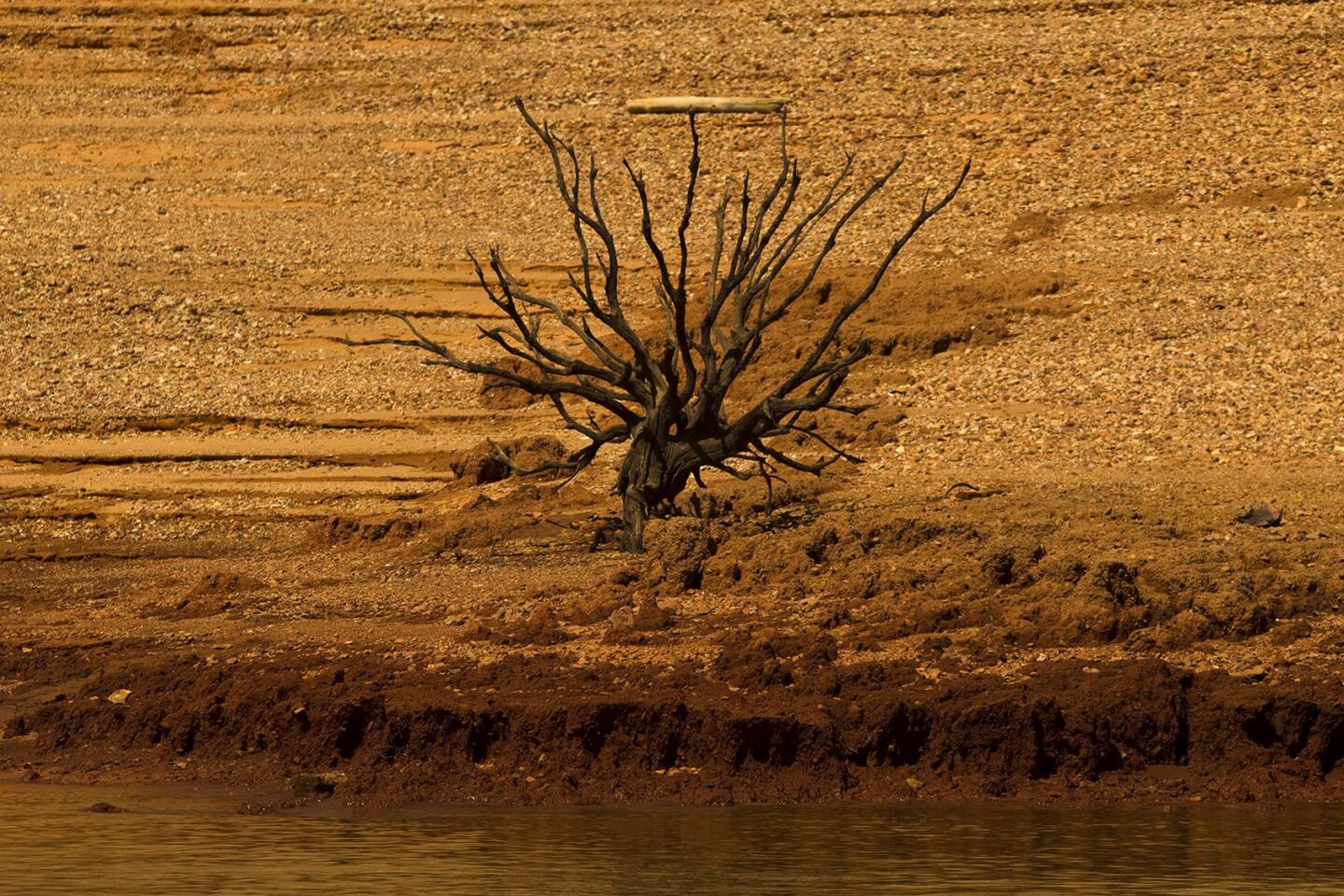
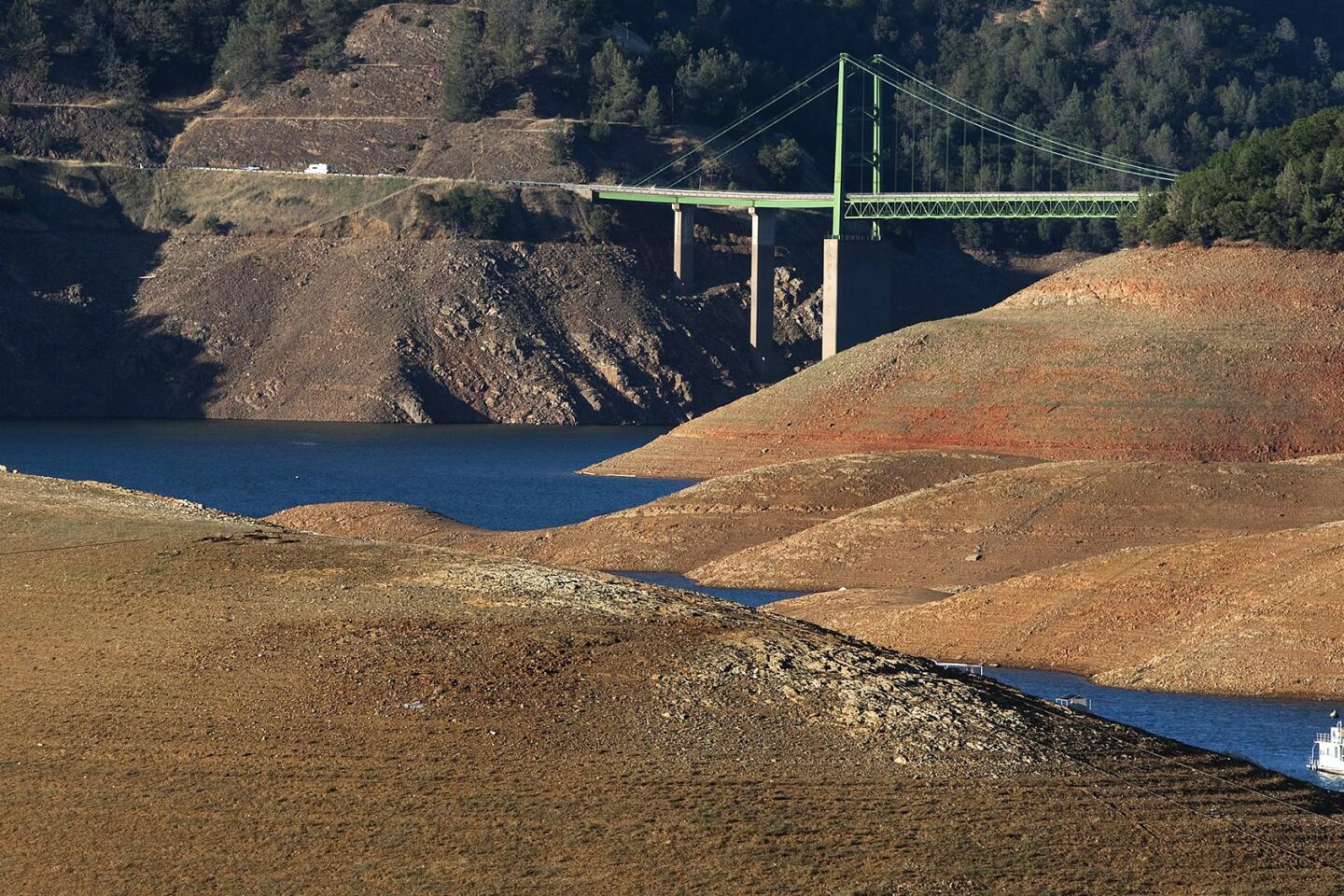
Severe drought conditions are evident as a lone houseboat is dwarfed by steep banks that show the water level down 160 feet from the high water mark at Lake Oroville on June 21, 2014. Receding water levels are revealing prehistoric and historic artifacts such as bedrock mortars and projectile points made by the Maidu people and remnants of placer and dredge mining that thrived here after John Bidwell discovered gold in 1848.
(Allen J. Schaben / Los Angeles Times)This year is on track to be the warmest year on record for California — and the entire planet — according to a new report.
Temperatures in California for the first 10 months of the year averaged 4.2 degrees above the state’s 20th century average, according to the report released Thursday by the National Climatic Data Center.
A new record for the warmest year in California history is a virtual certainty, the report said.
Average global temperatures for January through October, meanwhile, also surpassed records set in 1998 and 2010.
In the midst of the warming trend, California continues to struggle with its severe drought.
Eric Luebehusen, a meterologist with the U.S. Department of Agriculture, said in the latest U.S. Drought Map, released Thursday, that “the 2014-15 Water Year has afforded little — if any — drought relief to California.”
Rainfall in Central and Northern California over the the last week fell short of normal rain totals, he said. The totals also “did nothing to offset the impacts of the ongoing three-year drought,” Luebehusen said.
As the water rain year began Oct. 1, California was off to an “abysmal start” with snowpack levels in the Sierra Nevada short of normal, he said.
In Southern California, Santa Ana winds have only intensified the region’s dry conditions.
Exceptional drought conditions — the most extreme classification — recently improved throughout California, experienced by 55.08% of the state compared with 58.41% previously, but rainfall totals continue to run below average.
For breaking news throughout California, follow @VeronicaRochaLA.
Sign up for Essential California
The most important California stories and recommendations in your inbox every morning.
You may occasionally receive promotional content from the Los Angeles Times.
Veronica Rocha worked on the Metro desk and at L.A. Now covering breaking news in California. She joined the Los Angeles Times in 2014 and left in 2017.










